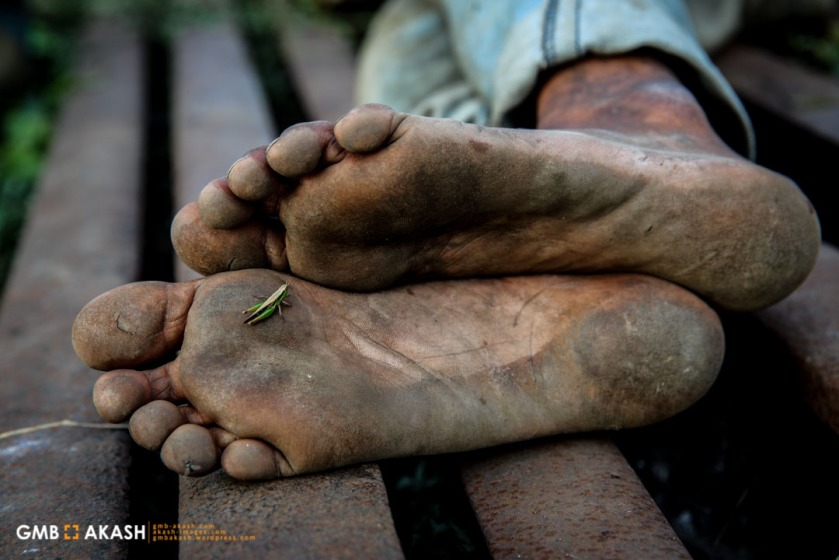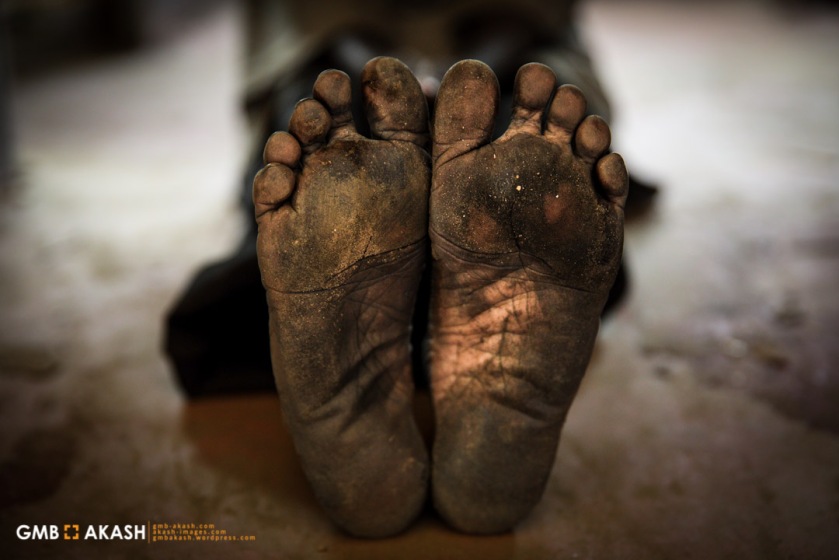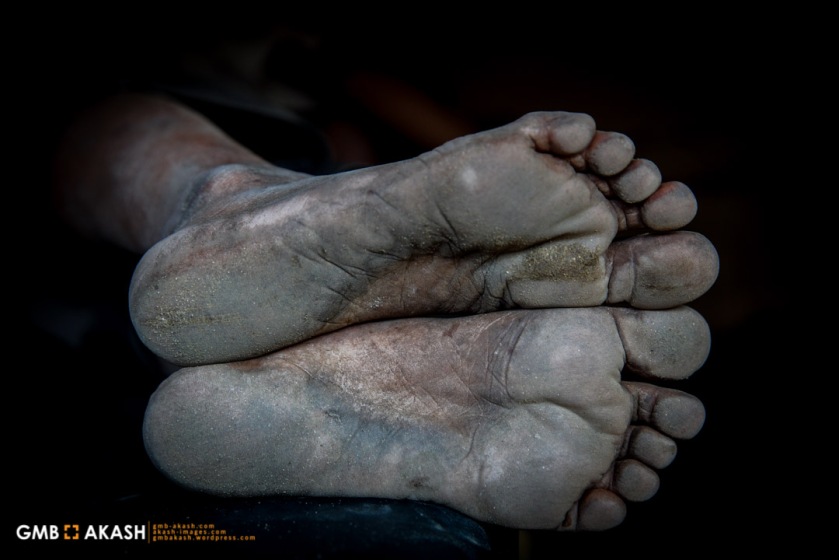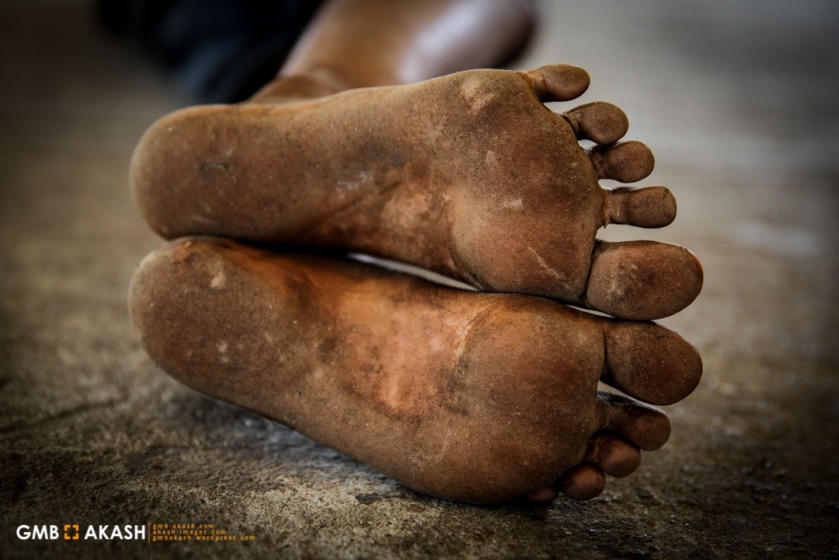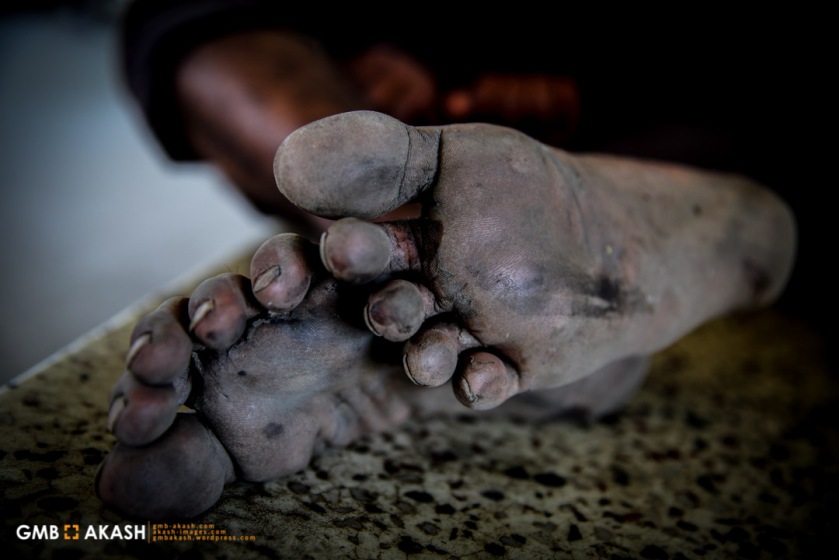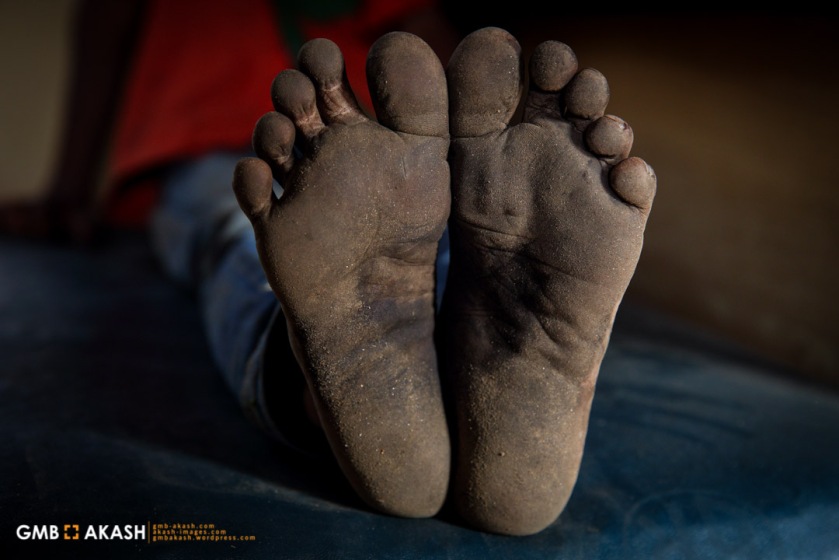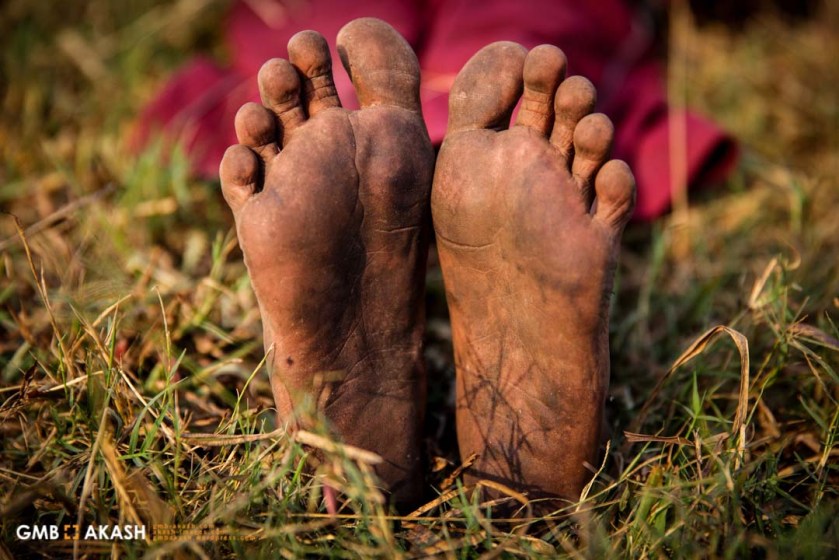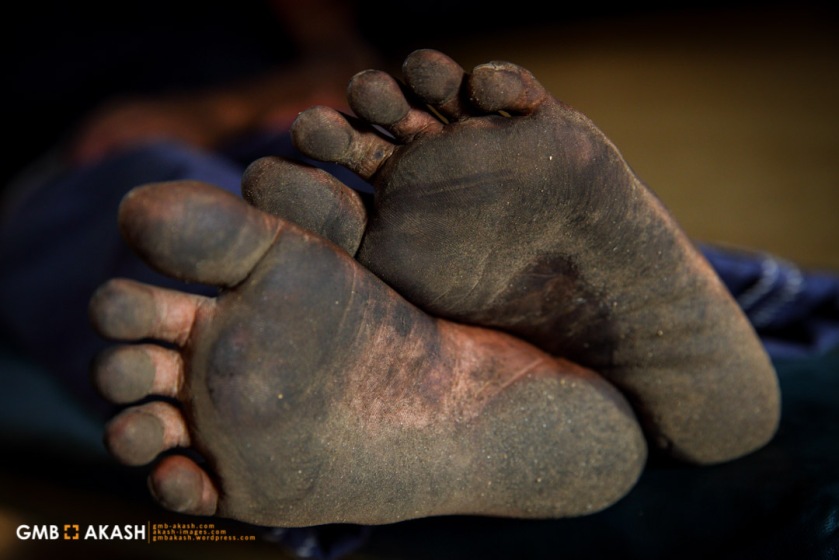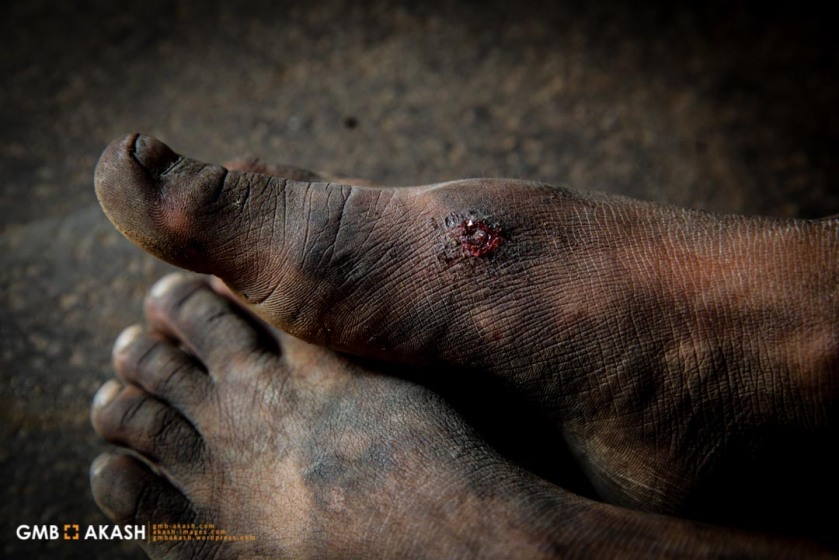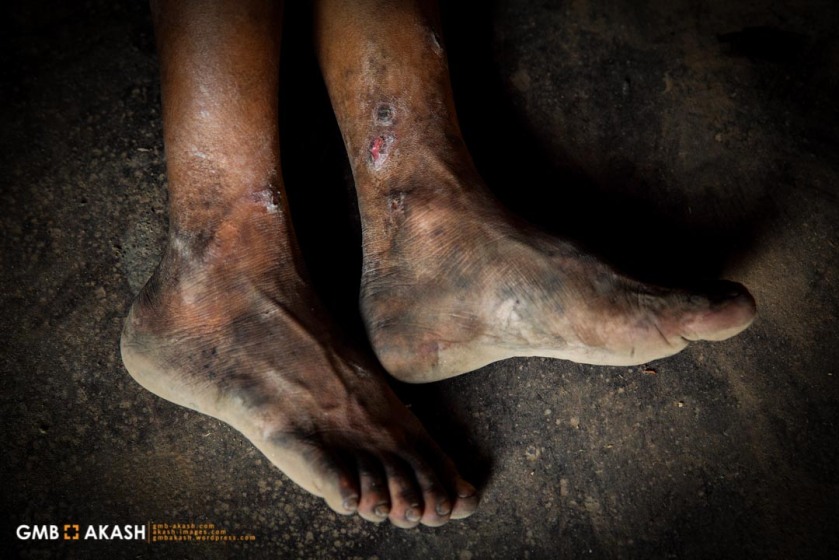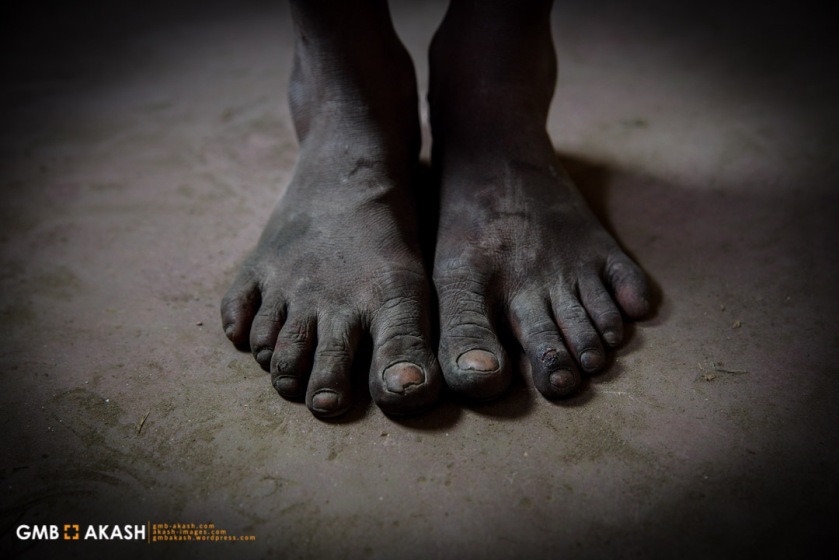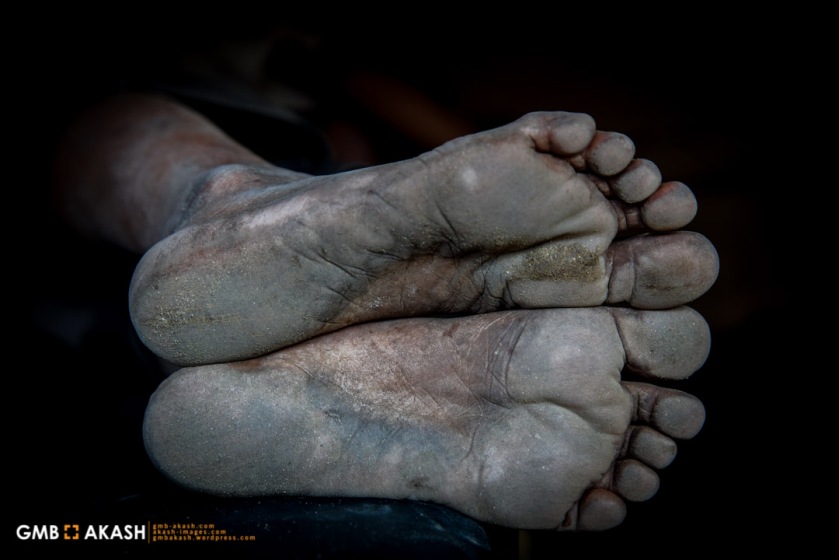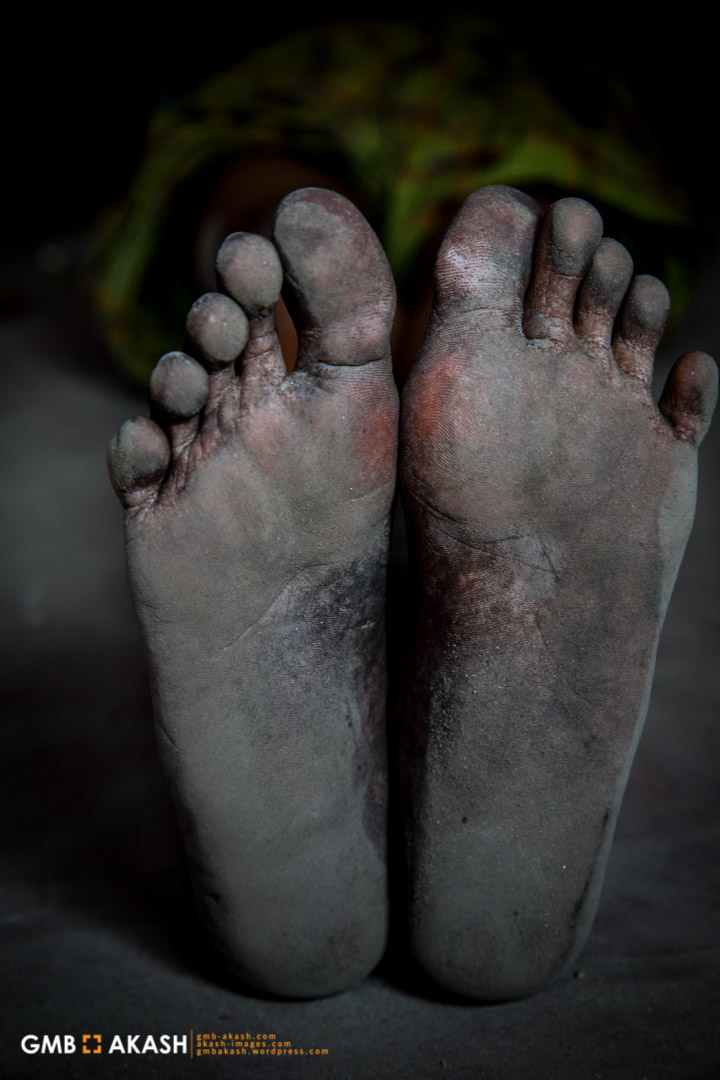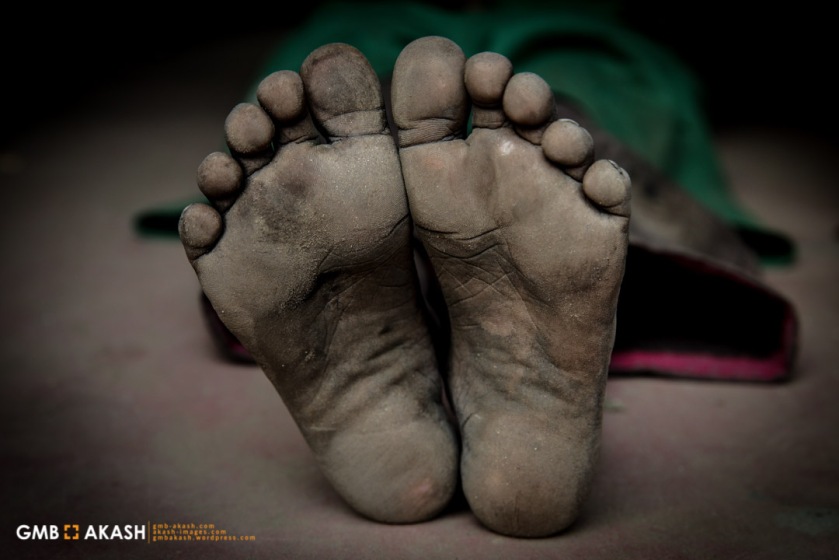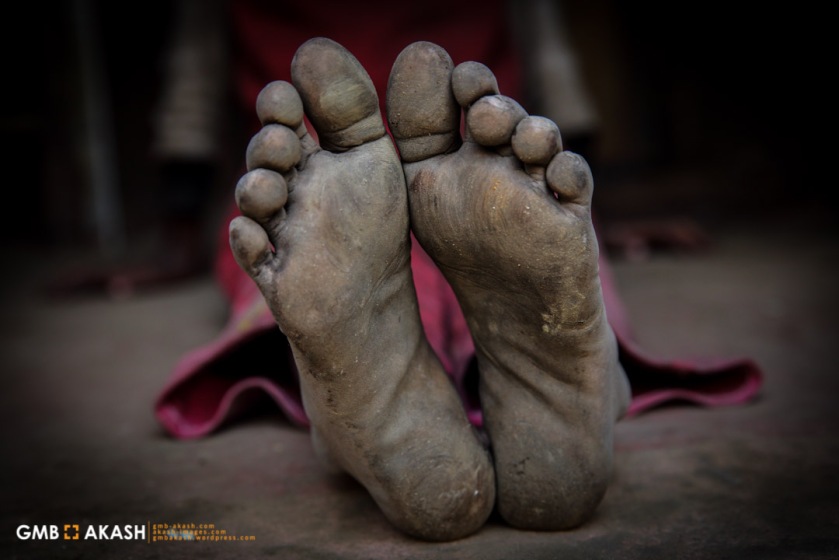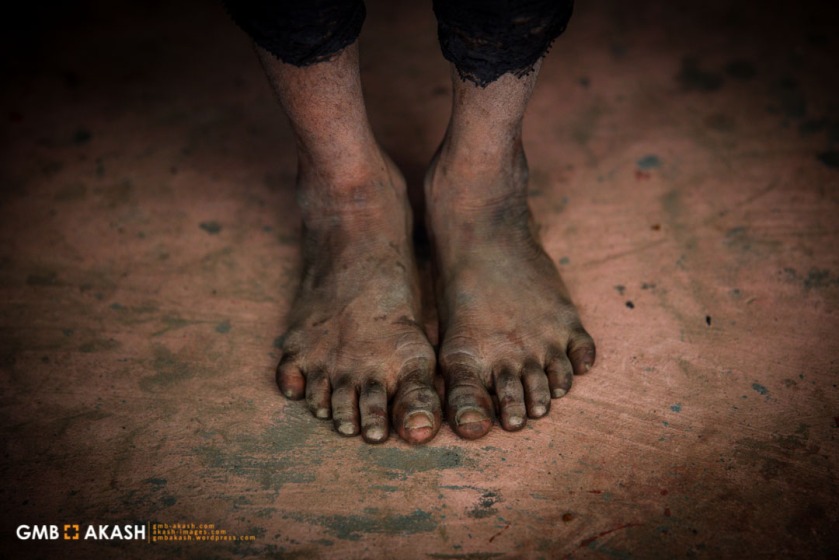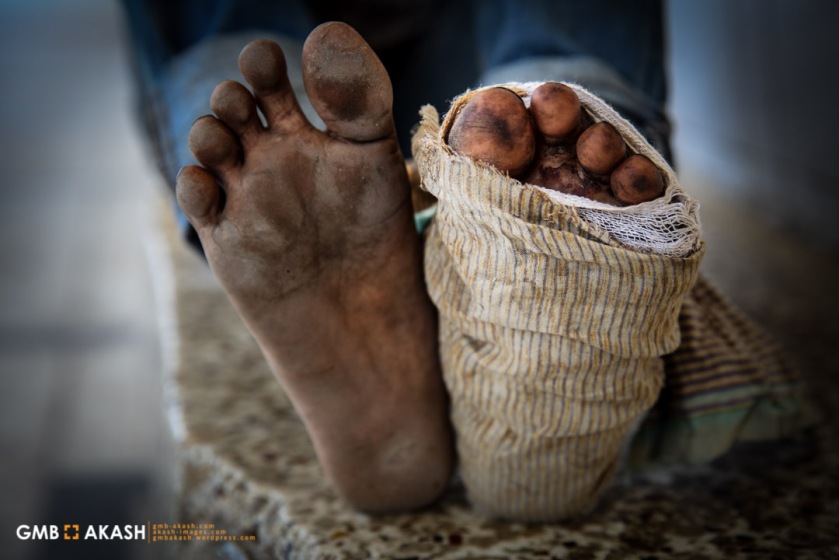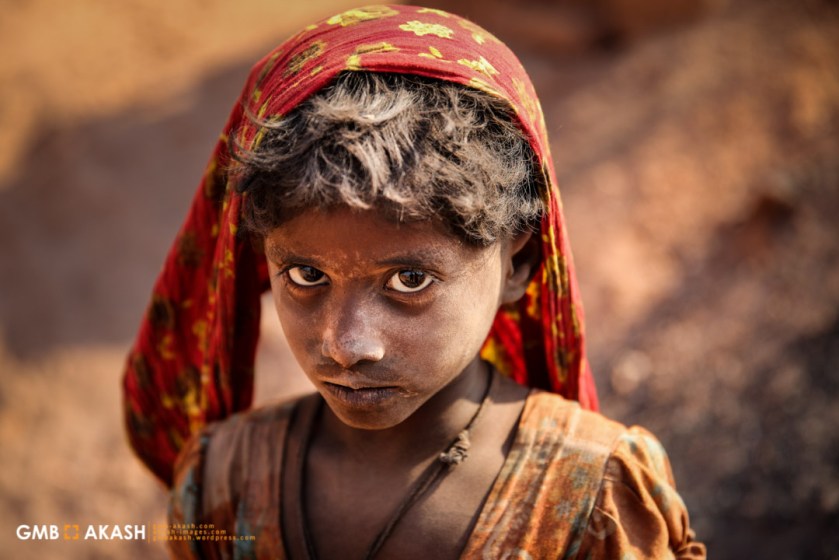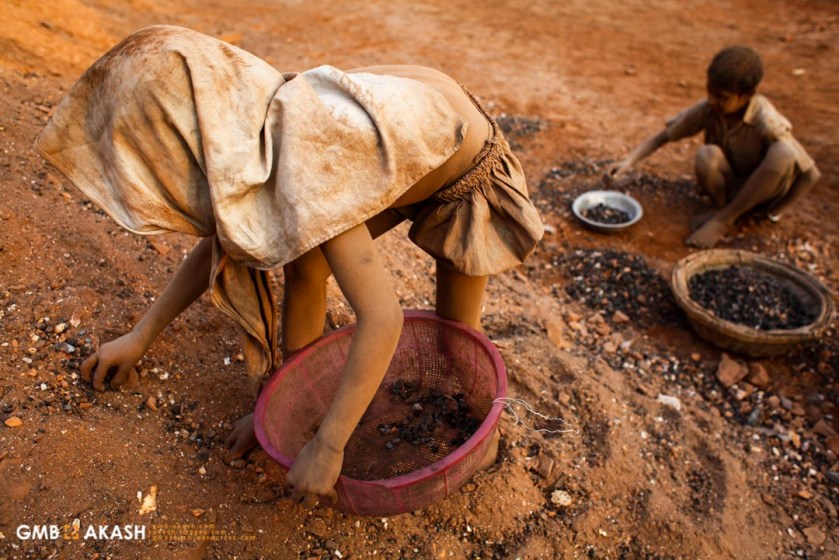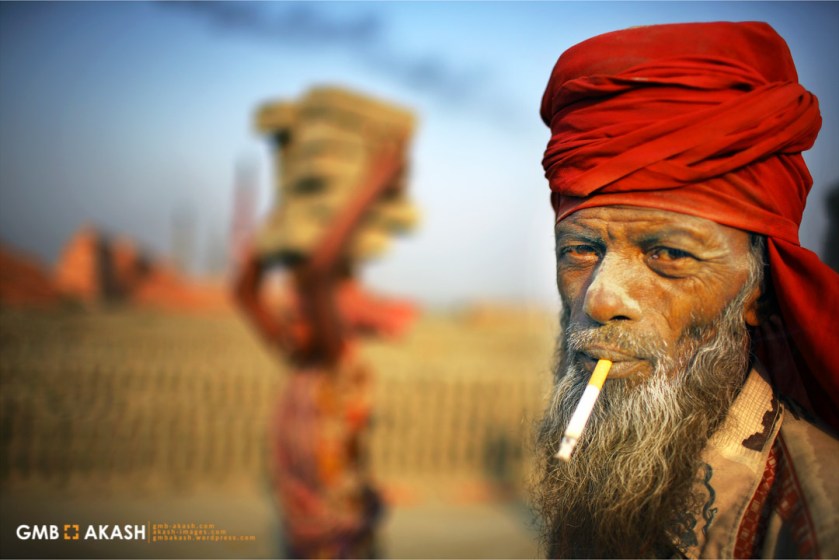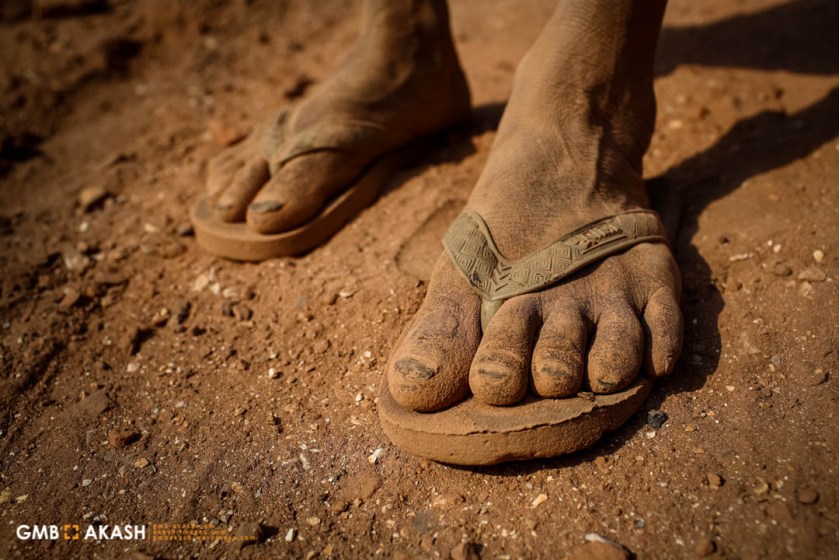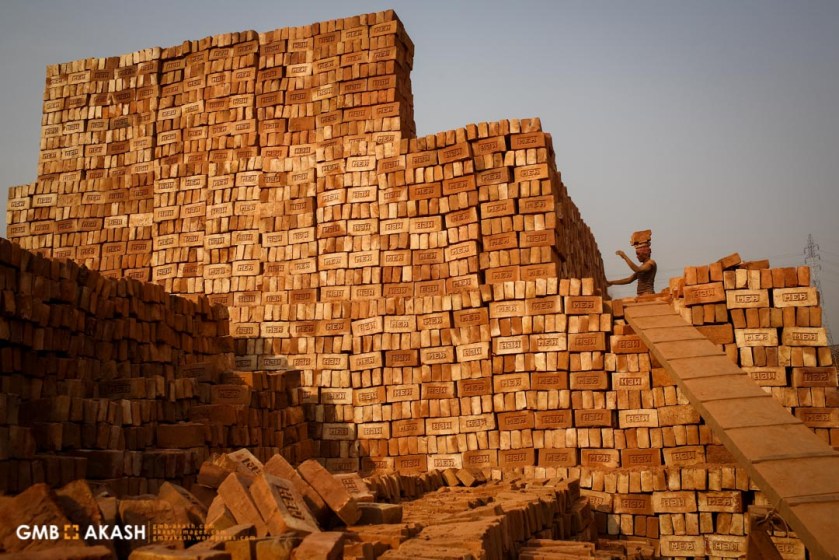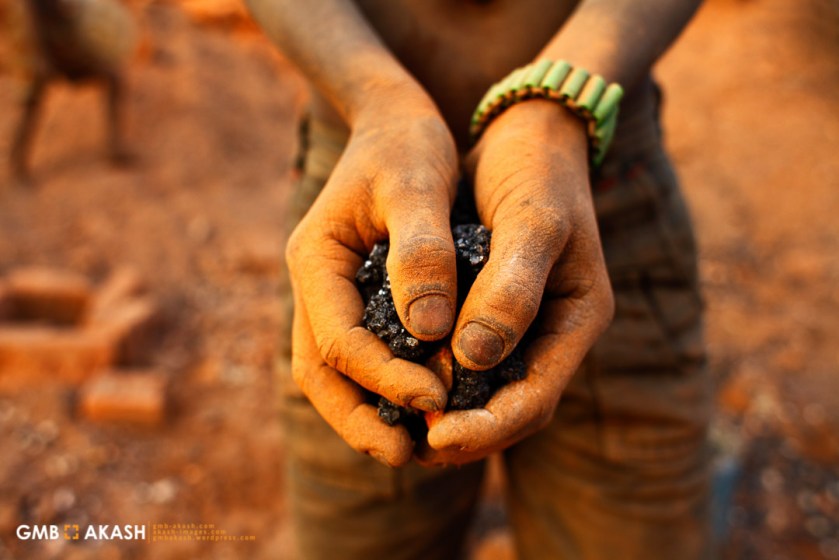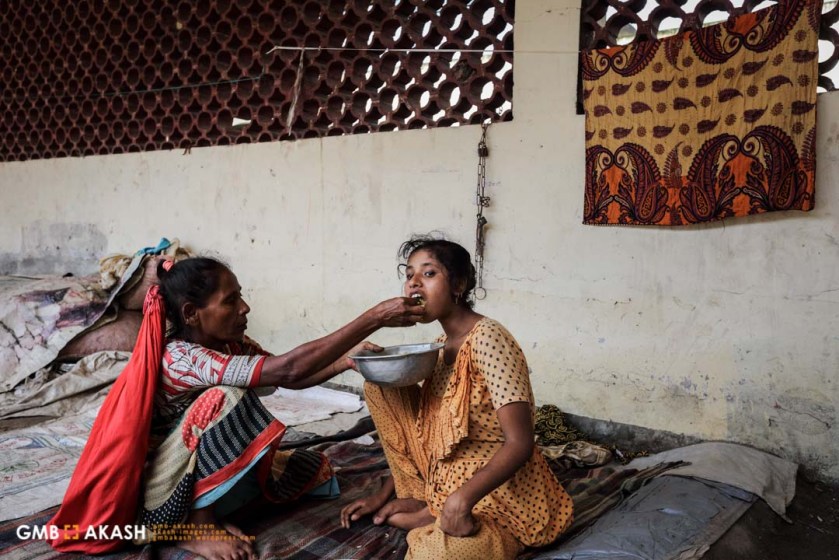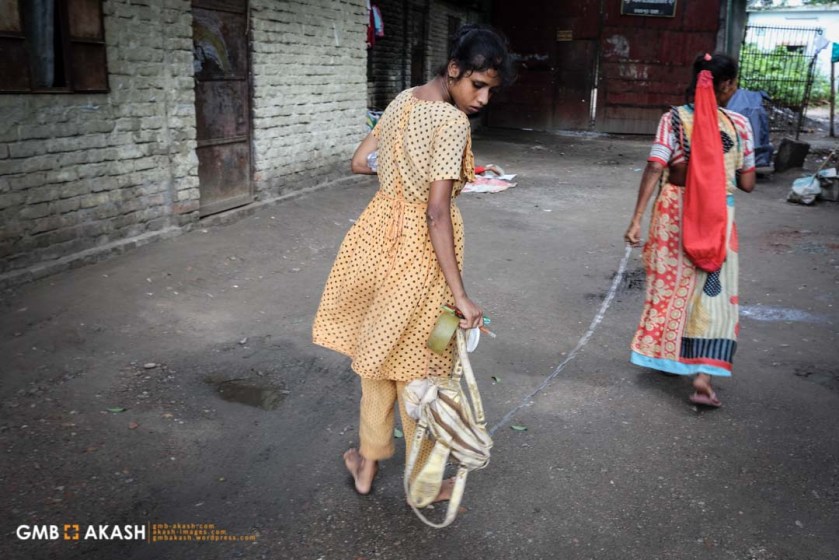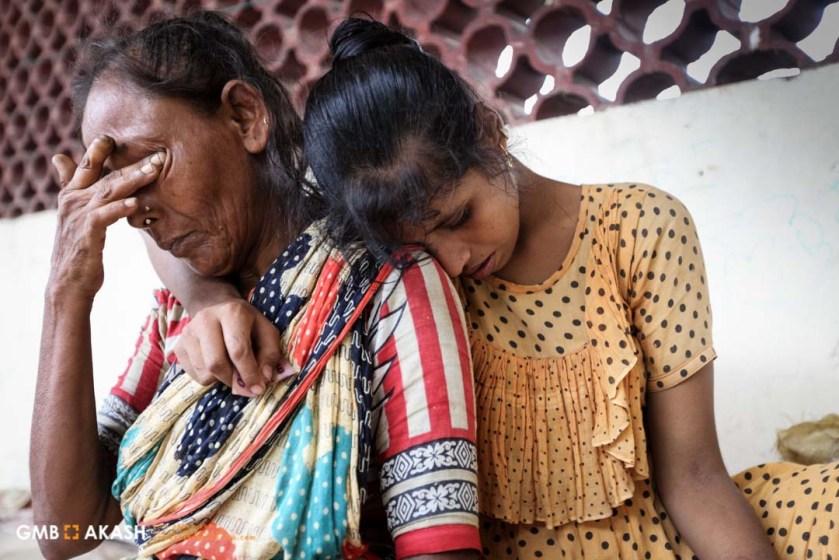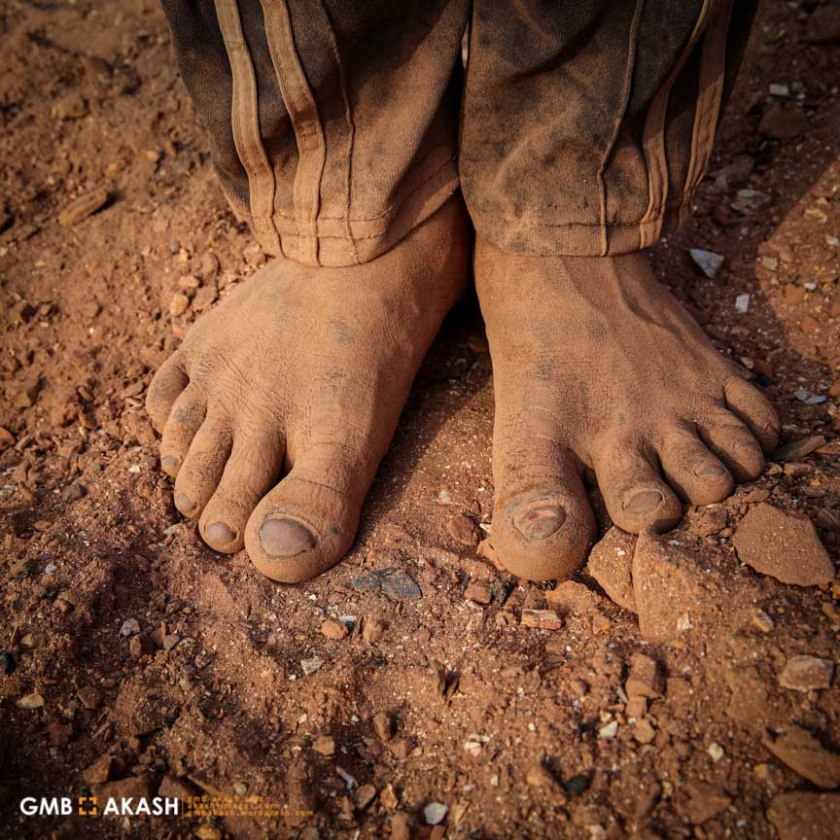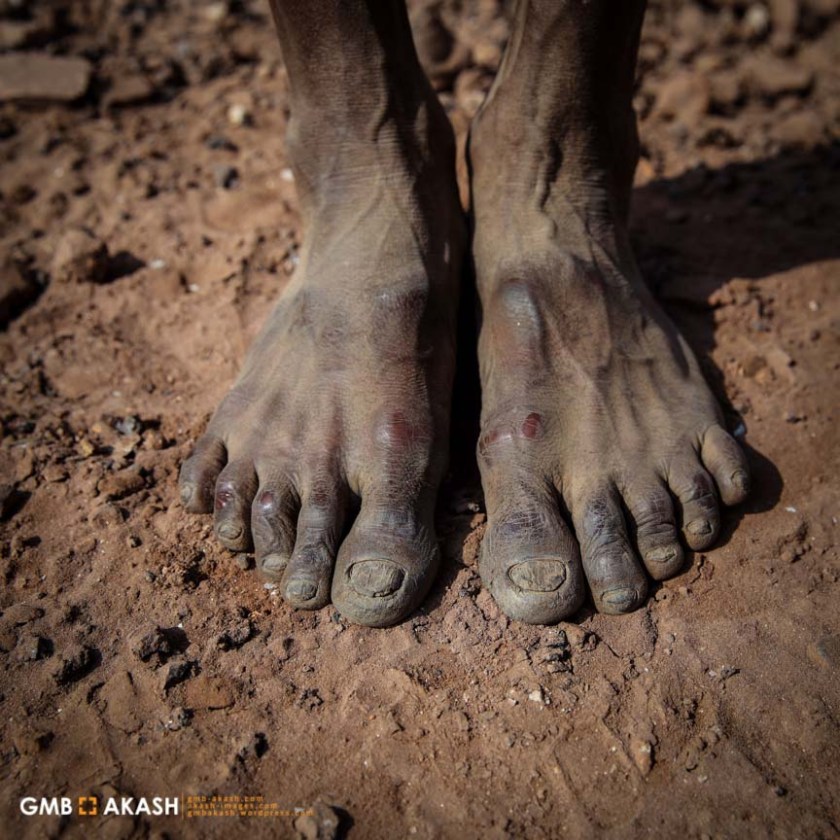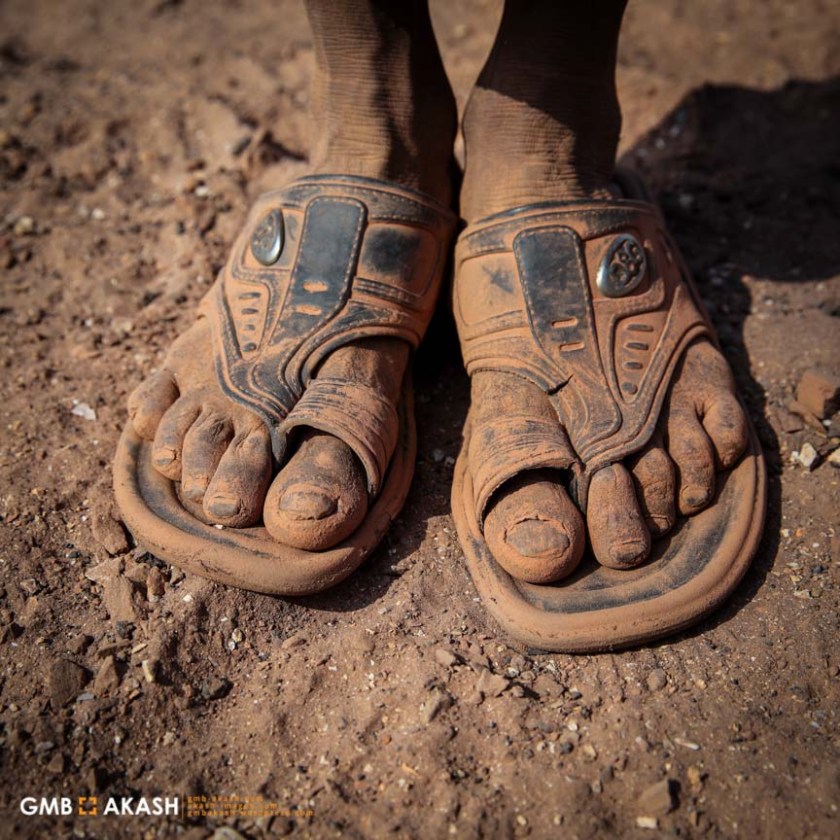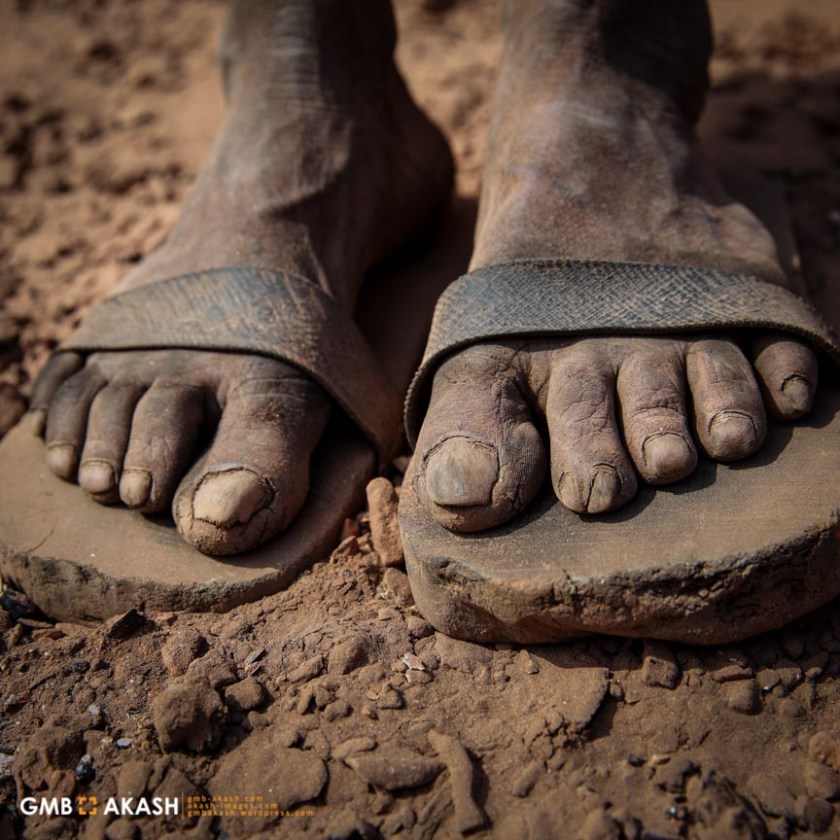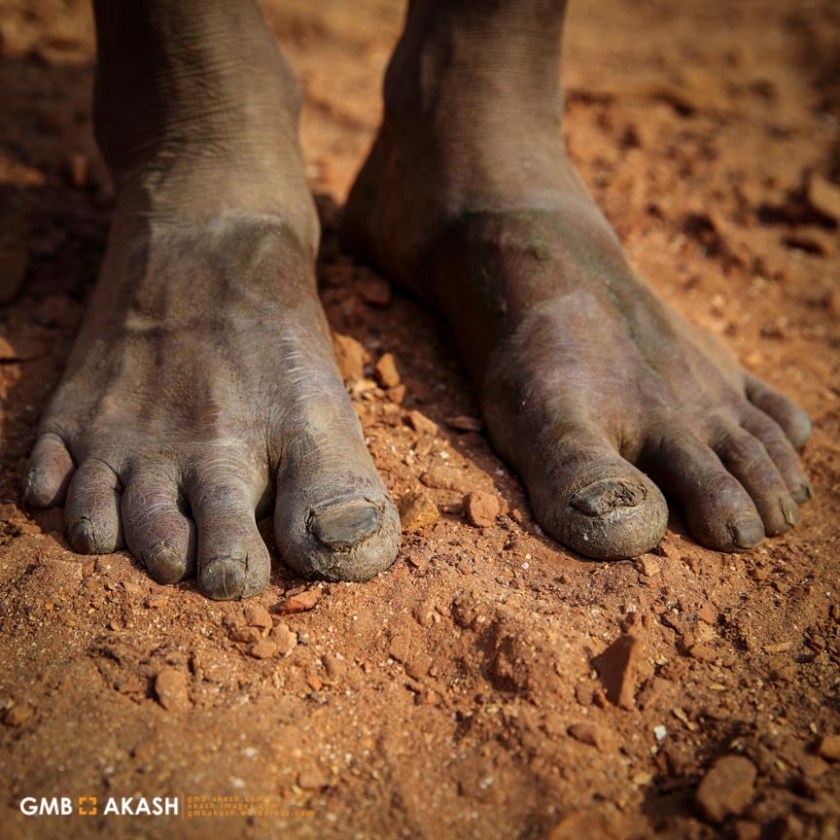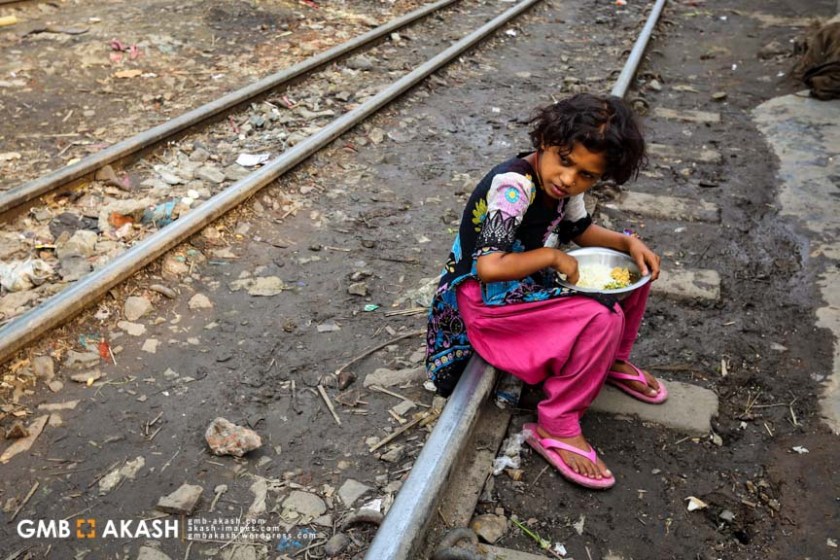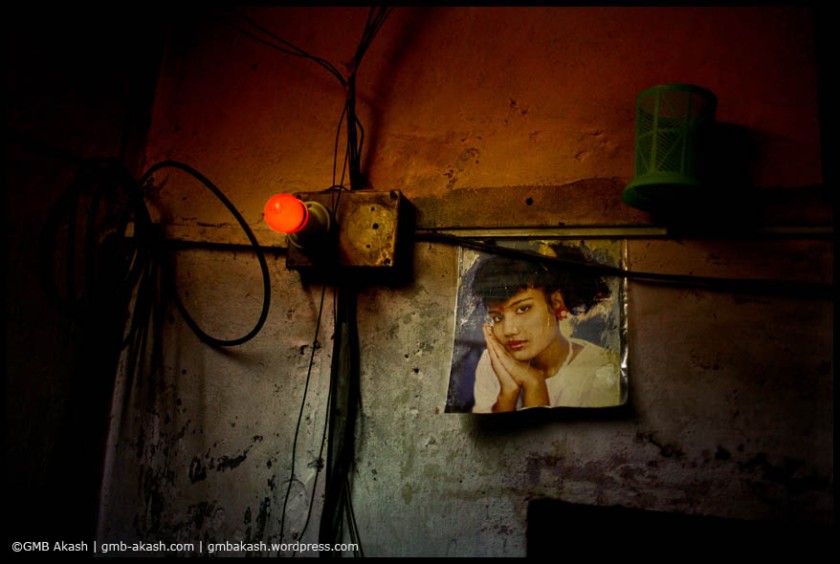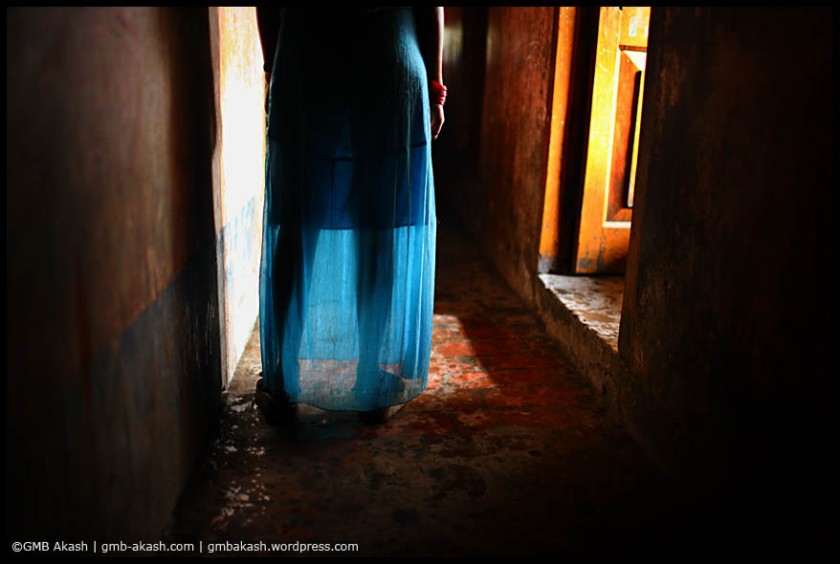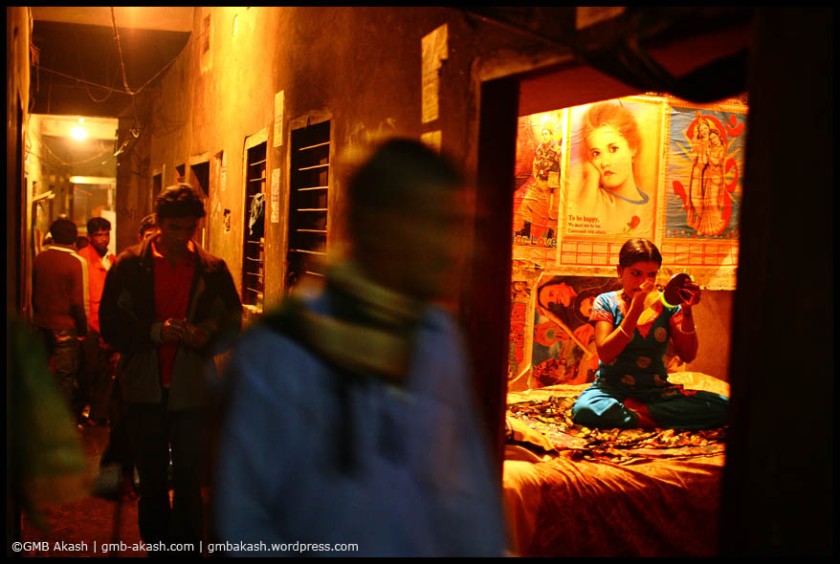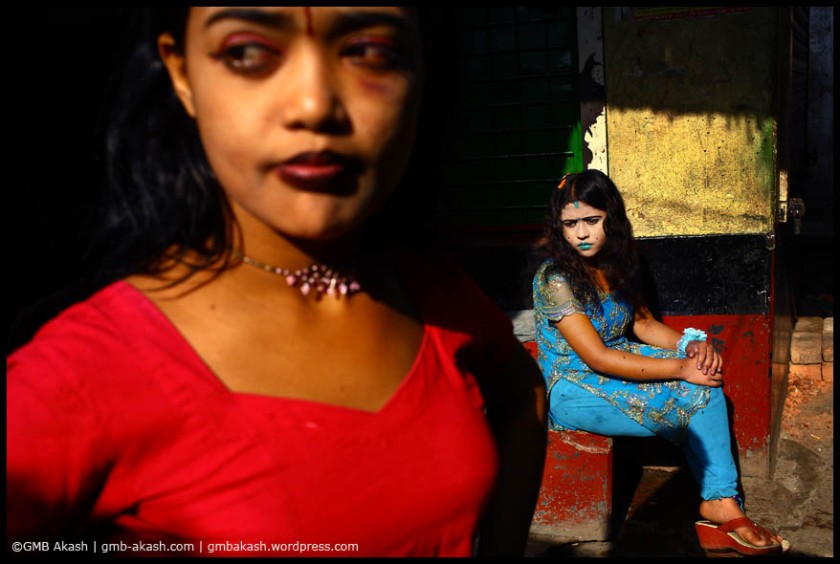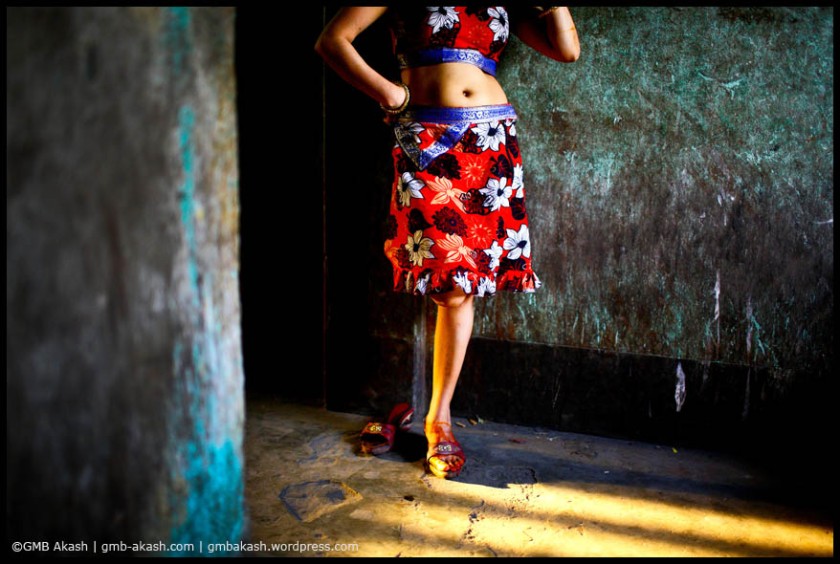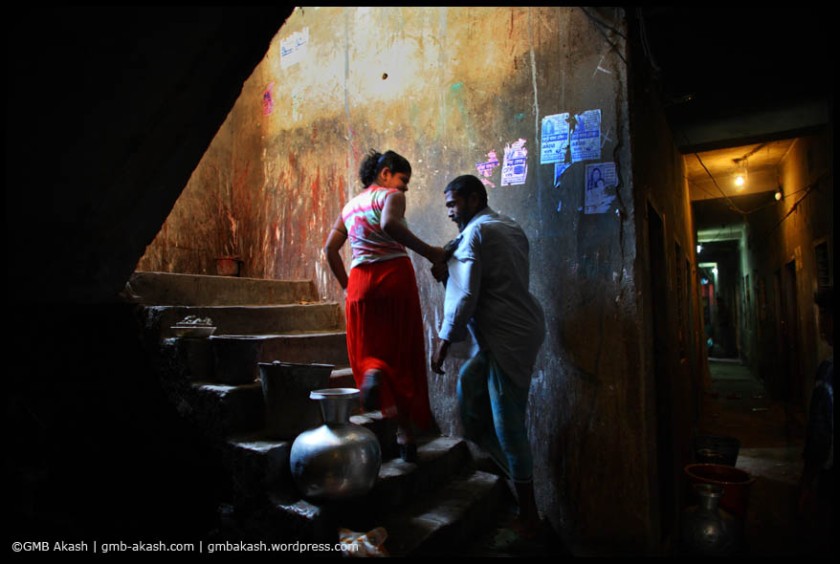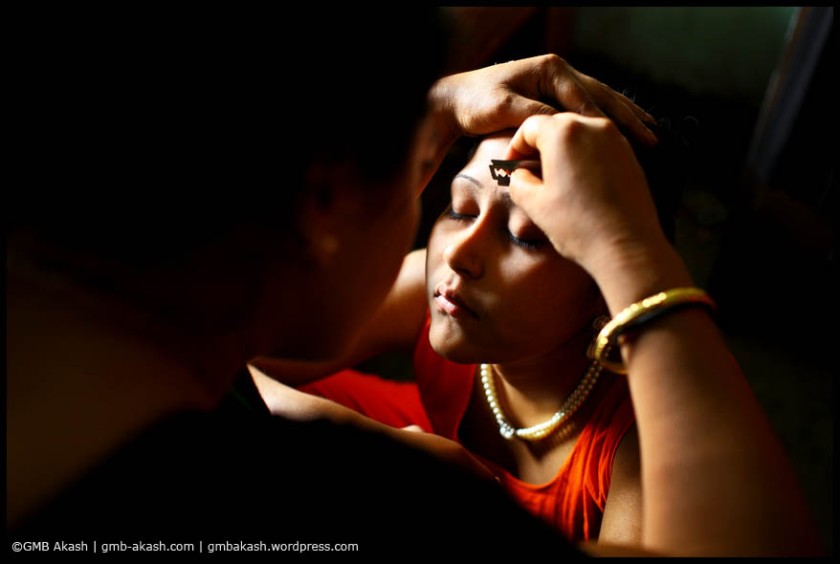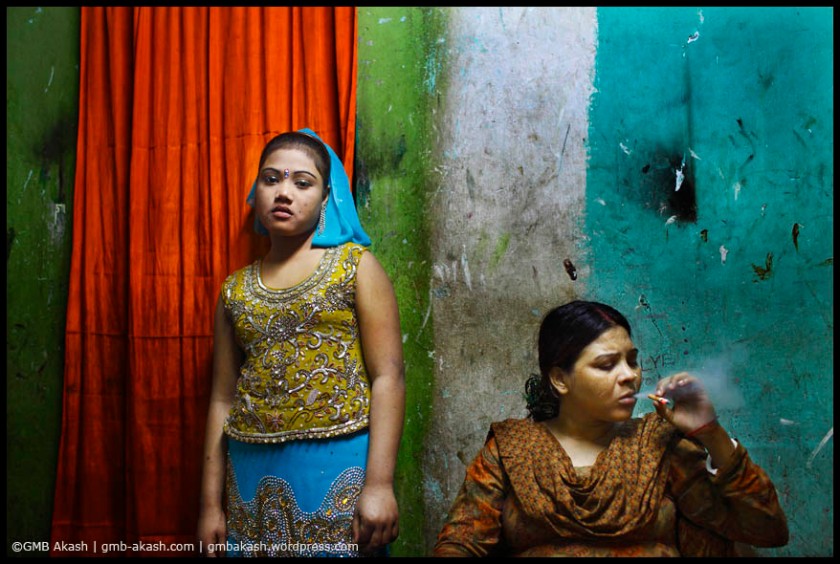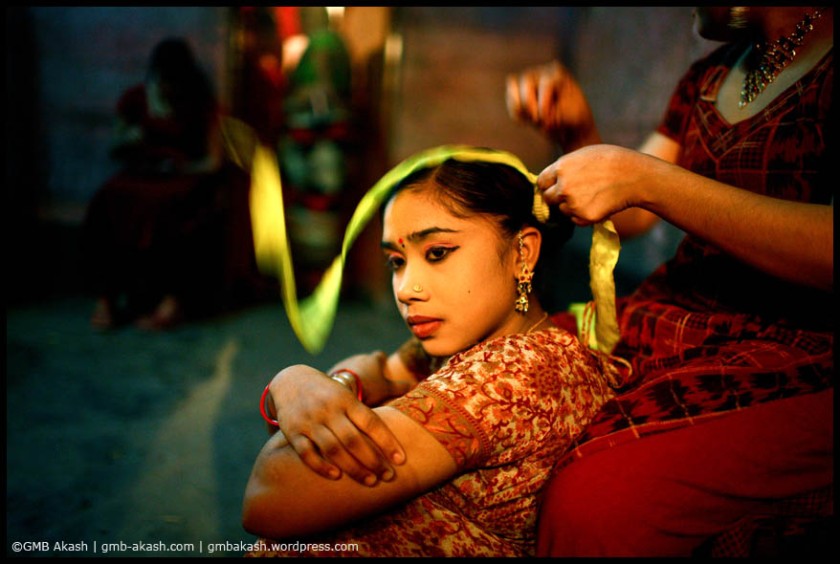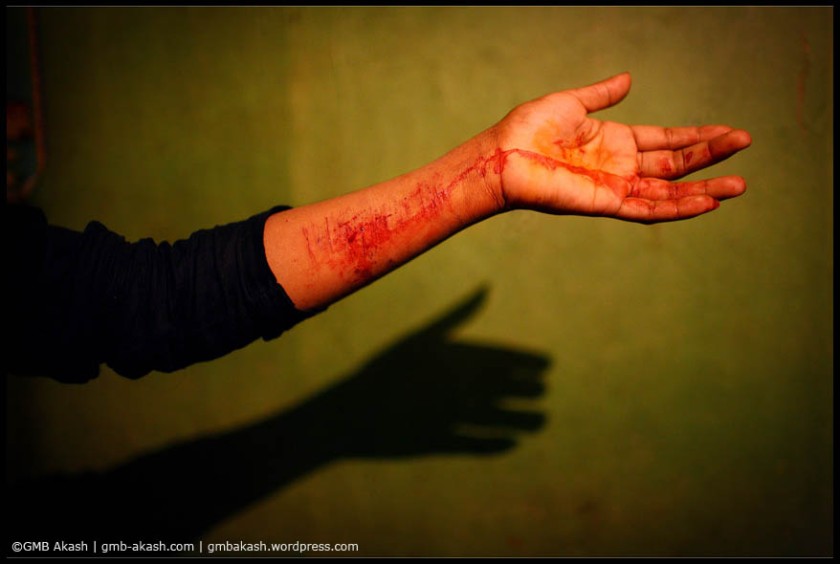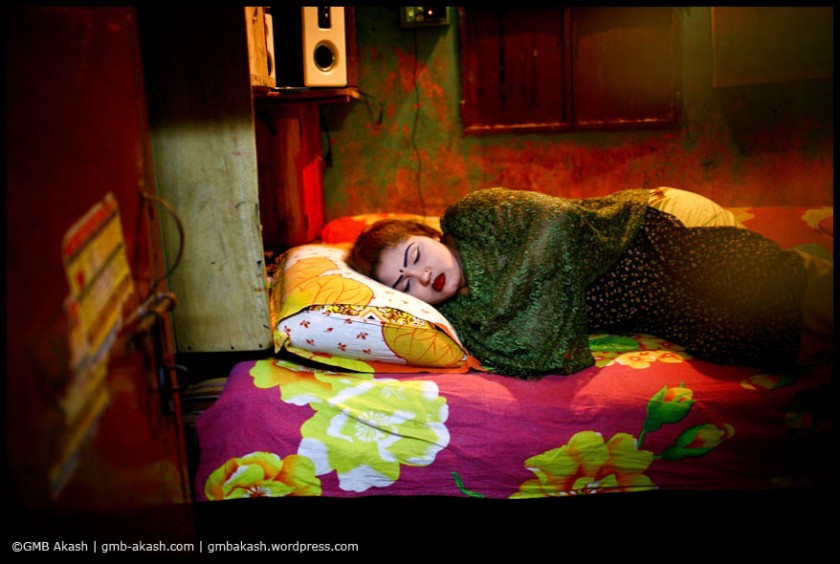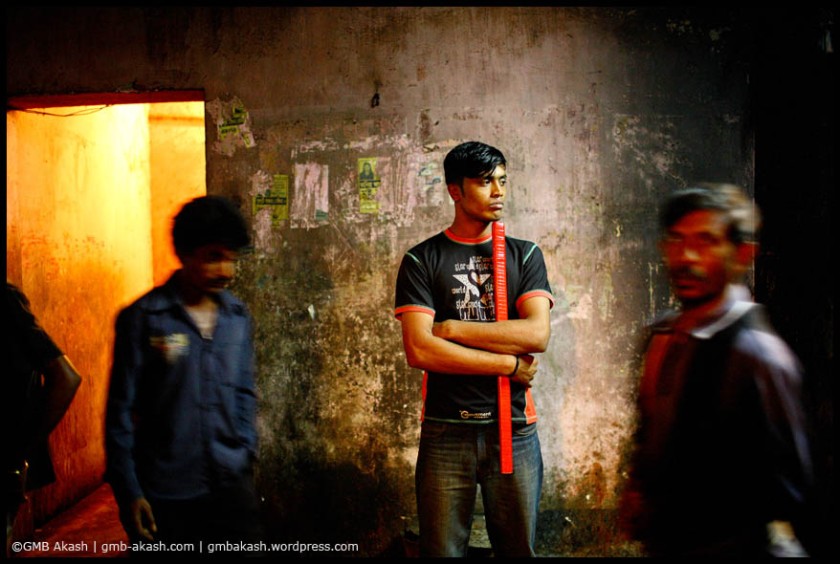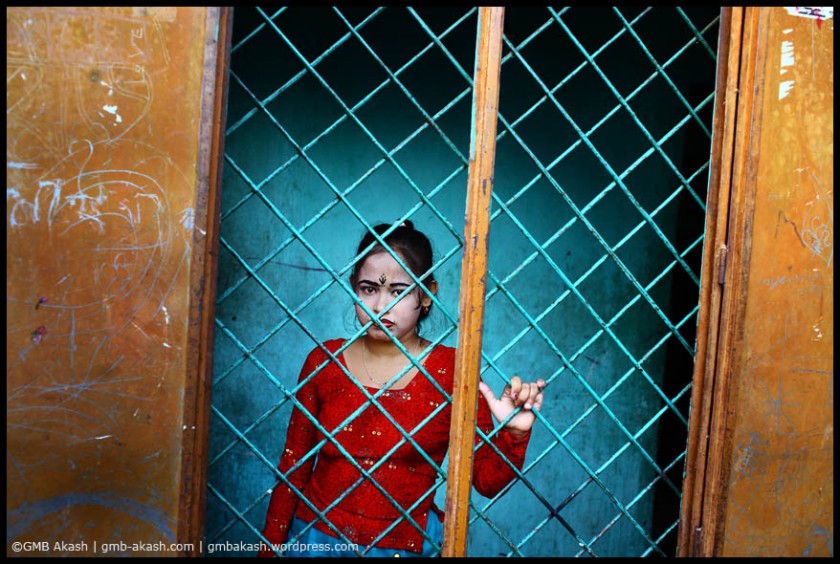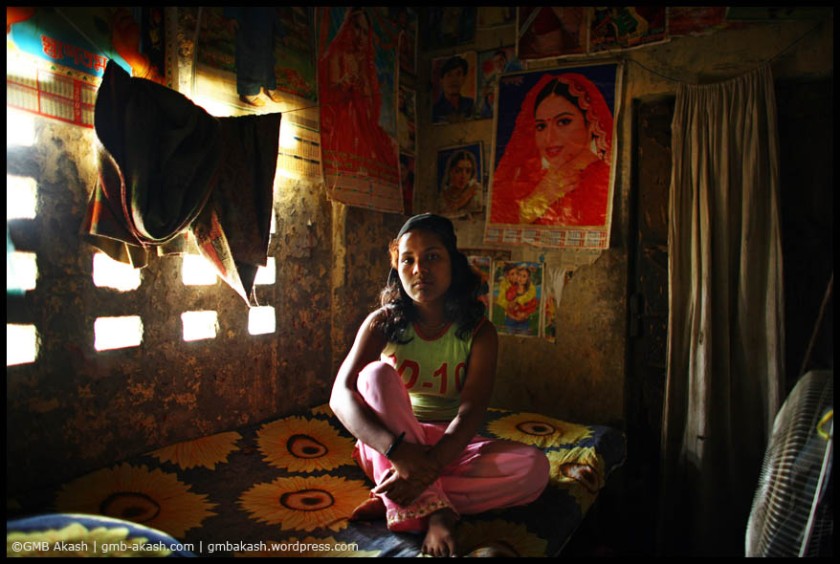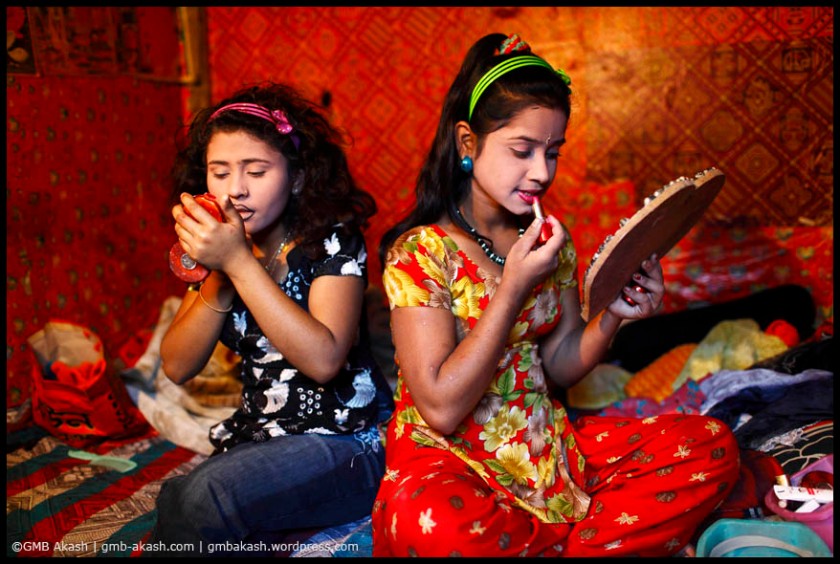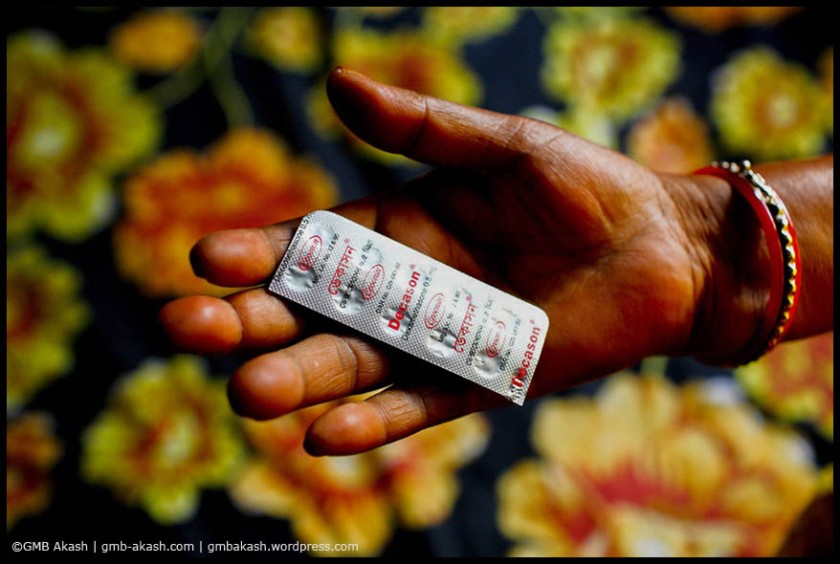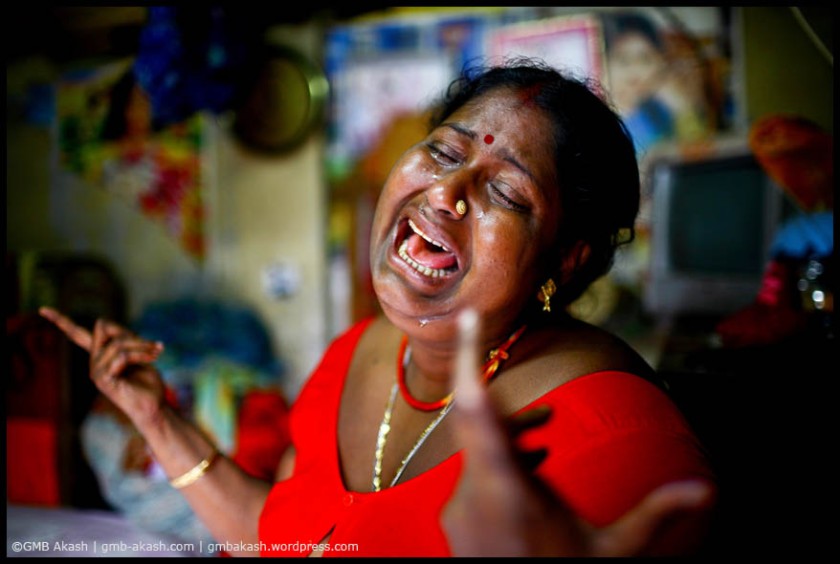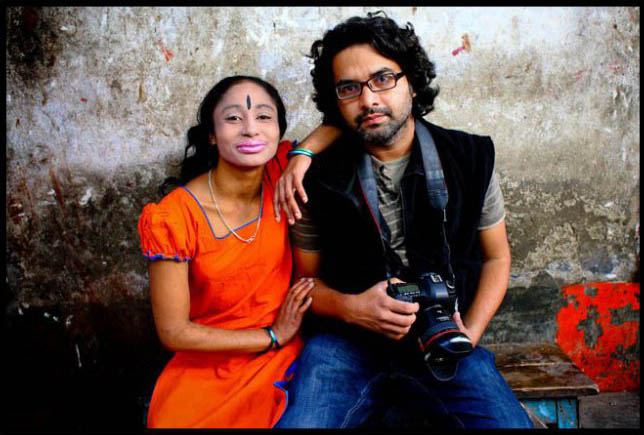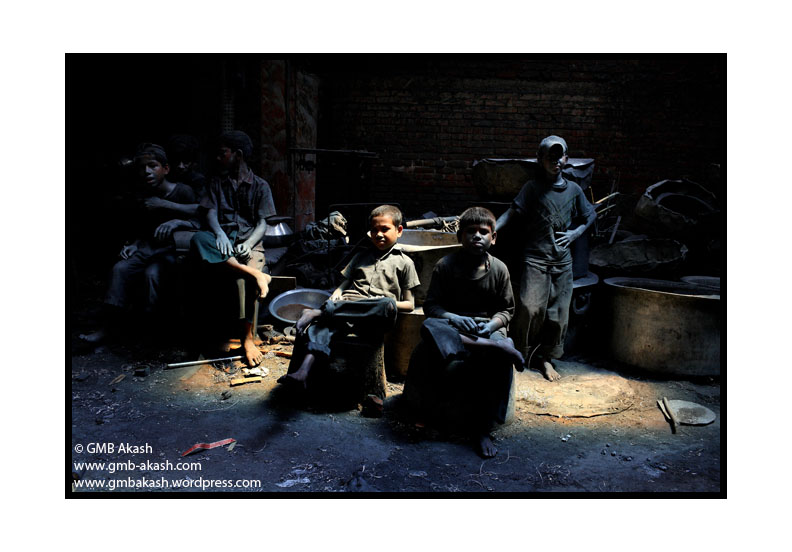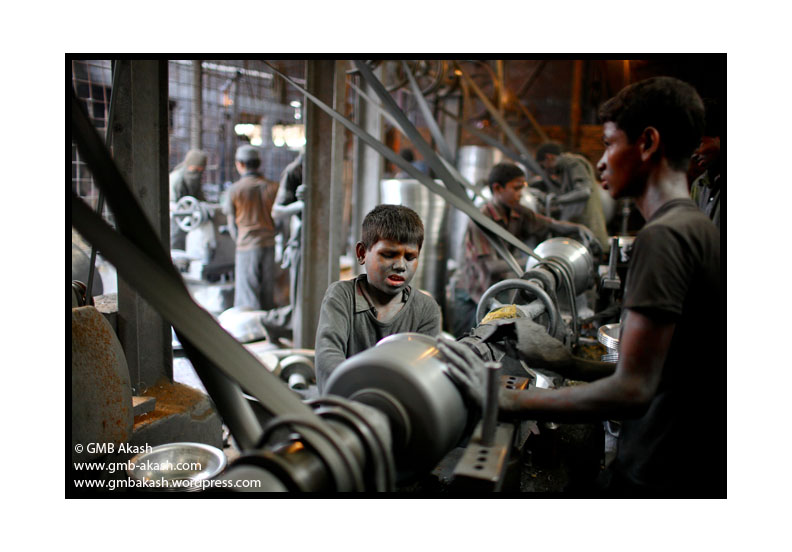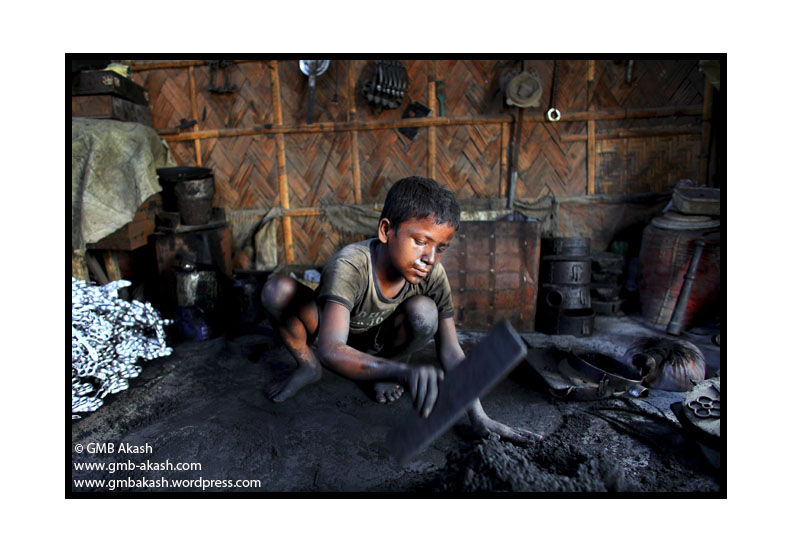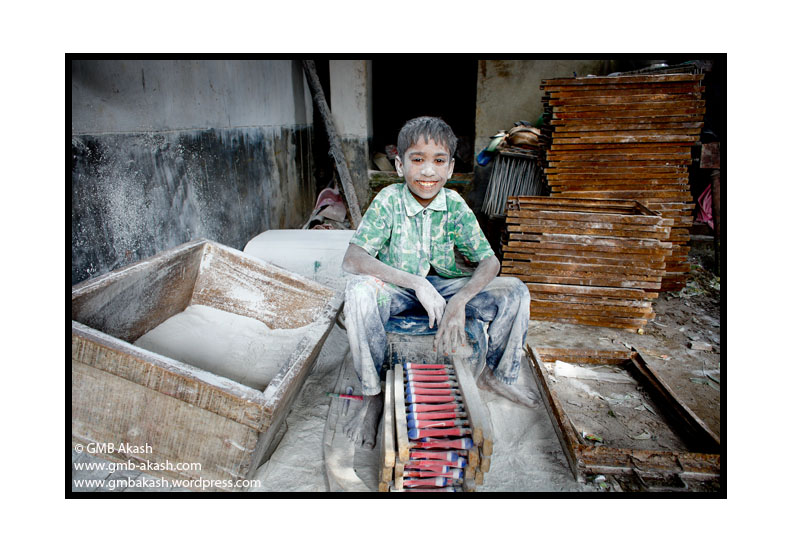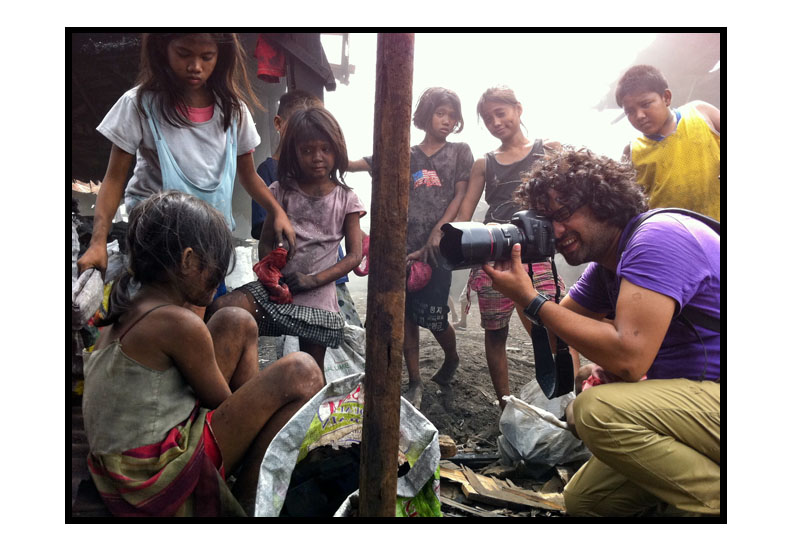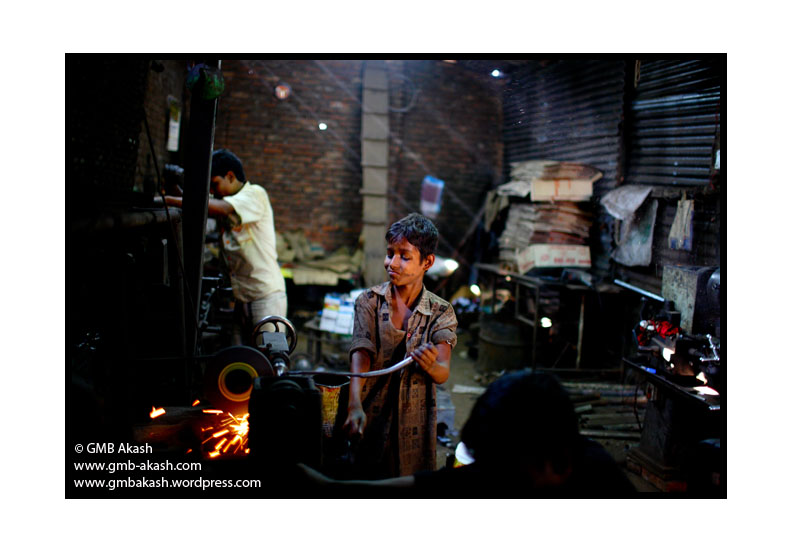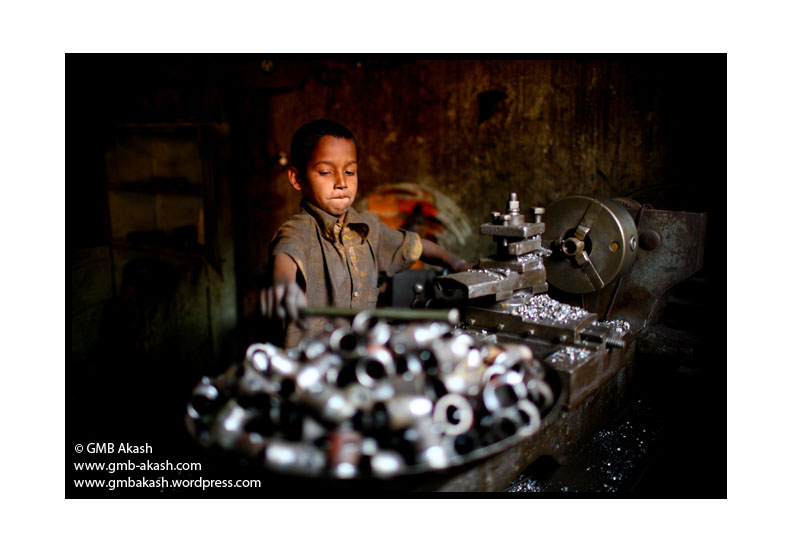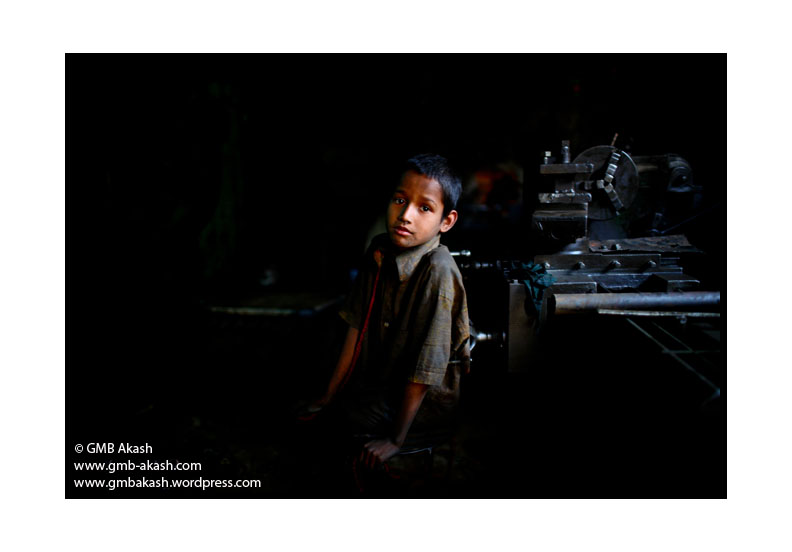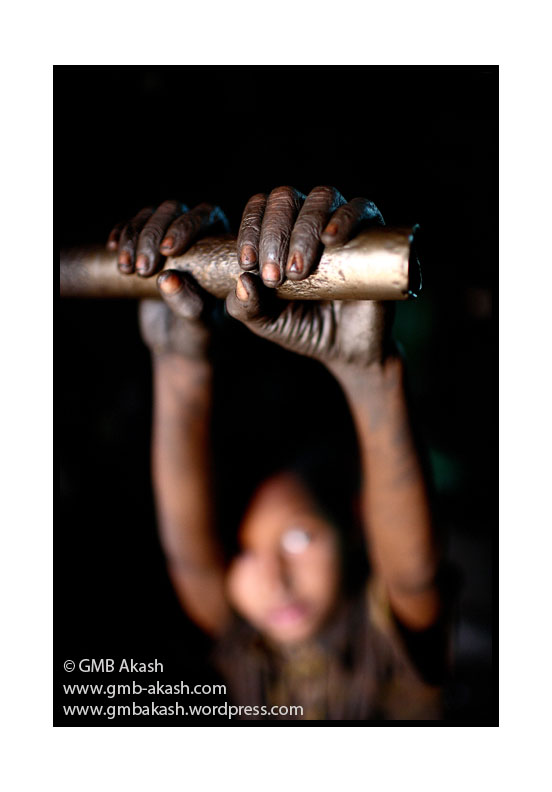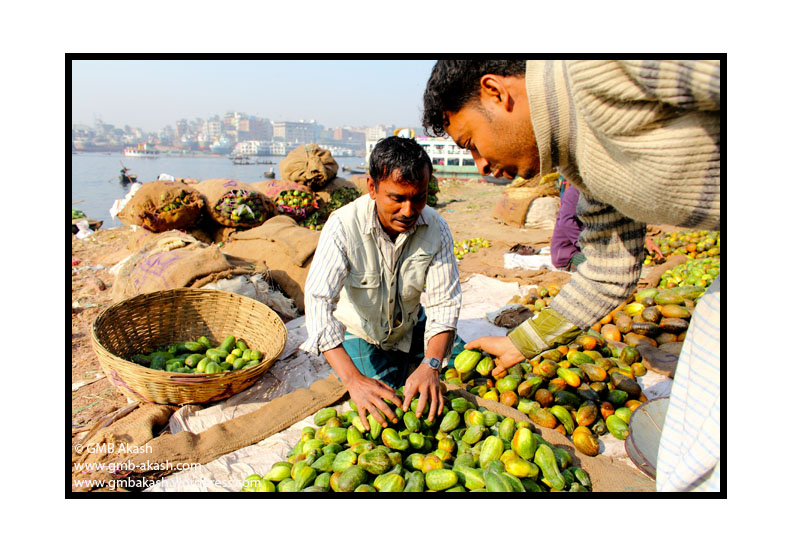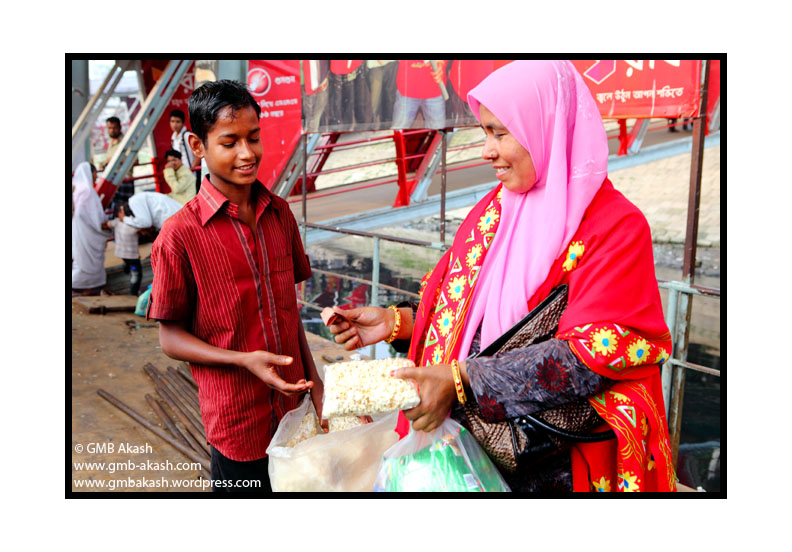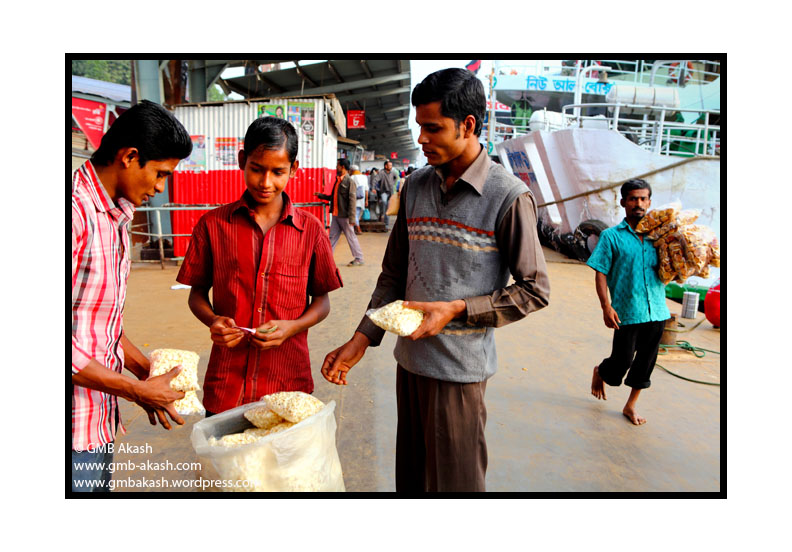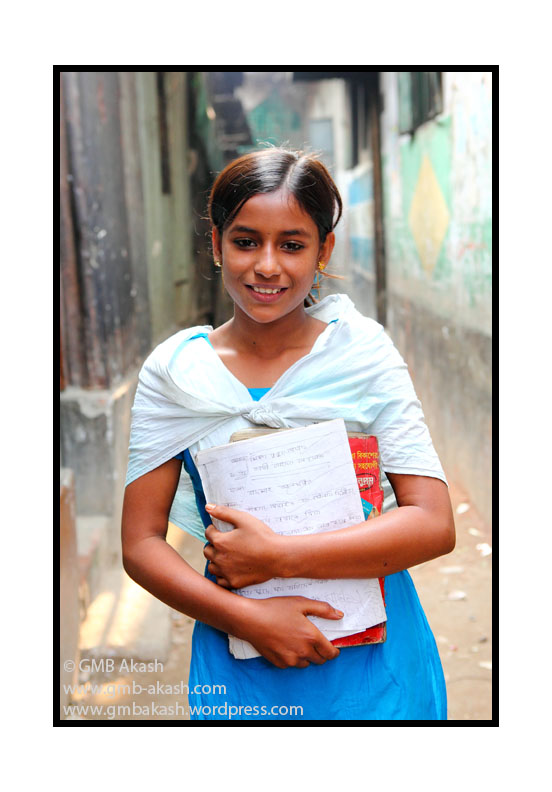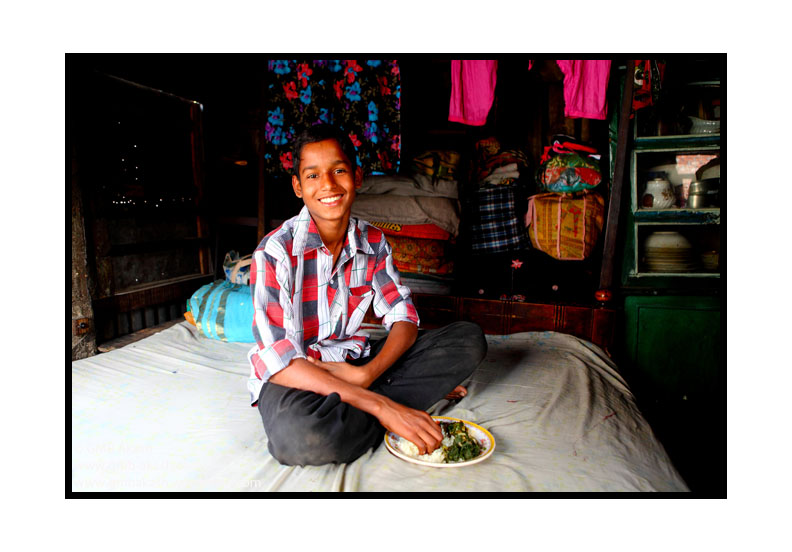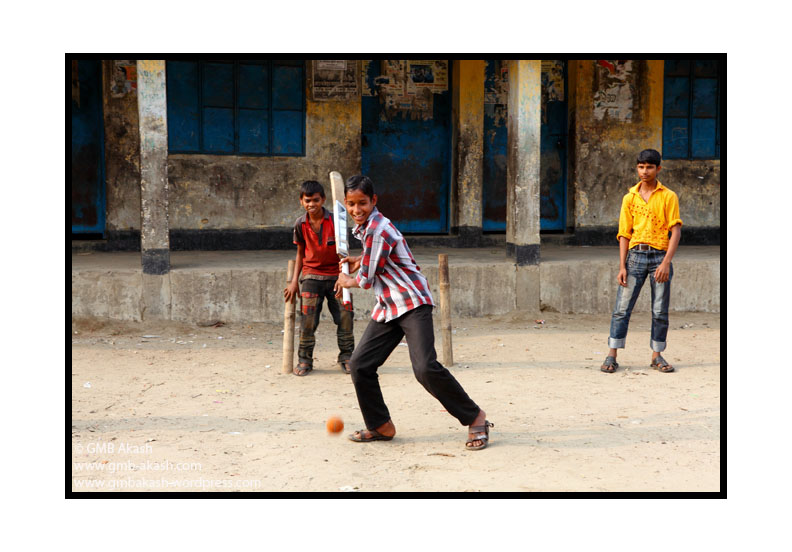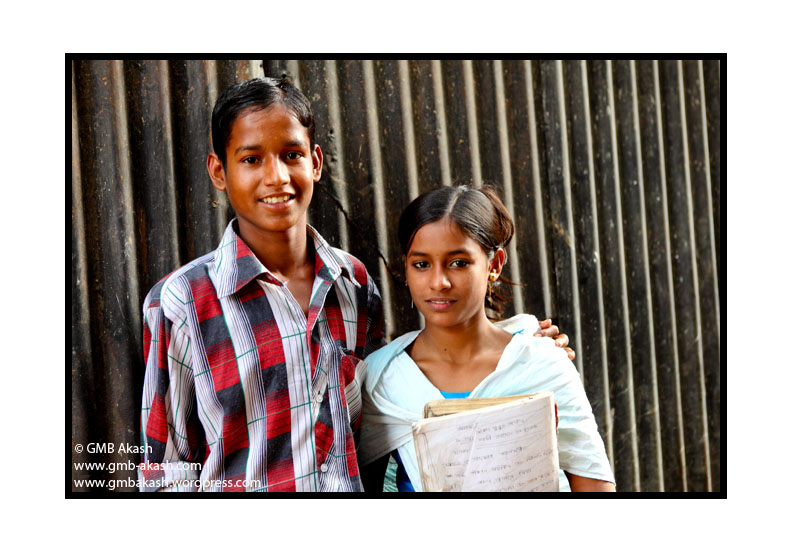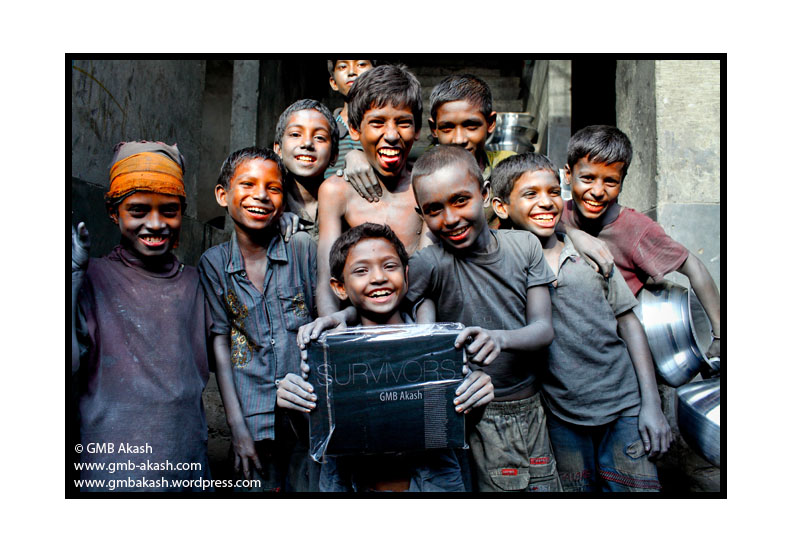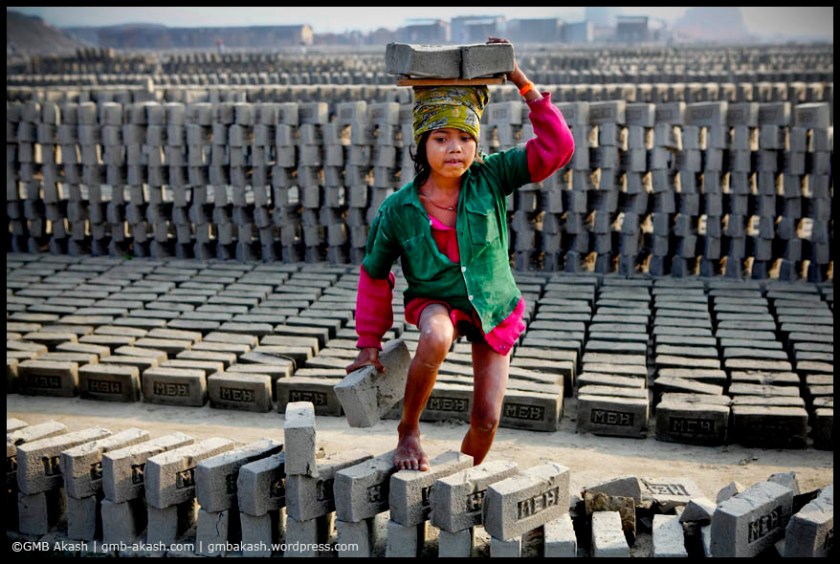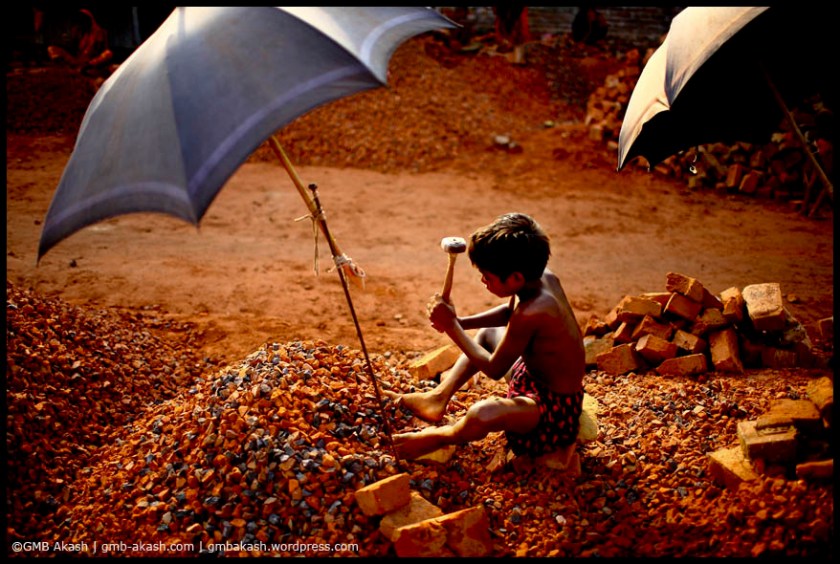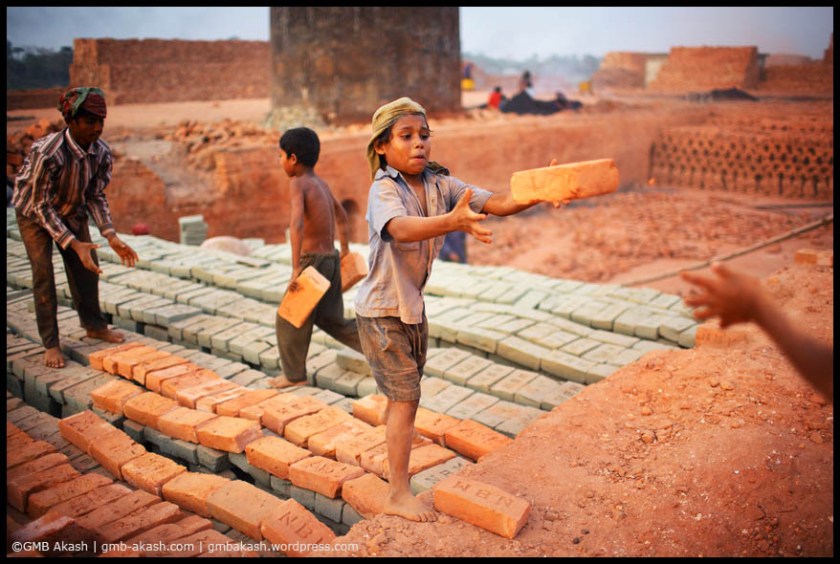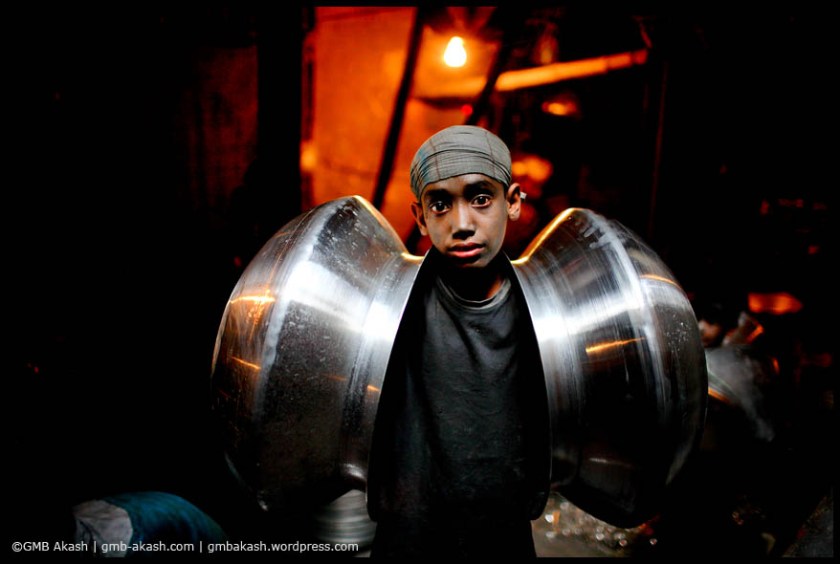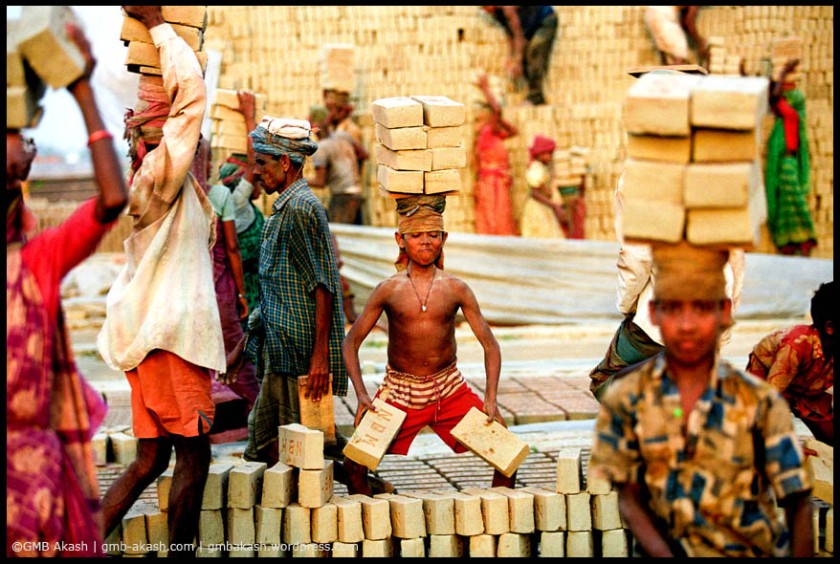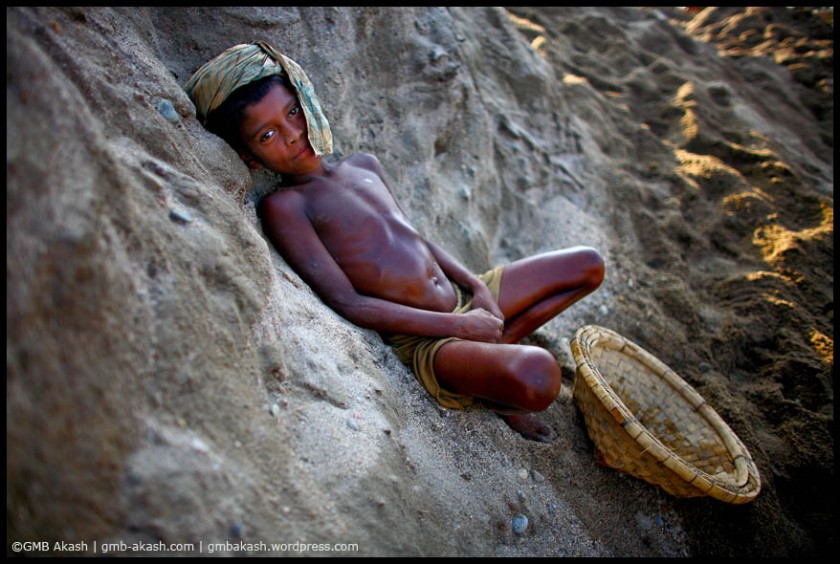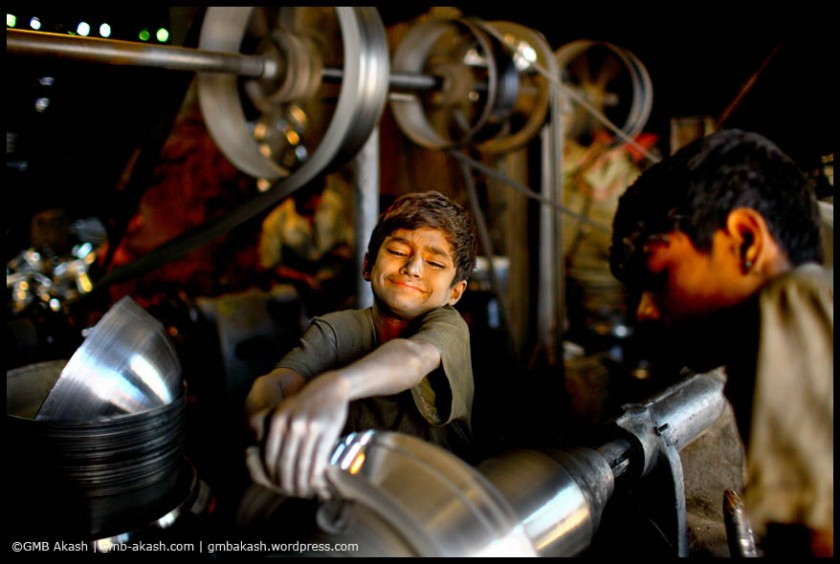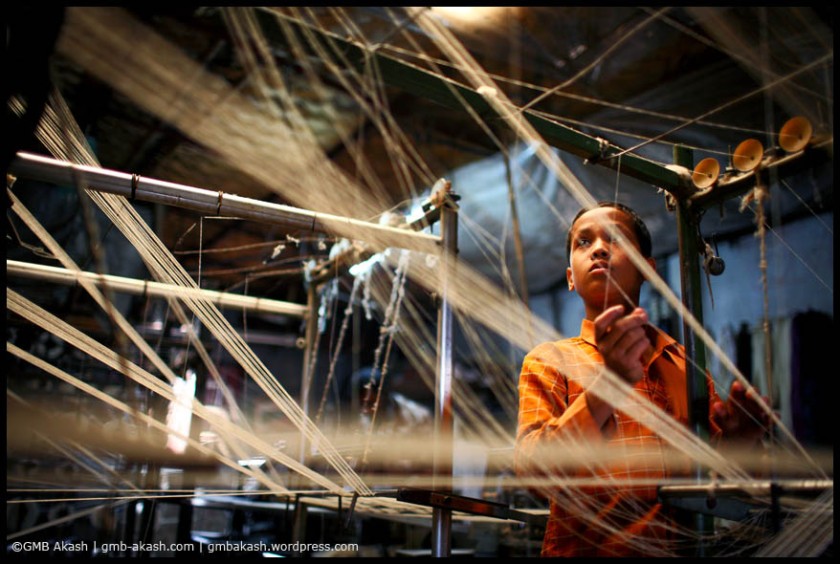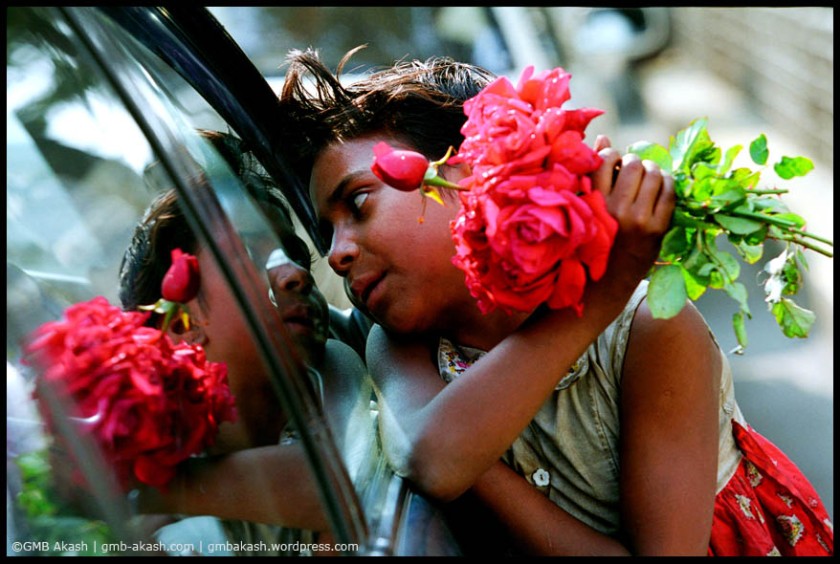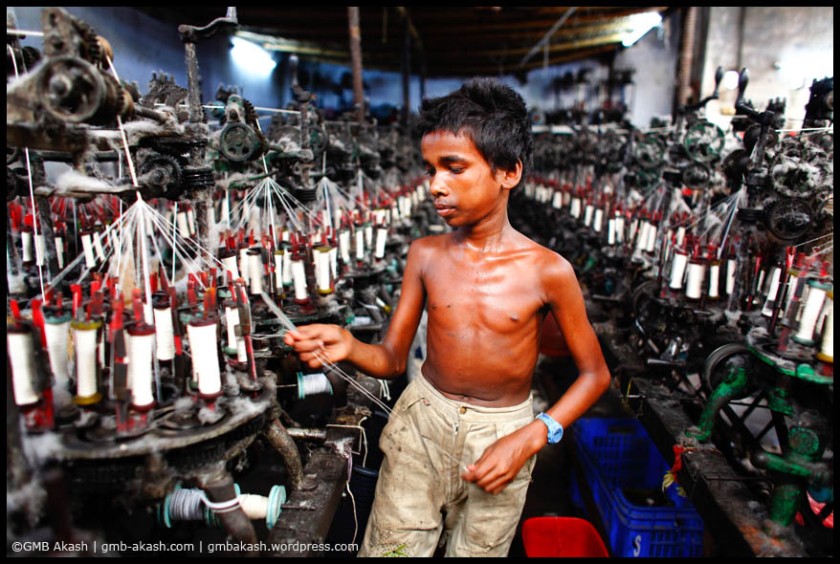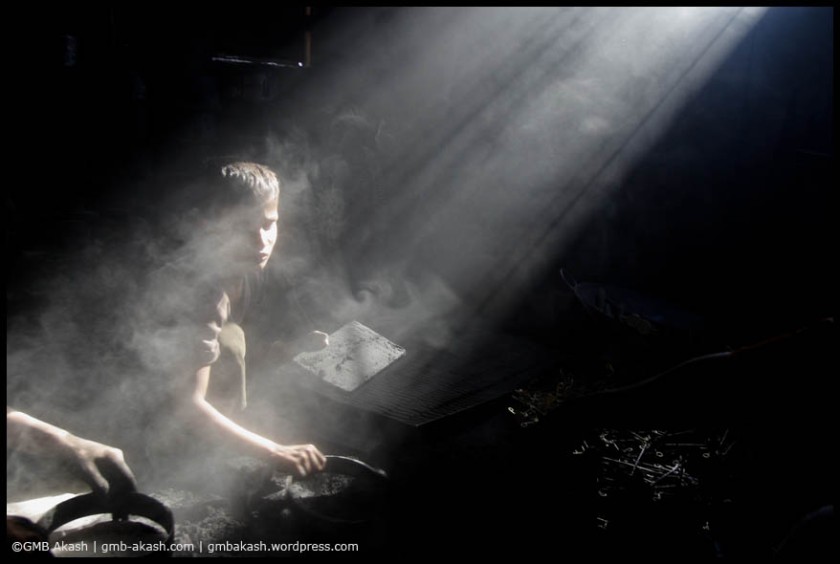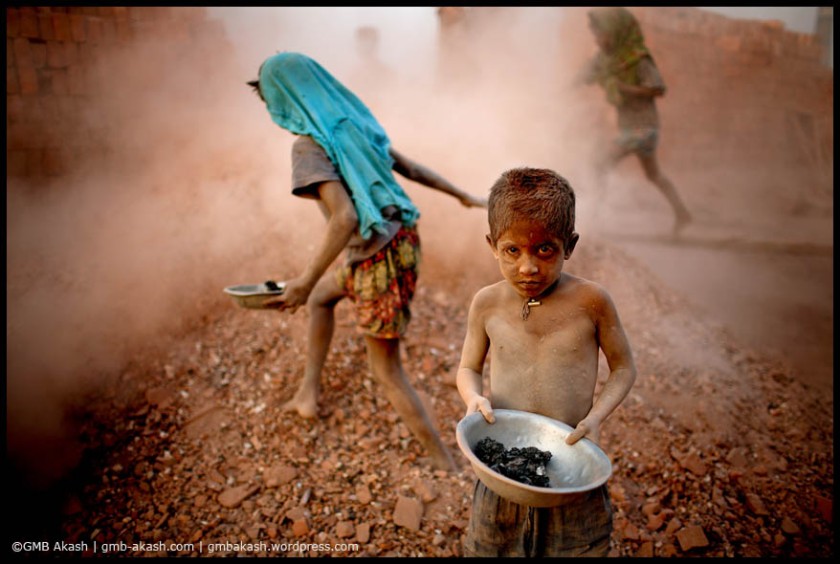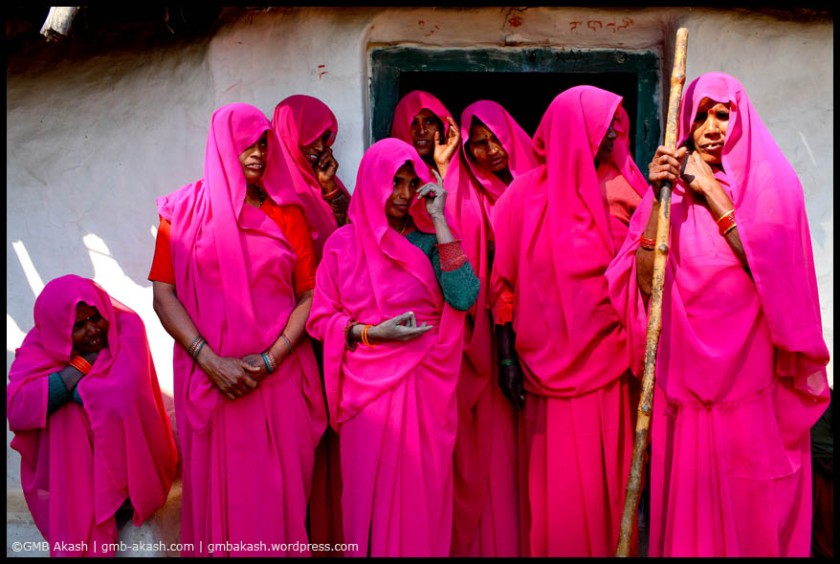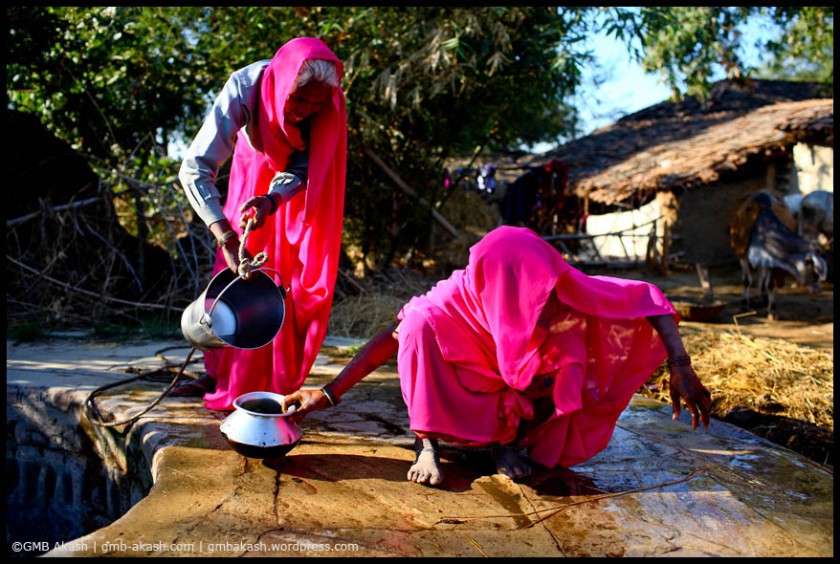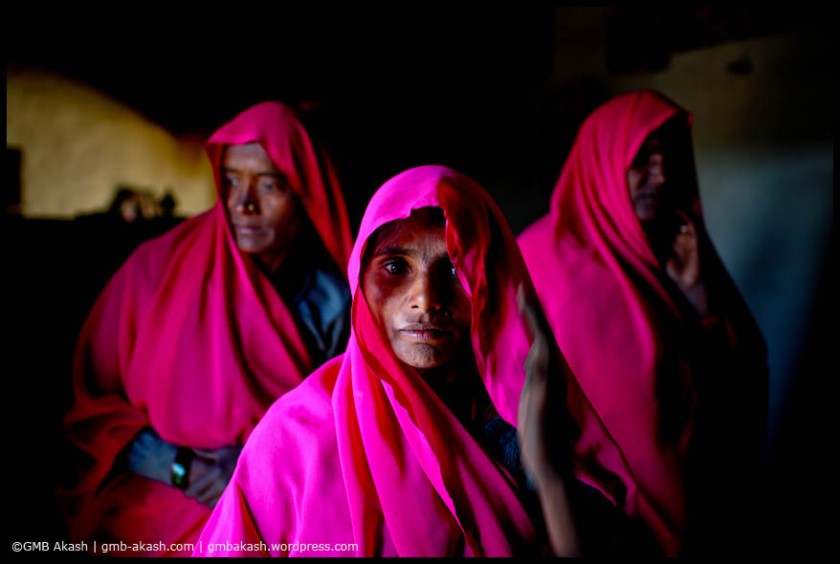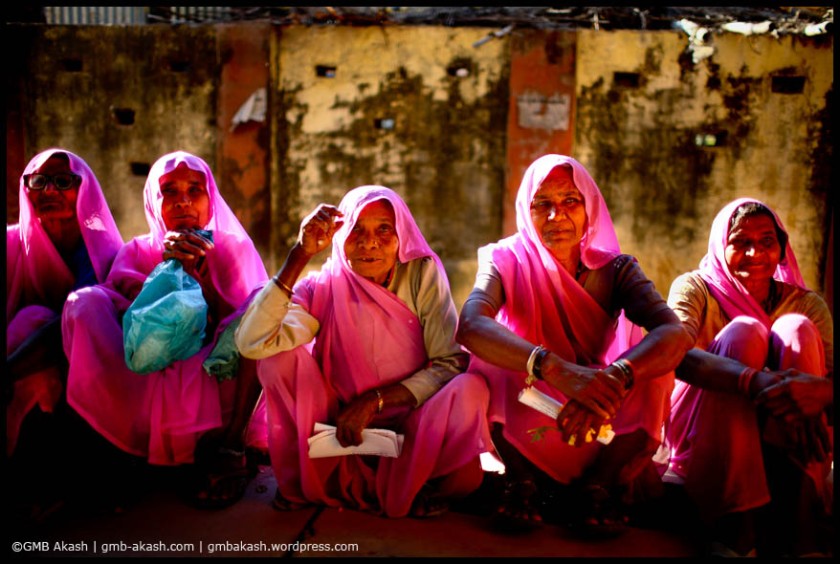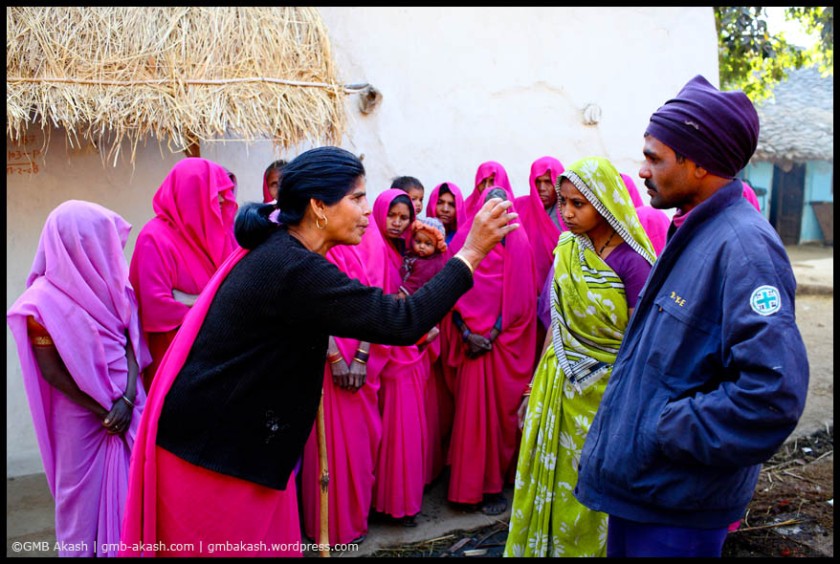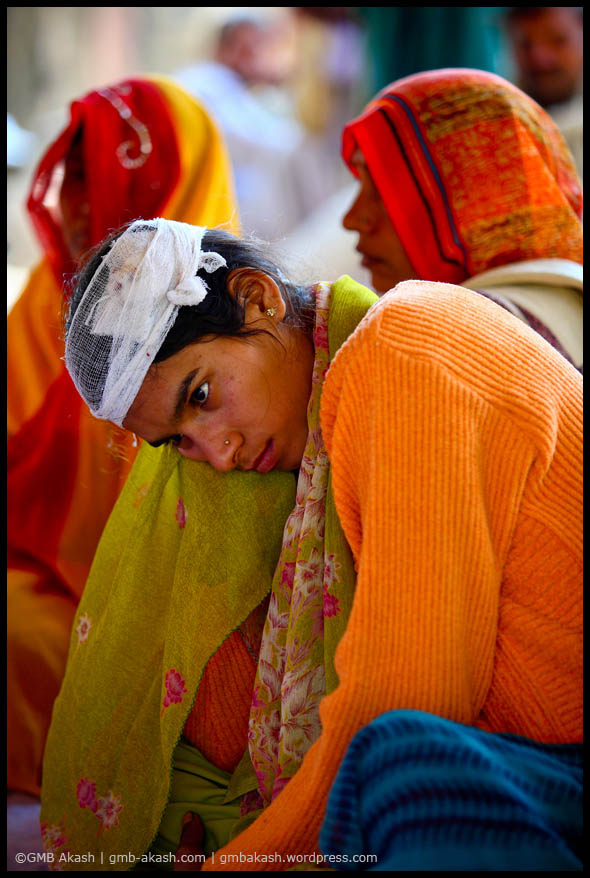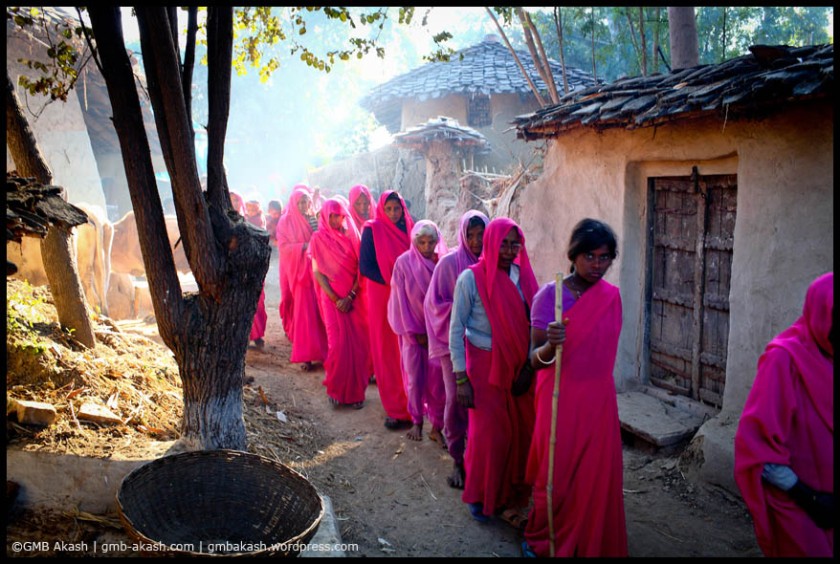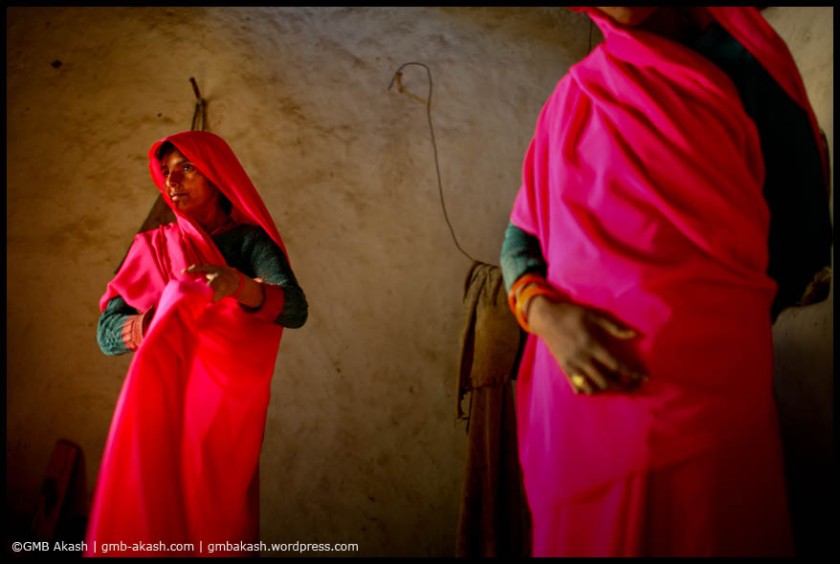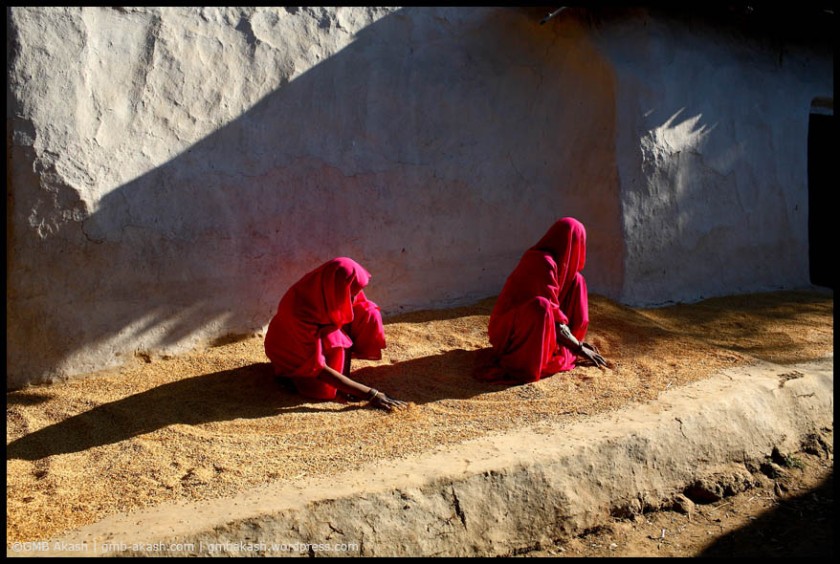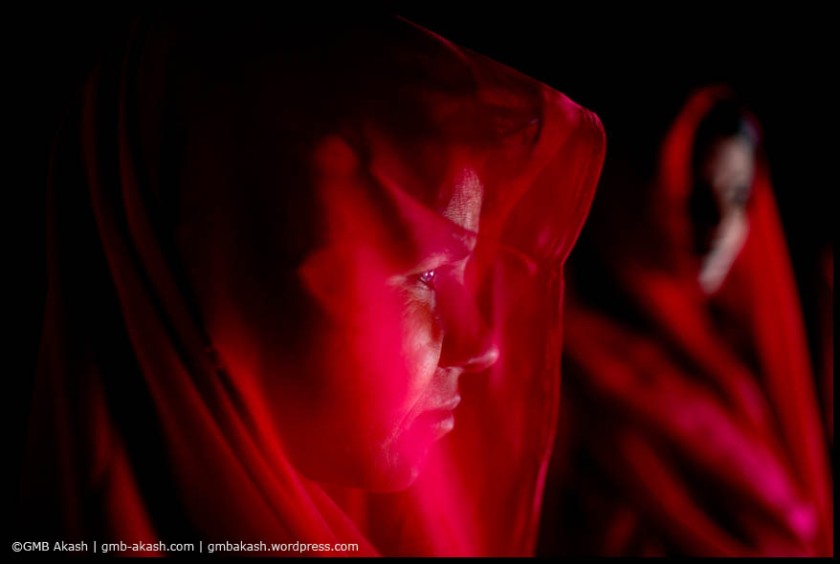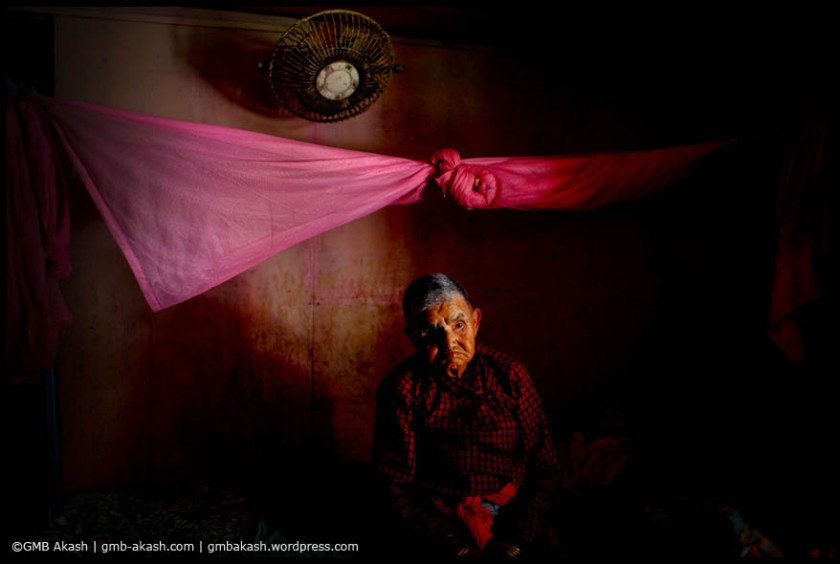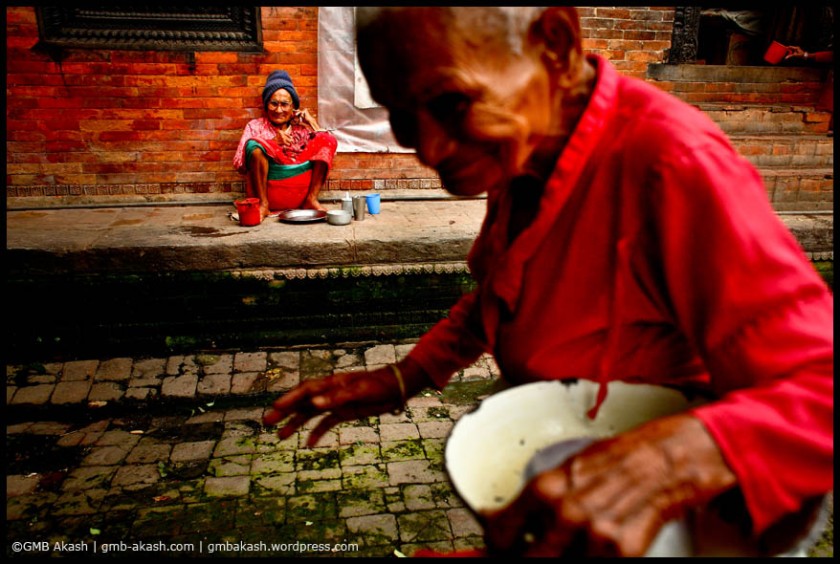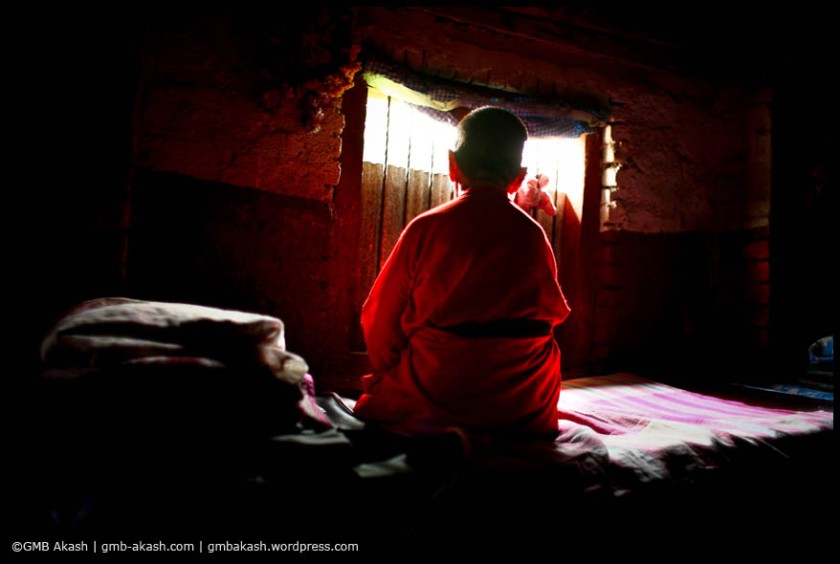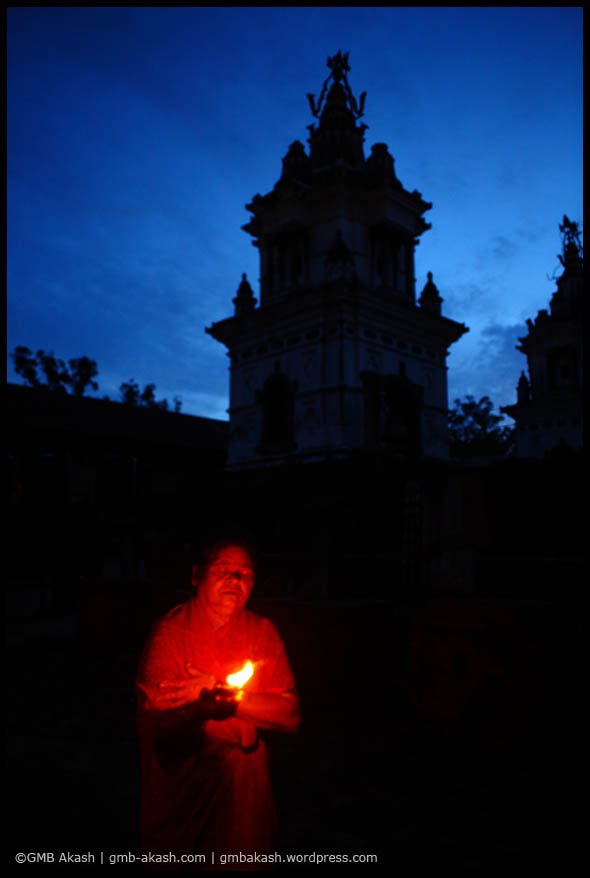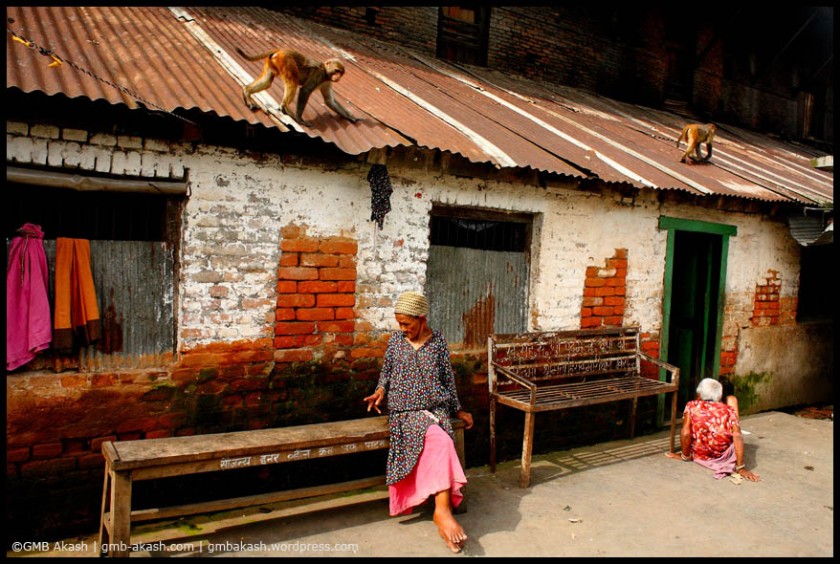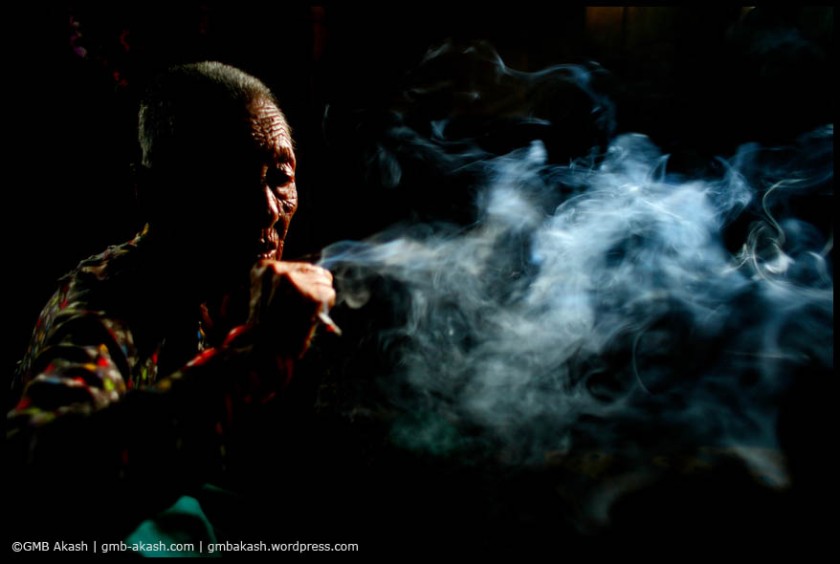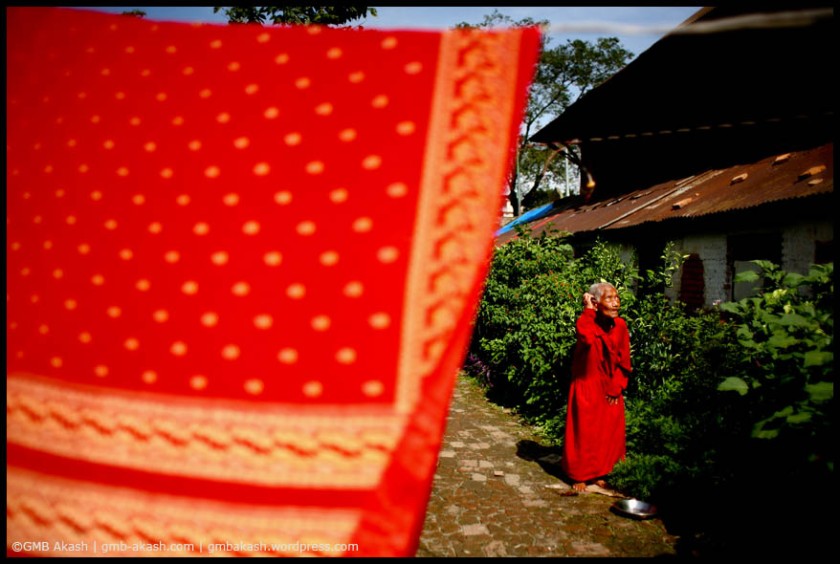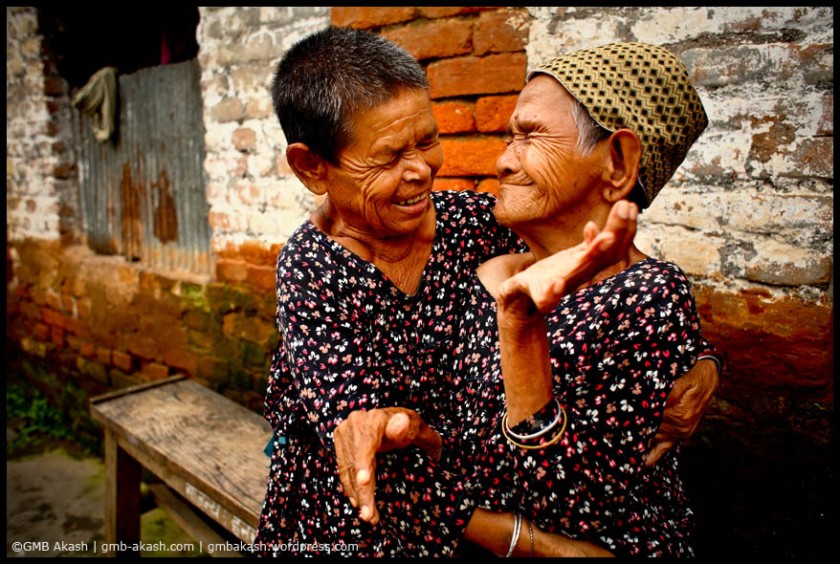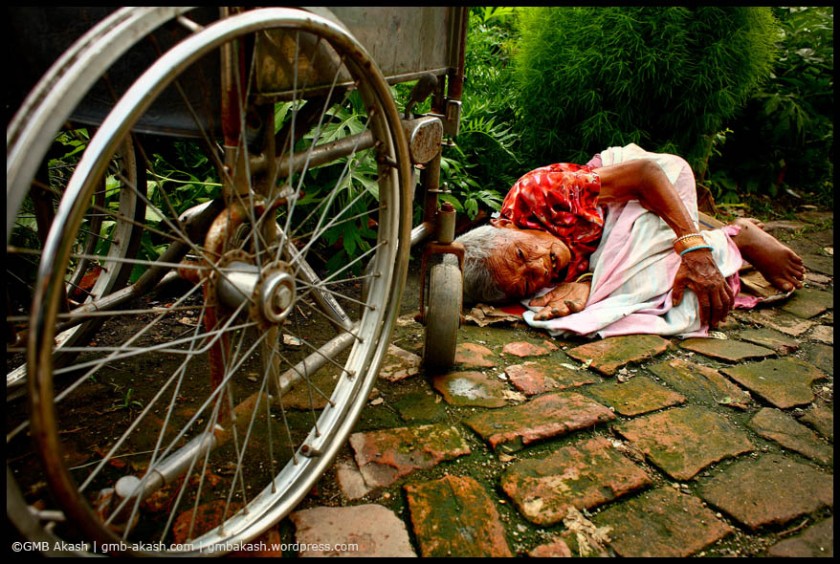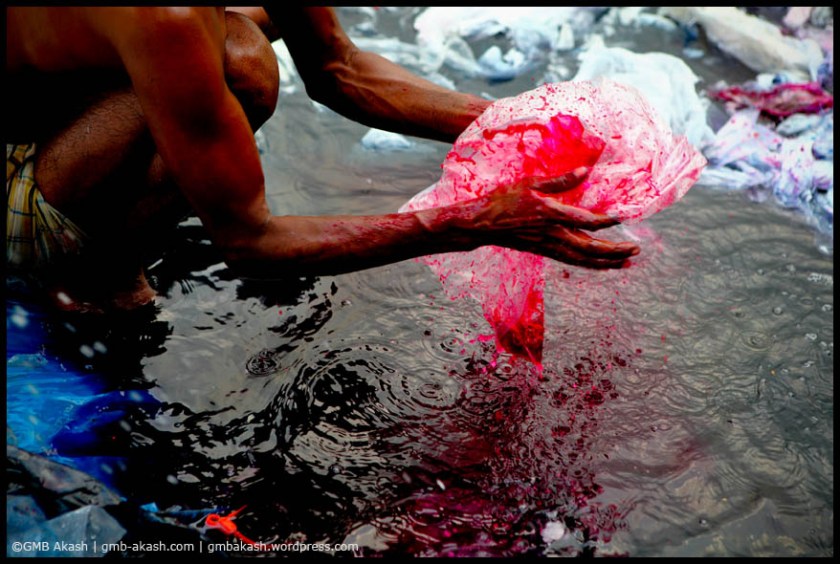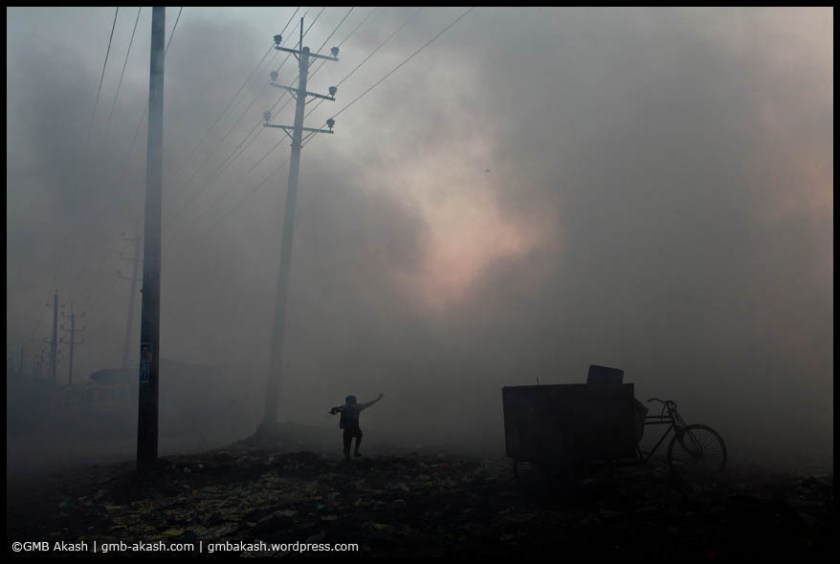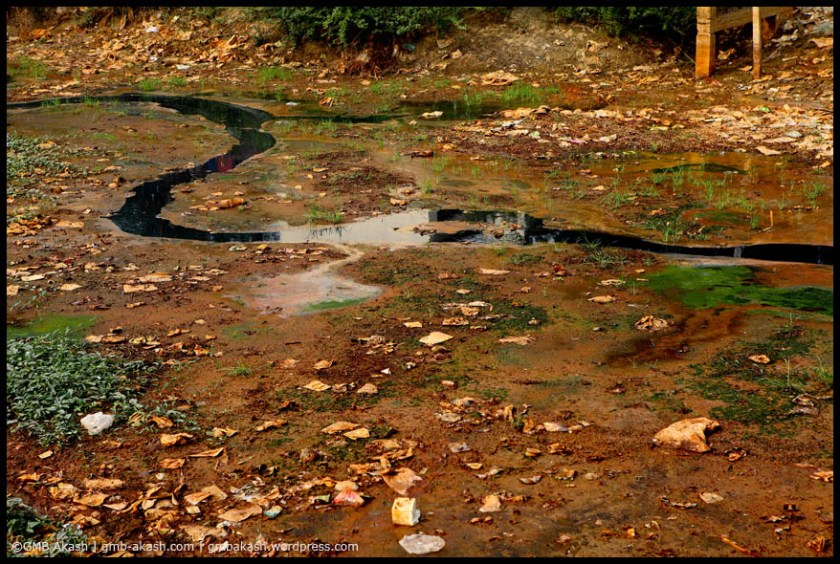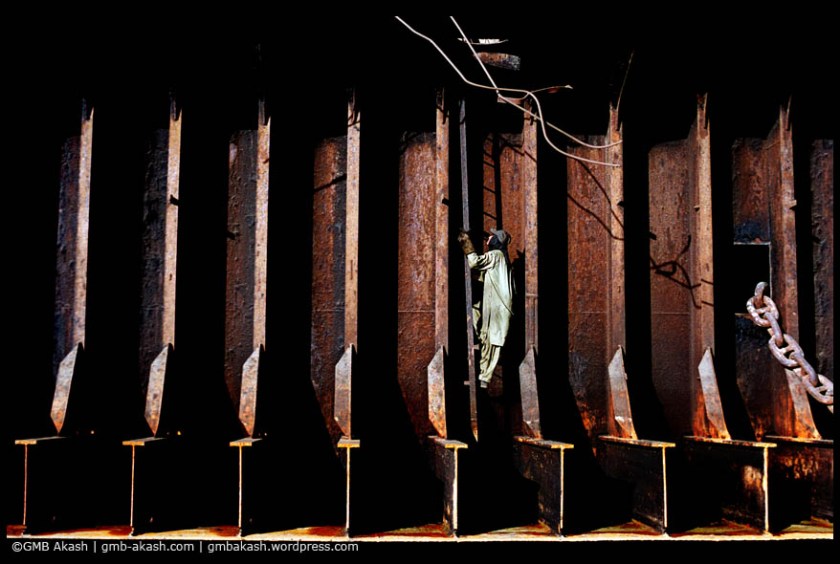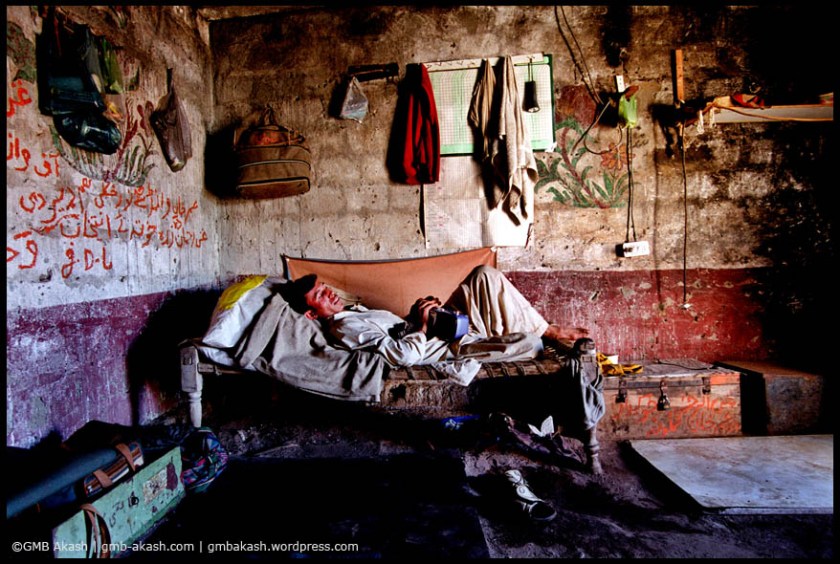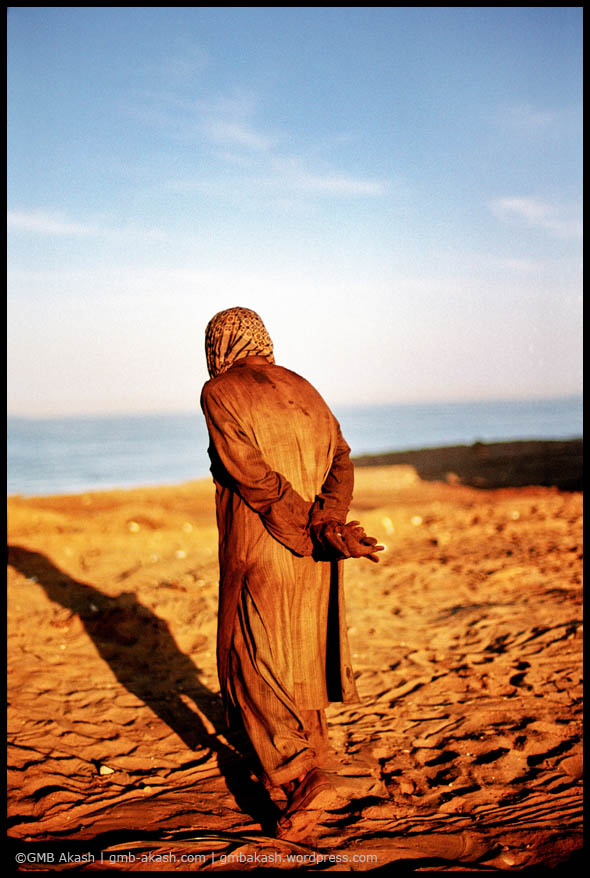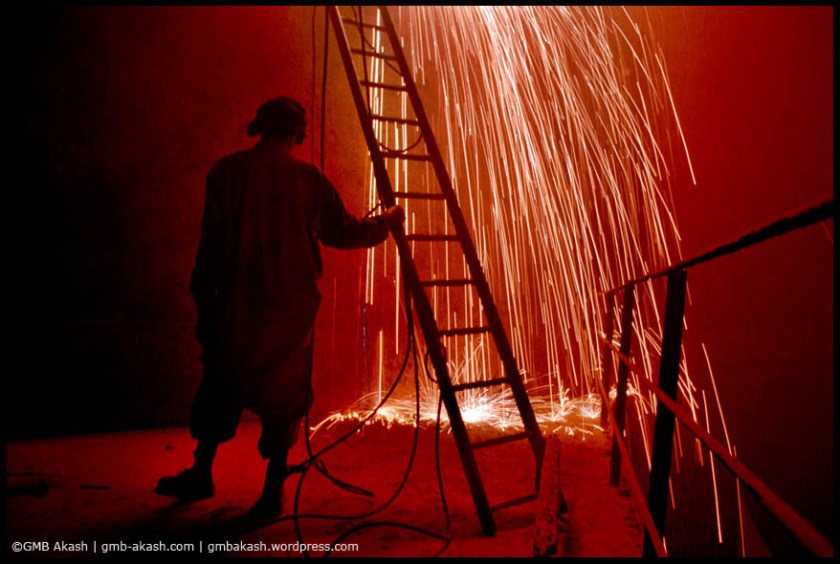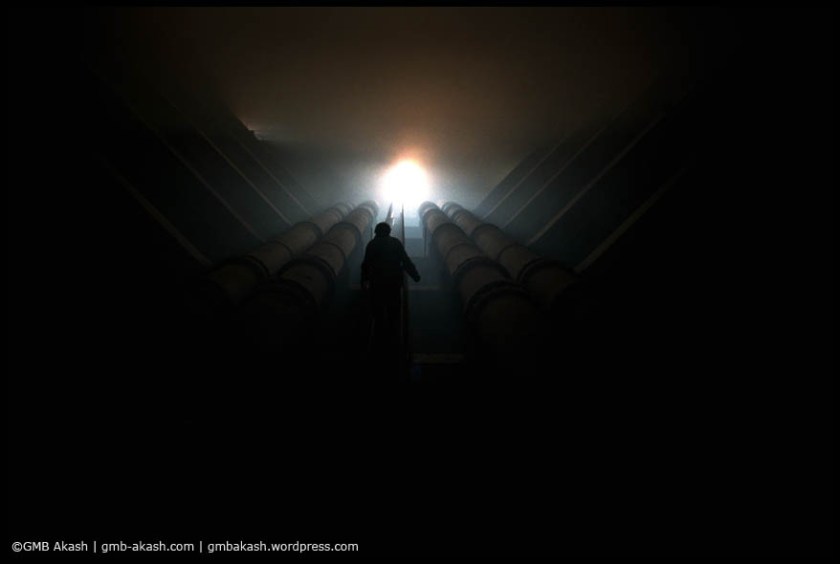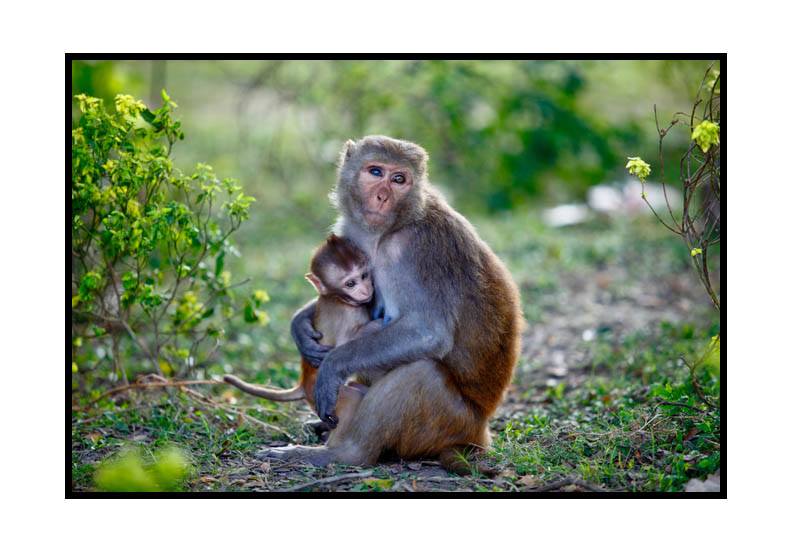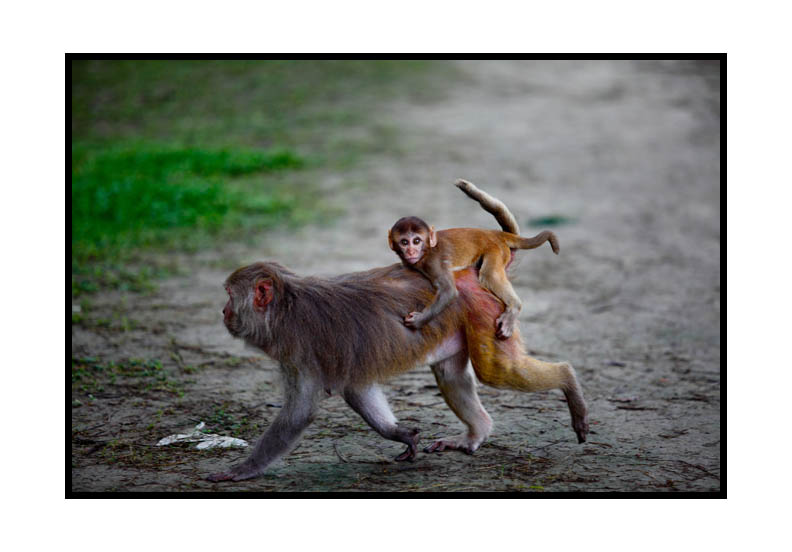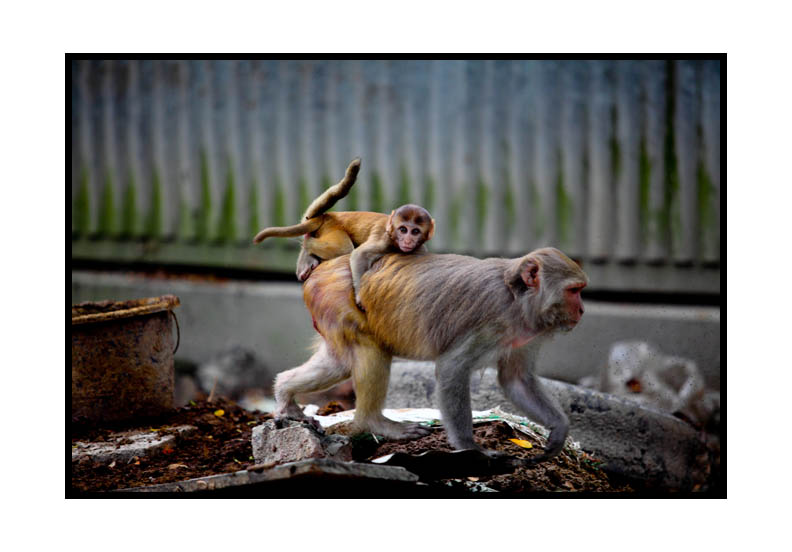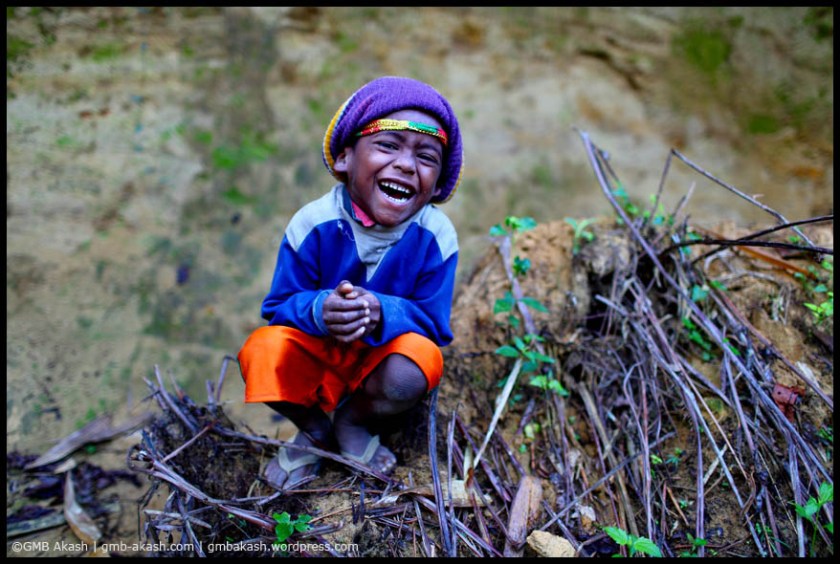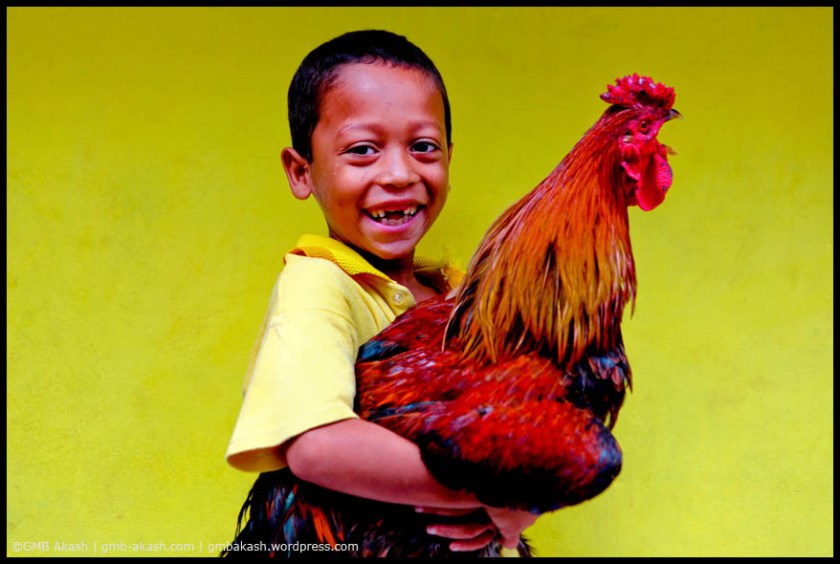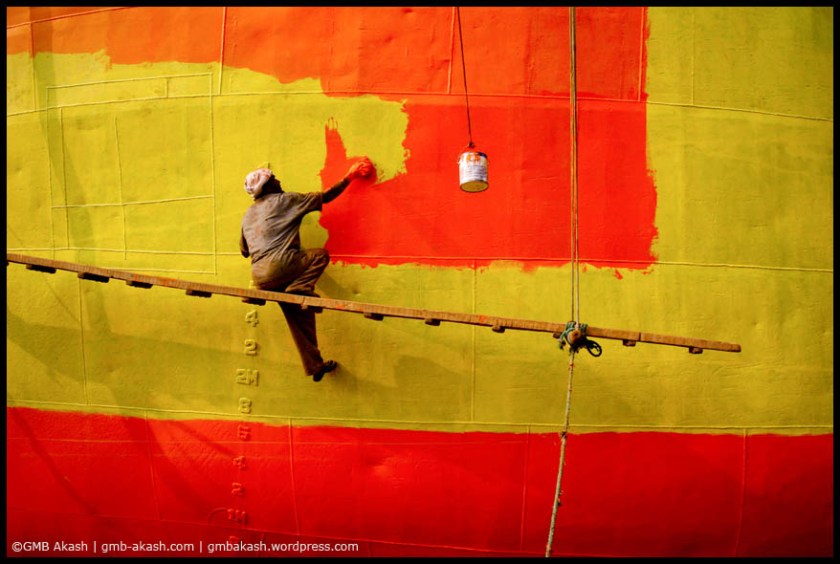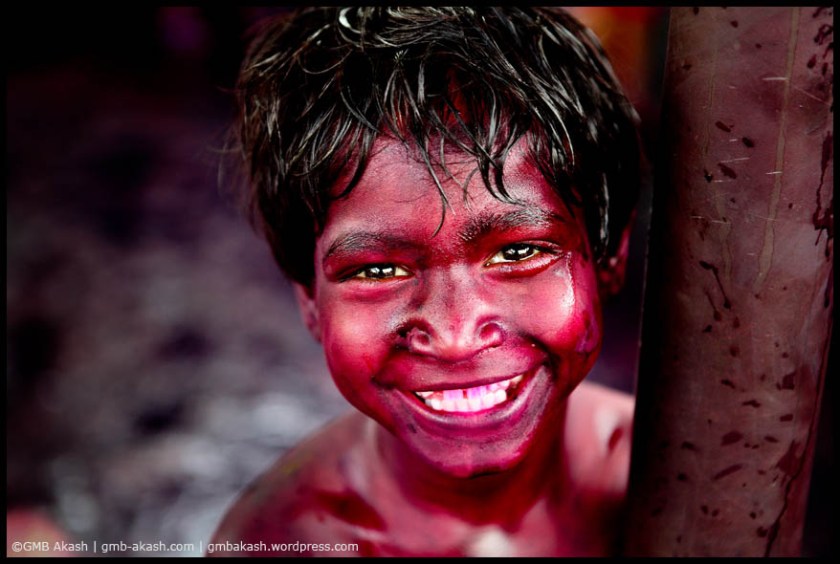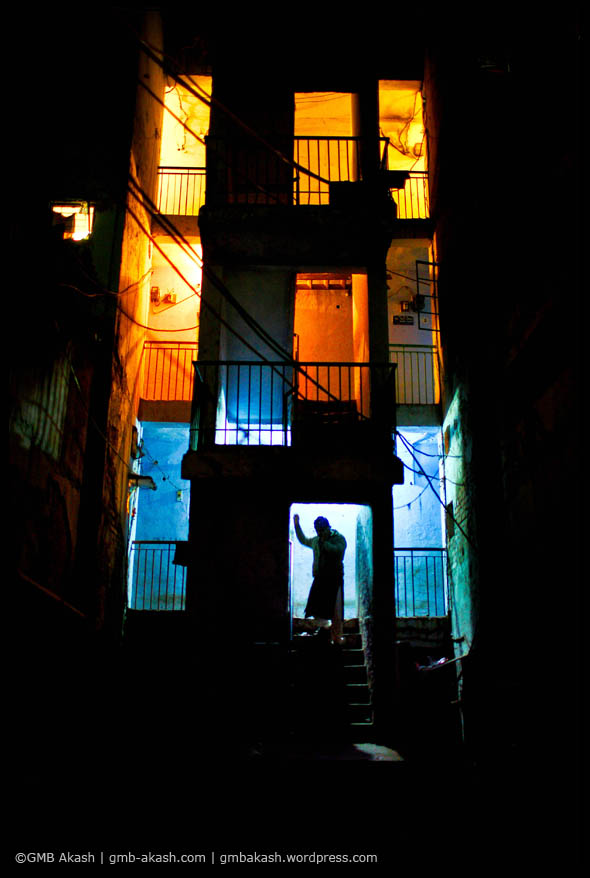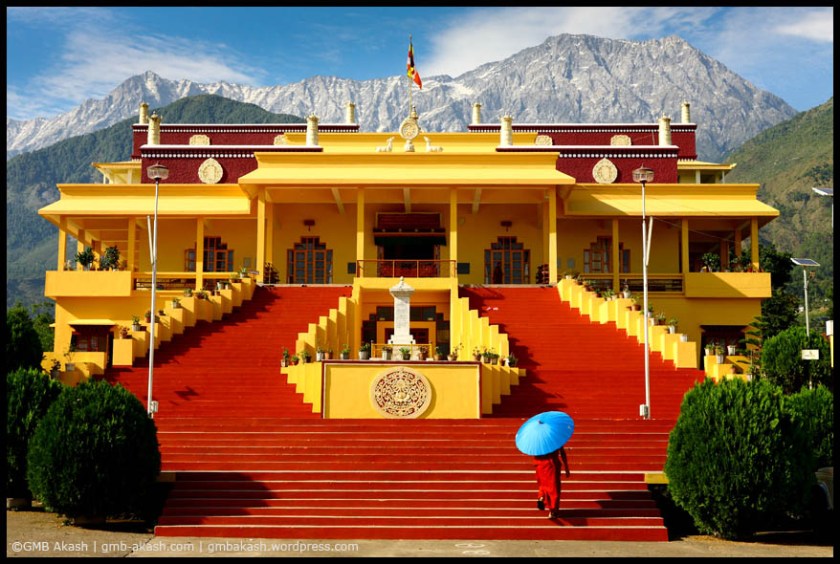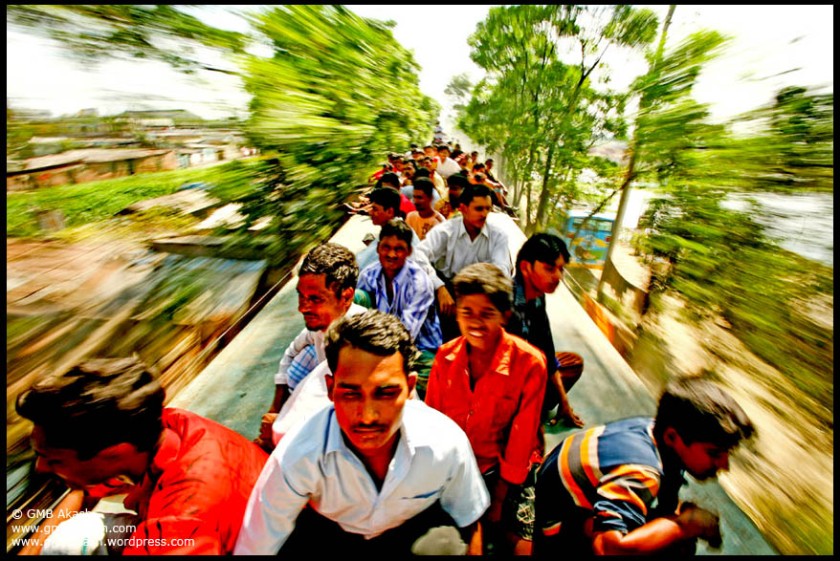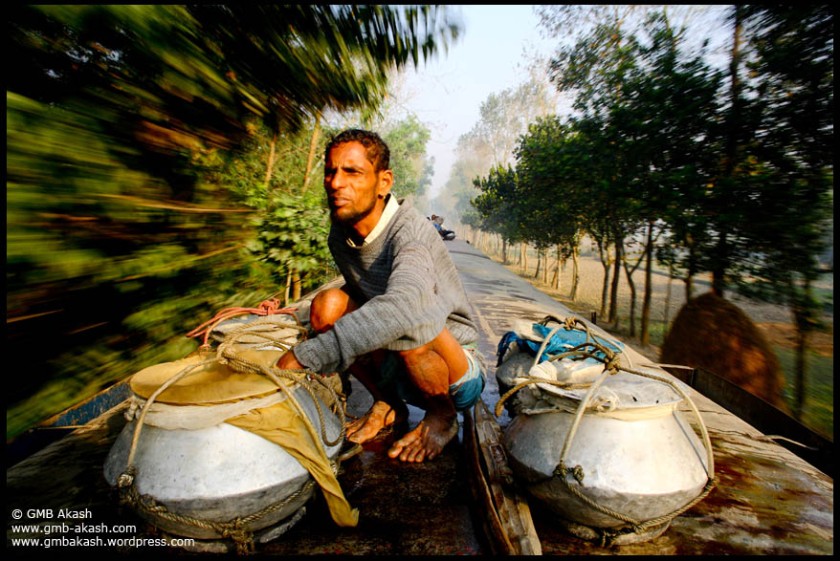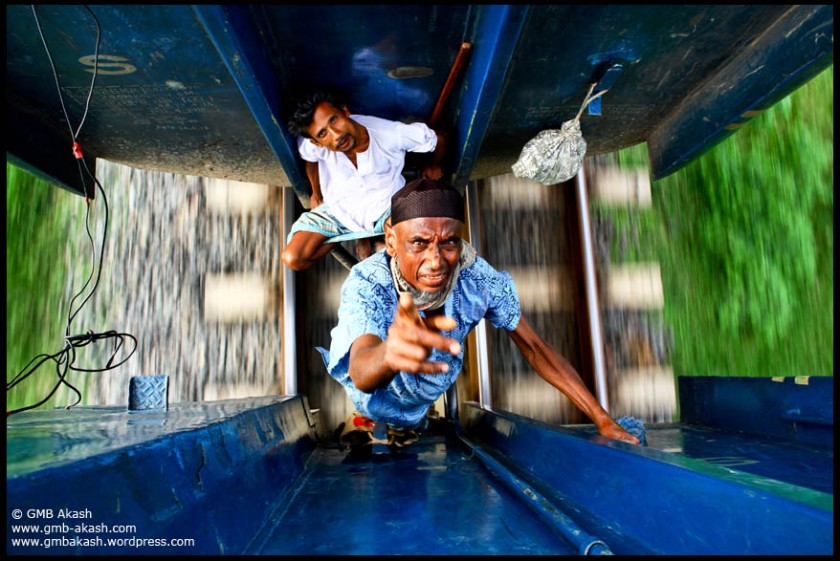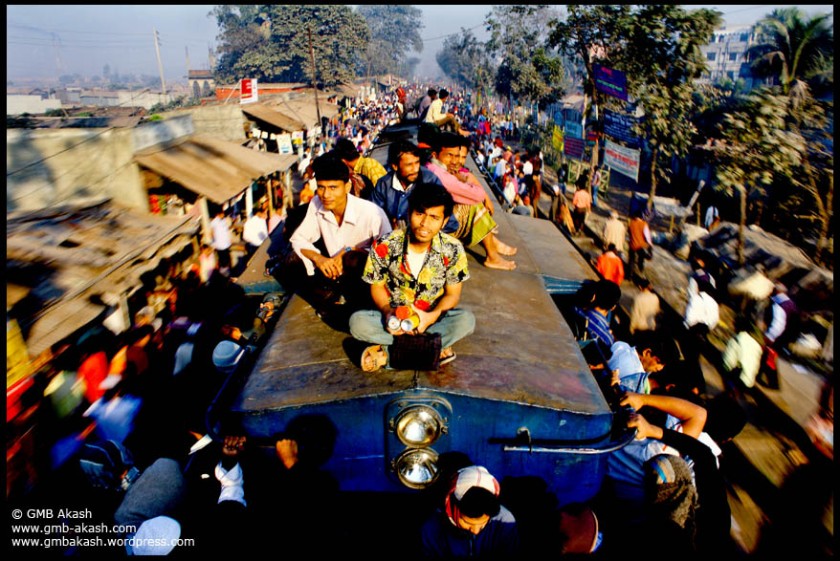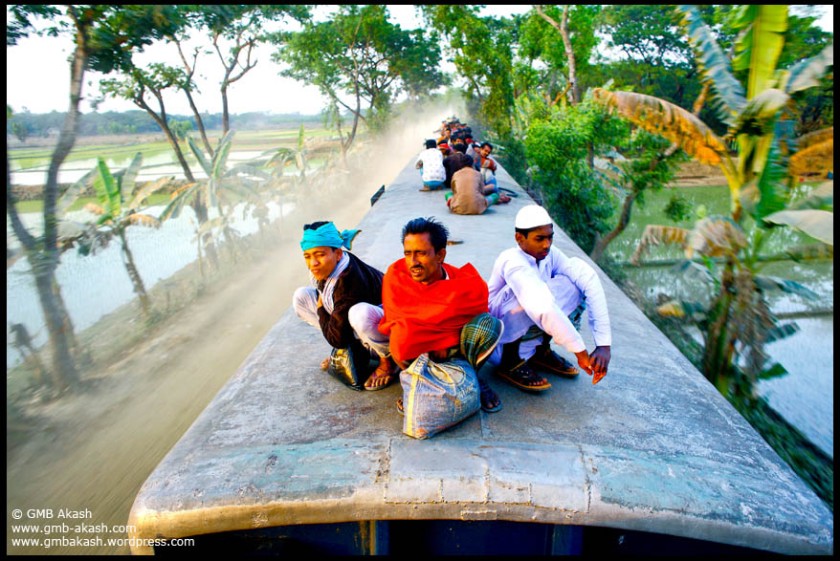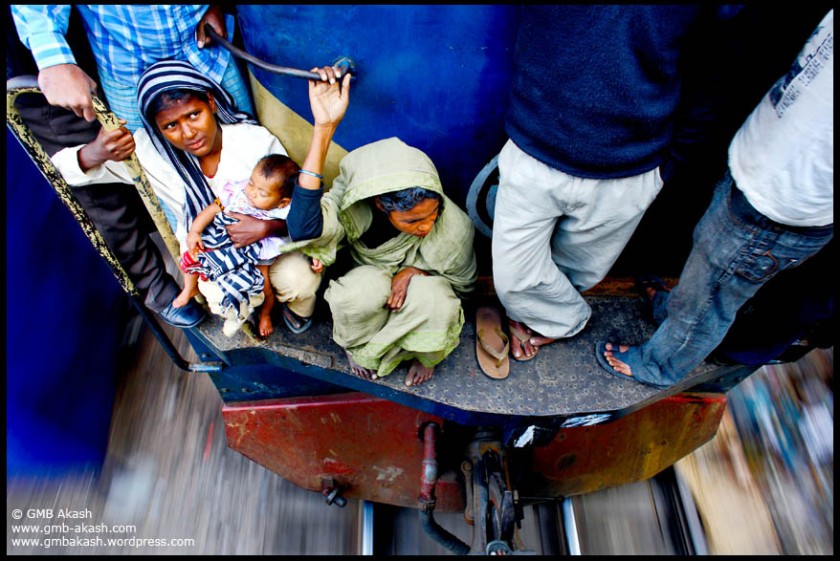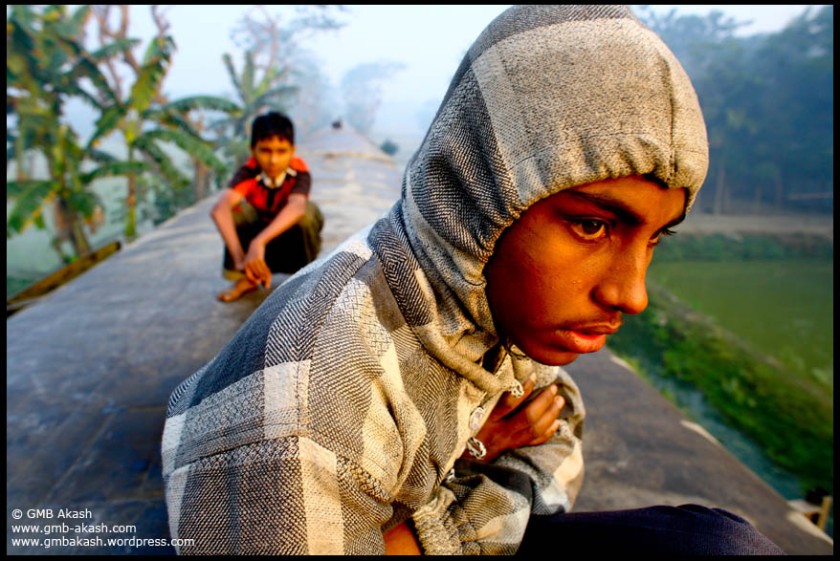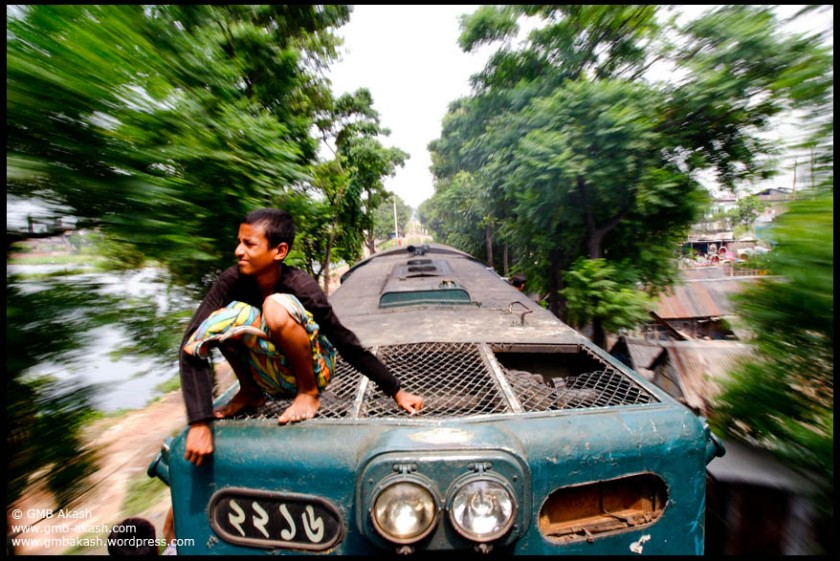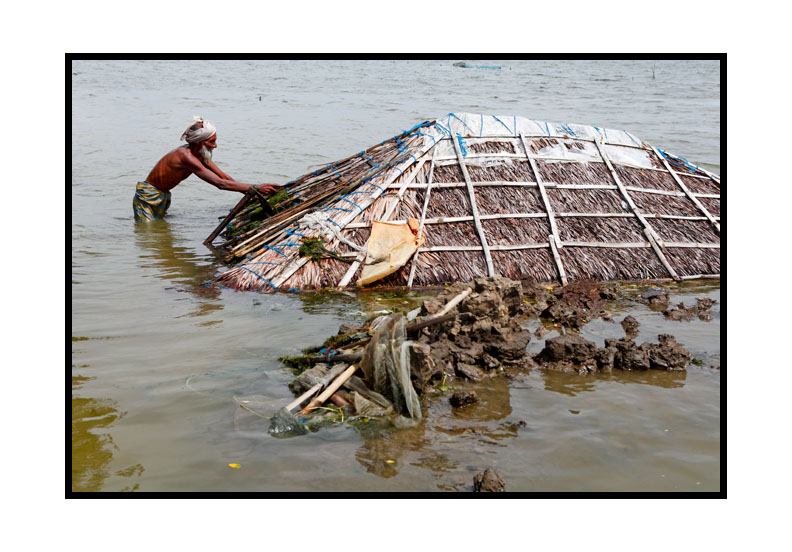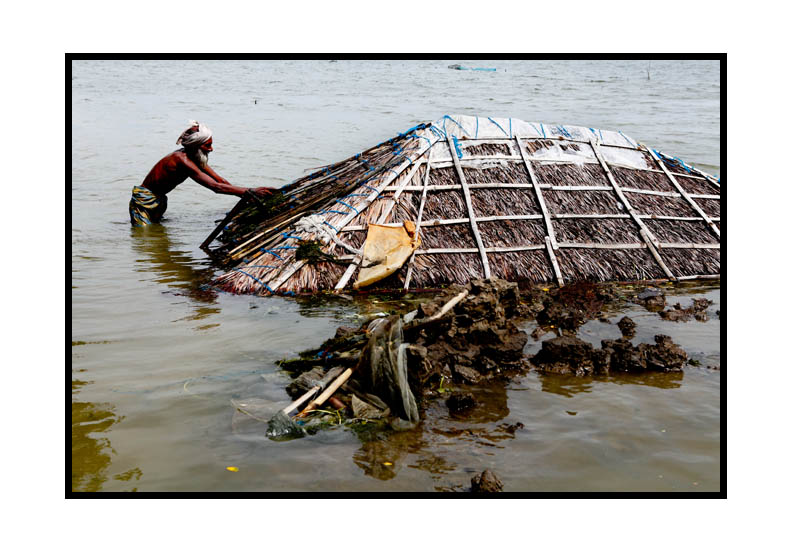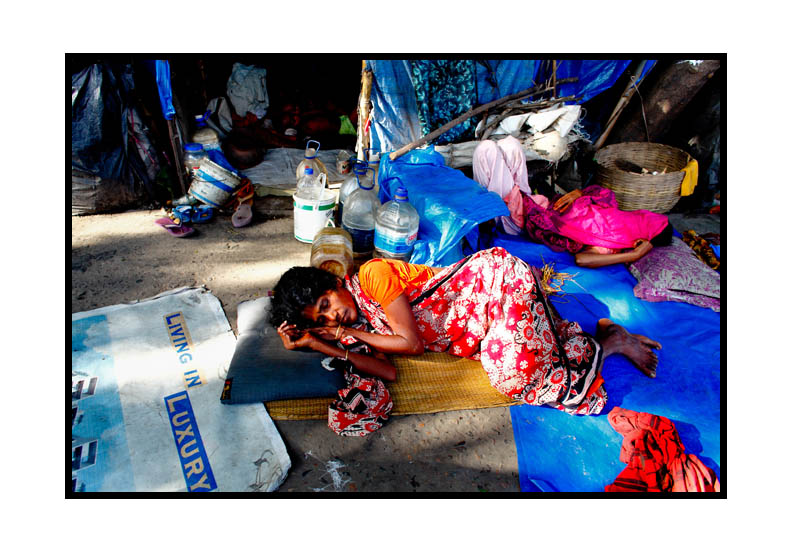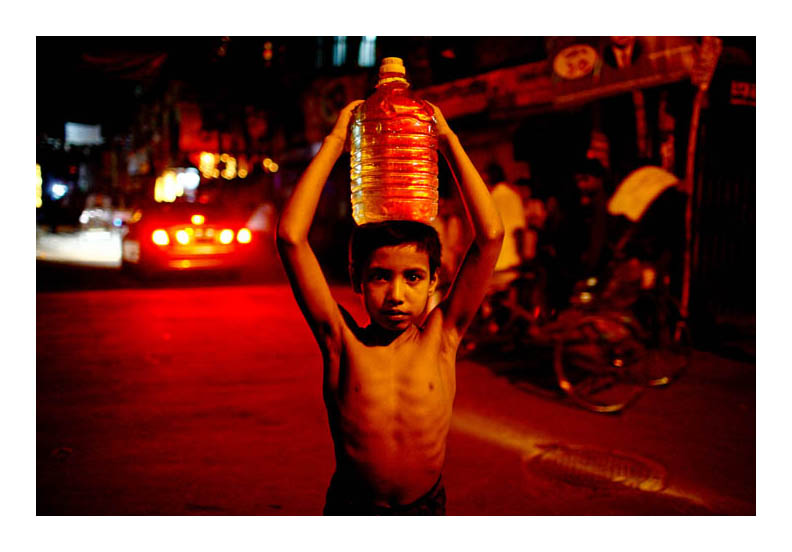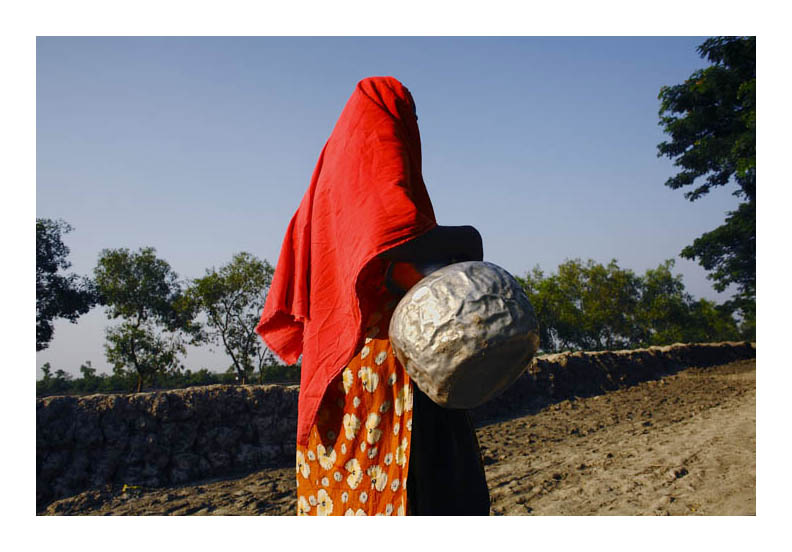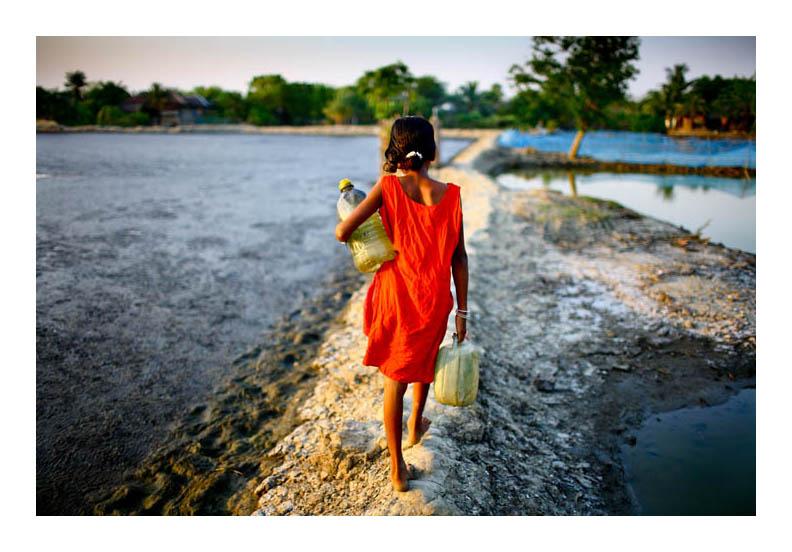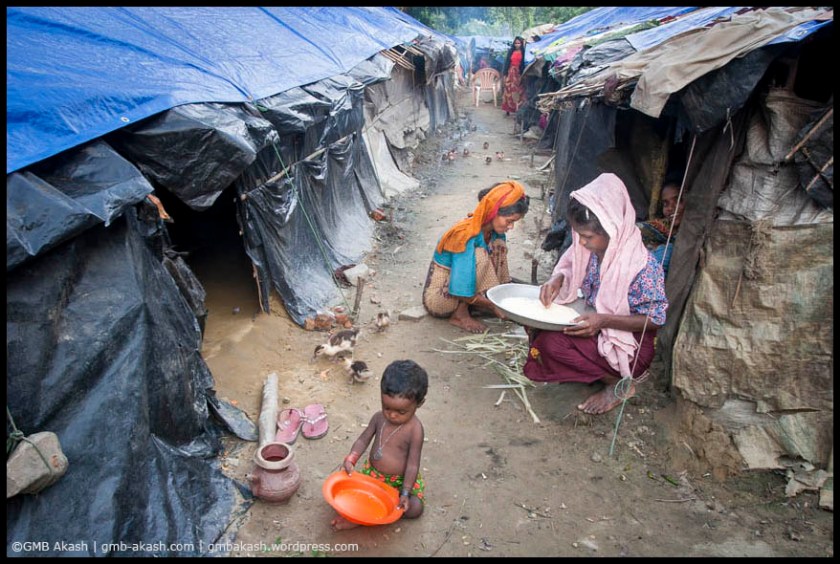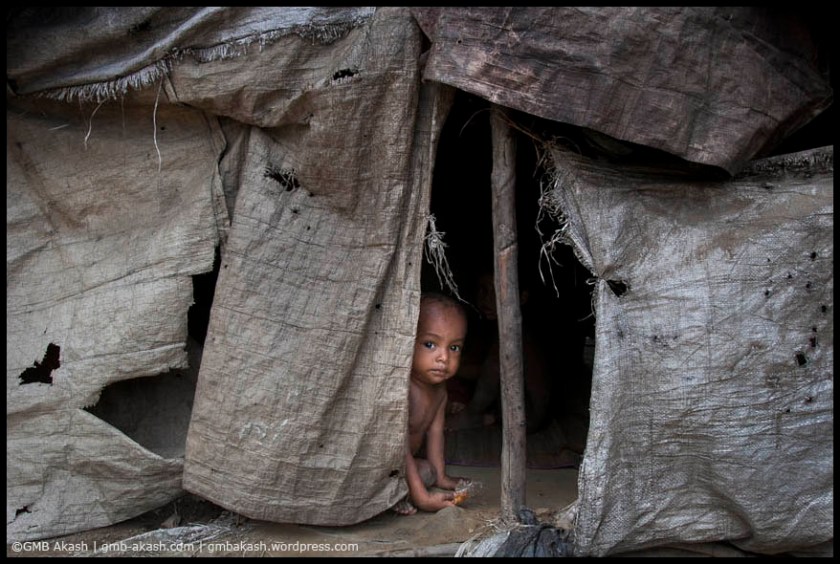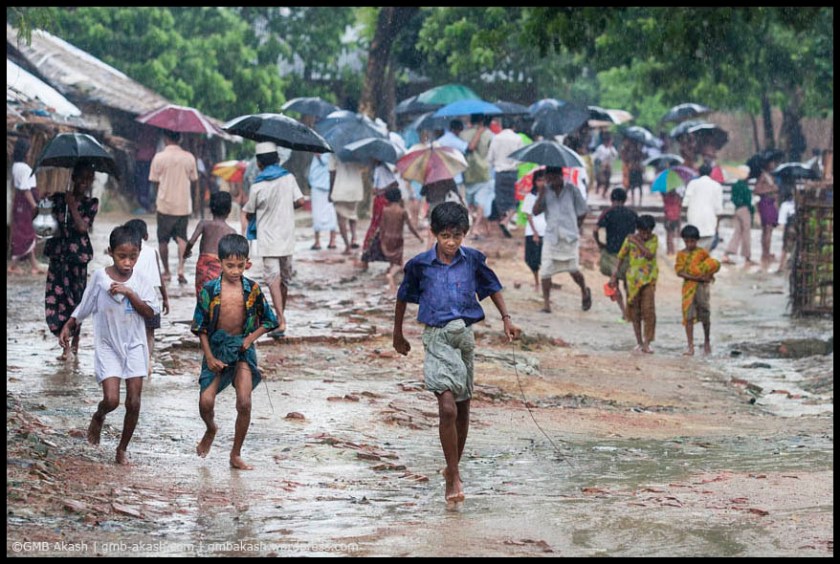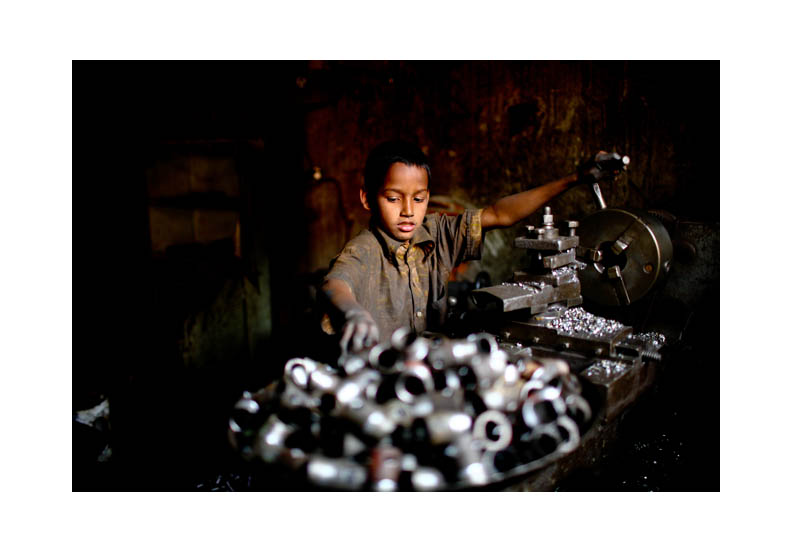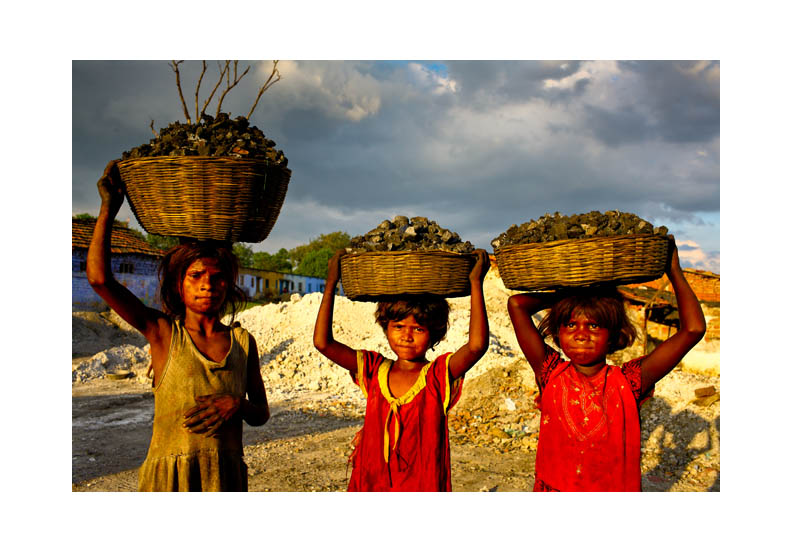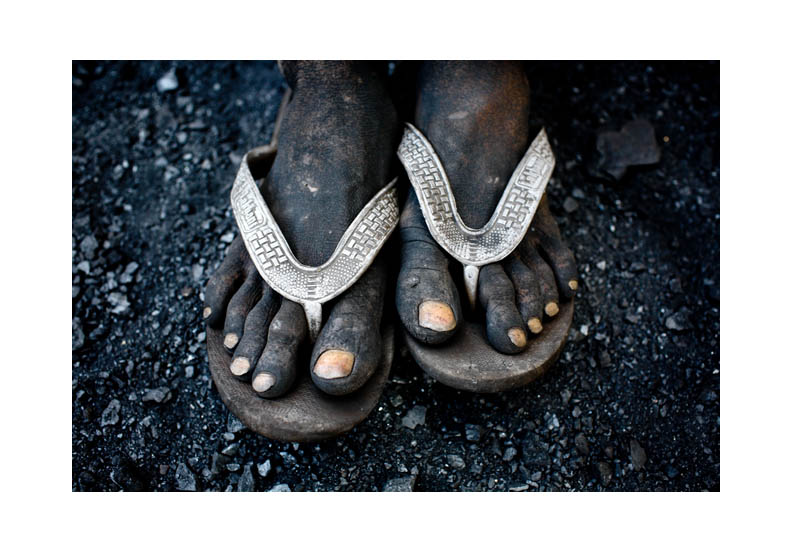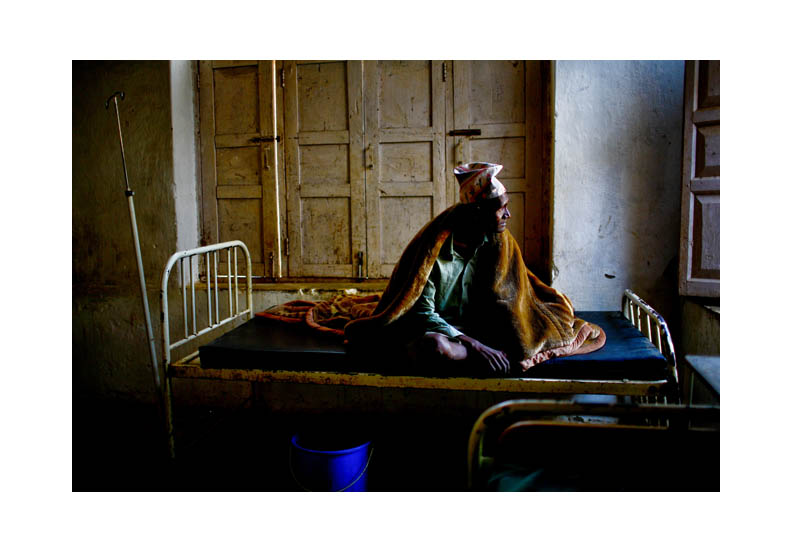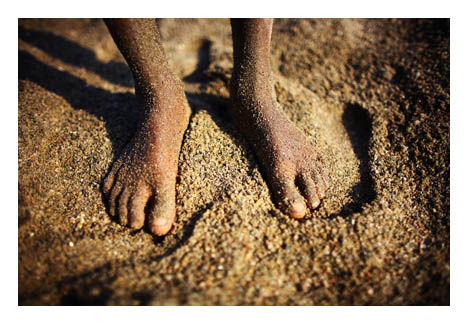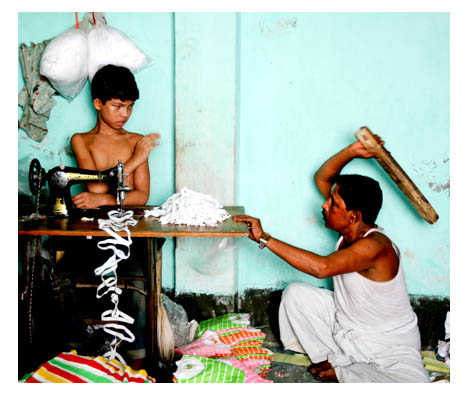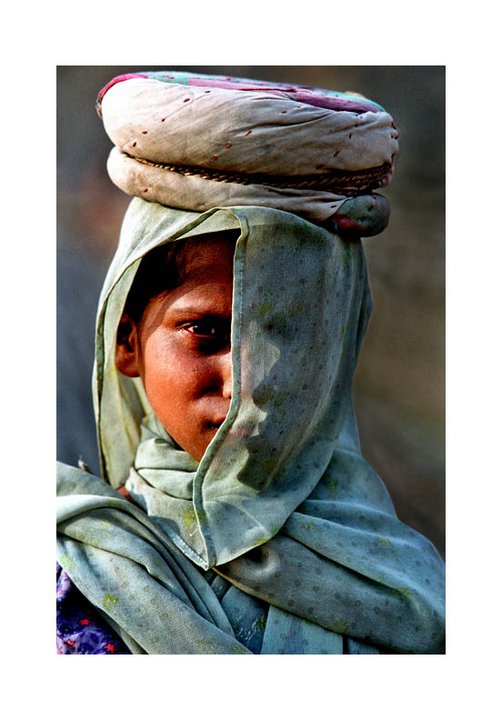‘Heroes of Life’ – are those incredible humans who always find their way to light and love. They had known defeats, sufferings, struggles yet they possess a beautiful story in their hearts, which is worthy to share with the world.
Kawser Hossain, Shamsuddin Miah and Rani’s stories touched everyone’s heart. They were featured first in GMB Akash facebook page and become an inspiration for thousands of people all over the world. This video is about how we have helped three of them so they can give a good fight with their lives and remains as unbroken as they were. Thanks everyone for giving them love, respect and support.
You tube Video: ‘Heroes of Life’ Video interview

https://www.facebook.com/gmbakash/
Yesterday, I was able to buy a new dress for my daughter after two years. While I handed sixty pieces of five taka note to the seller, he yelled at me by asking if I am a beggar. My daughter held my hand and cried to leave the shop by saying that she did not want to buy any dress. I wept off her tears with one hand. Yes, I am a beggar. Ten years ago I had never thought in my nightmares that I have to live by begging from people. The night coach fell from the bridge and unbelievably I was alive. I was alive by becoming a disable. My youngest son often ask me where had I left my other hand. And my daughter Sumaiya feed me every day by saying she knows how difficult it is to do all work with one hand.
After two years my daughter is wearing a new dress, that’s why today I brought her with me to play for some time. May be I will not be able to earn anything today, but I wanted to roam around with my little girl. I secretly borrowed this mobile phone from my neighbor without informing my wife. My daughter has no picture and I want to make this day memorable for her. When one day I will have a phone I will take a lot of pictures of my children. I want to keep good memories. It’s very difficult to send my children to school, but I am educating them all. Sometimes they cannot attend exam because giving exam fees is not always possible by me. On those days they feel very sad then I tell them, sometimes we can miss exams because the biggest exam is life which we are giving every day.
Now I will go for begging. I will place my daughter in a signal where she will wait for me. I will look at her from distant while begging. I feel shame while she looks at me when I lend my one hand to others. But she never leaves me alone. Because there are big cars, she thinks accident can happen again, these cars could run on me and I would die. Whenever I managed to get some money I return to home by holding my daughter’s hand. We do bazaar on our way and my daughter always carry that bag. During rain we love to get wet and talk about our dreams. In someday I do not get any money, on those days we return to home silently. On those days I feel like to die but at night when my children fall in sleep by holding me I feel being alive is not a bad thing. Only bad is when my daughter waits for me in the signal by keeping her head down. When I cannot look at her eye while begging. But today is different. Because today my daughter is very happy. Today this father is not a beggar. Today this father is a king and here is his princess.
– MD. Kawsar Hossain

This father and daughter received love from all around the world. It takes almost one month for me to find out him. After several meetings with the family, Kawser wanted to have a source of income. He wanted to do vegetable business in rickshaw van. He also wanted to educate his daughter and he never want to beg in his life.

I promised Kawser to gift a van rickshaw and settle his vegetable business. He has received vegetable business and a rickshaw van. His children received scholarship for one year. I long a few generous friends contributed for this cause. ‘This Heroes of life’ – are extraordinary human beings. Sumaiya and his father Kawser is already making differences in their life.








‘We can help someone with the minimum we have. Someone’s nothing can be someone’s everything’
Remember the elderly couple?’ For everyone they are ‘The Baghban couple’!

https://www.facebook.com/gmbakash/
Last year we fled together. We never thought we could do that. I knew that our children may stop communicating with us. But I and my wife are living forty seven years together. Every day after sunrise she wakes up me first and together we do our prayers. Forty seven years we never had spent a day without each other. Seeing my wife’s face was the first thing happen to me every day. We struggled together with our six children. In the past, often times I was able to manage one time food for my family, I and my wife starved whole day after feeding our children. She never complained, never told me that I was failed as a husband. After so much suffering we never left each other’s side, never fought one single day, and never lost faith on each other. When my elder son took me and the youngest daughter took their mother, we did not realize that they decided to take us separately. Our children earn little and they have their expenses. After fulfilling their children’s need our need was burden to them. We knew everything but it was impossible for us to accept that we cannot be together anymore. I shamelessly asked my elder son and he was very surprised. He informed me that none of them are capable of taking care both of us.
I tried to adjust. But every morning when I wake up I wanted to see her smile. I spent my whole day by waiting for my son’s arrival so I could talk to her with the phone he had. But he arrived late night when on the other side my daughter usually went to sleep. The day when I was able to hear her voice none of us could speak a word. I heard how hard she tried to keep clam her tearful voice and I murmured stupid things. I never thought life can become so meaningless without each other. Every day I felt to run to my daughter’s house which was far away from mine. Then one day by gaining some courage I told her that I wanted to run together. By surprising me, she asked me to go right away. I took my walking stick and never looked back. We run away together with empty hand.
Now I sell children’s toy. I hardly can manage 100 taka every day and after I return to home I found food on our bed. Our children arrived once to see us last year; they told us how we failed them, how humiliated they felt for our behavior. We did not say anything. We do not want to hurt them. They decided to never come again. Sometimes we feel bad for our children, we miss them. But we know we are running out of time. I am fifteen years older than my wife. Any day I may die in the road while selling children’s toy. So I keep saving some money in a mud bank, I do not want my wife to beg to people to finish my last work. But every day my wife cries a lot during her prayer, whenever I ask her why she is crying so much, she would always say, ‘I want to die with you’.
– Samsuddin Miah (77) with her wife Rekha Begum (62)

For Shamsuddin Chacha, it’s very hard to walk miles after miles by carrying toys in his back. After all his hard work the little money he earns goes for his cancer patient wife’s medicine. After daily struggle of managing food and medicine, every day they find their way in their wrecked one bed room house. I along my facebook page GMB Akash friends comes forward to help him. ‘After receiving the rickshaw van and shoe business we are very happy. We pray to God so we can move forward with this work. I cannot thank enough everyone who has helped us. We are feeling like today is an Eid day’ – Shamsuddin Miah
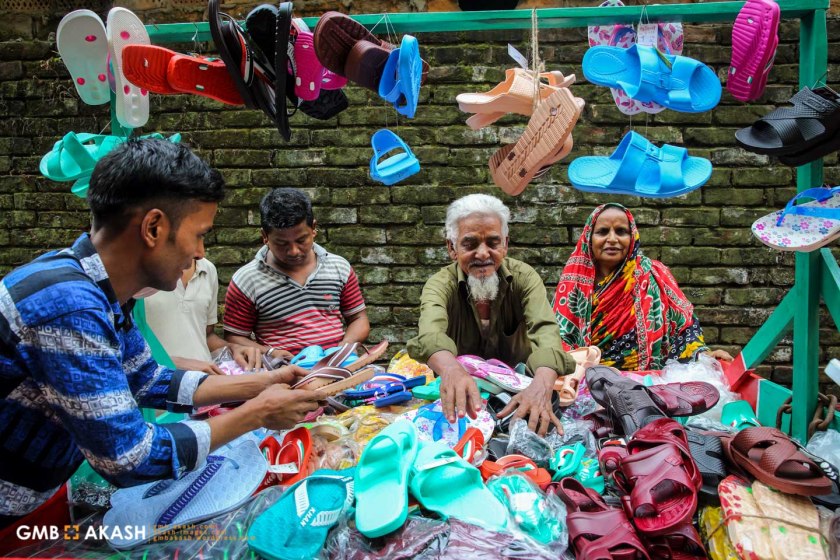
Be a lamp, or a lifeboat, or a ladder. Help someone’s soul heal …

https://www.facebook.com/gmbakash/
He was about to throw my one month old boy. I was holding his leg and he was kicking me constantly. There were scars in every parts of my body. With blade, knife and needle. Sometimes by holding my legs he pulled me out in such a speed that it was very difficult to keep my clothes on my body. My daughter had run behind me by taking one of her scarf to cover the naked parts of my body. She used to scream, ‘Please, help my mother.’ But no one came to help us. He had beaten me on the road. Someday my girl counted the scars of my body and often told me that she lost those unlimited counts. My husband was a heroin addict. After selling everything I had, we were the only things for him to sell. I used to keep poison with me all the time. My daughter knew that it was poison. Whenever we were hurt, by holding and crying to me she asked, ‘When will we have the poison, maa?’ I asked her, ‘Why?’ By weeping her eyes off she replied, ‘It’s very painful to live.’ Then that night arrived when I decided to end all our pains. We were counting hours for our death. My one month old son was smiling in his dream. I could not put poison on his mouth. I held both of them with my chest and ran away, ran away before anyone could sell us or kill us. At that midnight no one asked us what had happened, where were we going? Whenever I was slowing my daughter was crying and telling me, ‘Run Maa, run.’ When the sun was rising, we heard the sound of azaan and crows were flying all over above our heads. I asked myself, ‘Where should I go?’ I wanted to give a chance to me and my children, by breathing in free air, by having some courage to dream. Without knowing where to go, whom to knock. I do not know what we will eat tomorrow. My daughter is struggling every single day to feed us. I am incapable of walking straight. Every night I heard my daughter crying secretly, whenever I touch her head to calm her down she often whisper, ‘Everything will be okay, very soon.’ I nod and say ‘Yes’ to her. Knowing very well nothing will change, light will never enter in our lives, we will never be able to smile. Not everyone knows how it feels to be happy in life.
– Rani (33)
Rani wanted to change her life. To help her we settled her with a rickshaw van and spice business.


Everyone can help someone. Everyday can be a different day. Thanks for becoming a part of this change making journey by giving your warm words, by offering your gift and making everyone believe that humanity exist
– GMB Akash












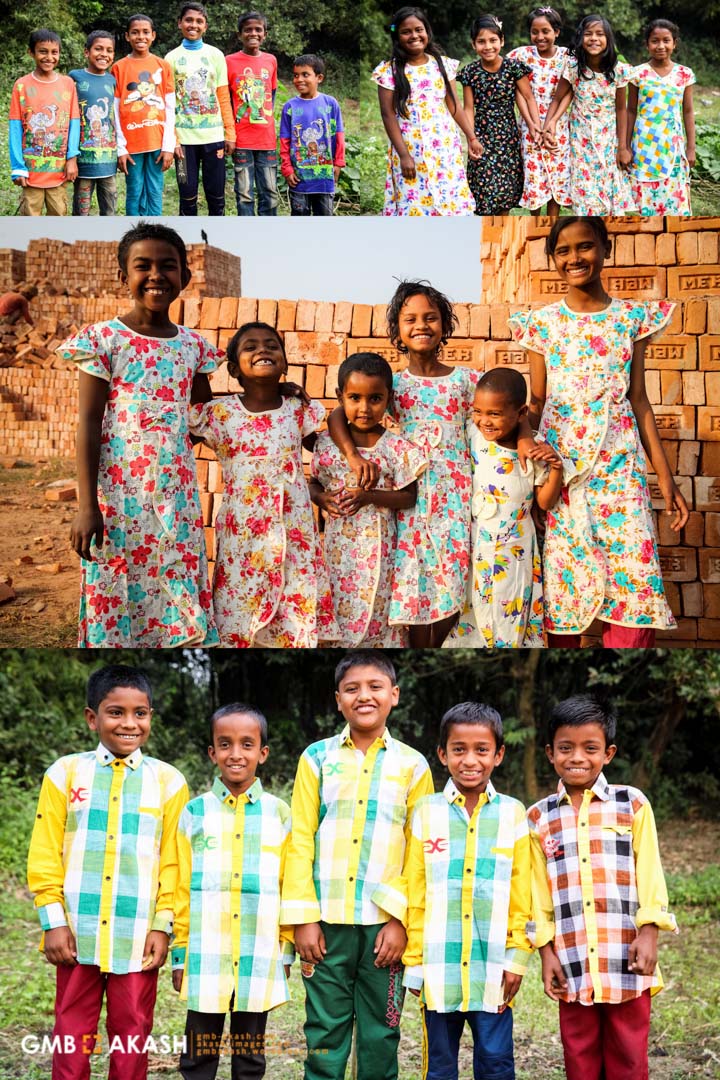
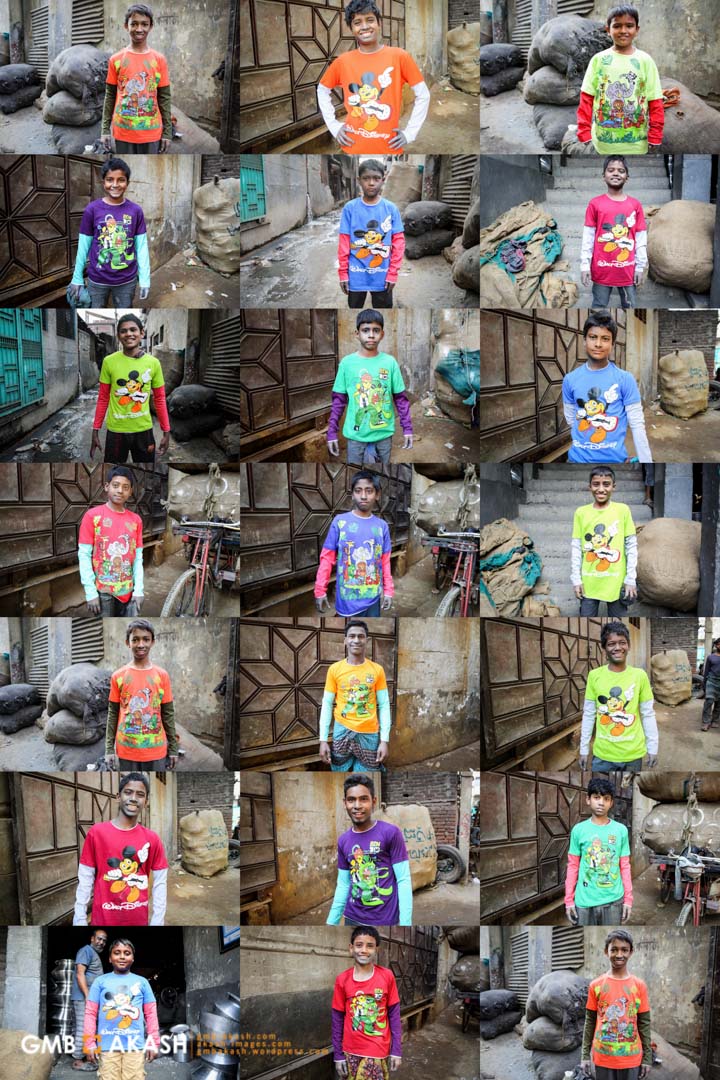
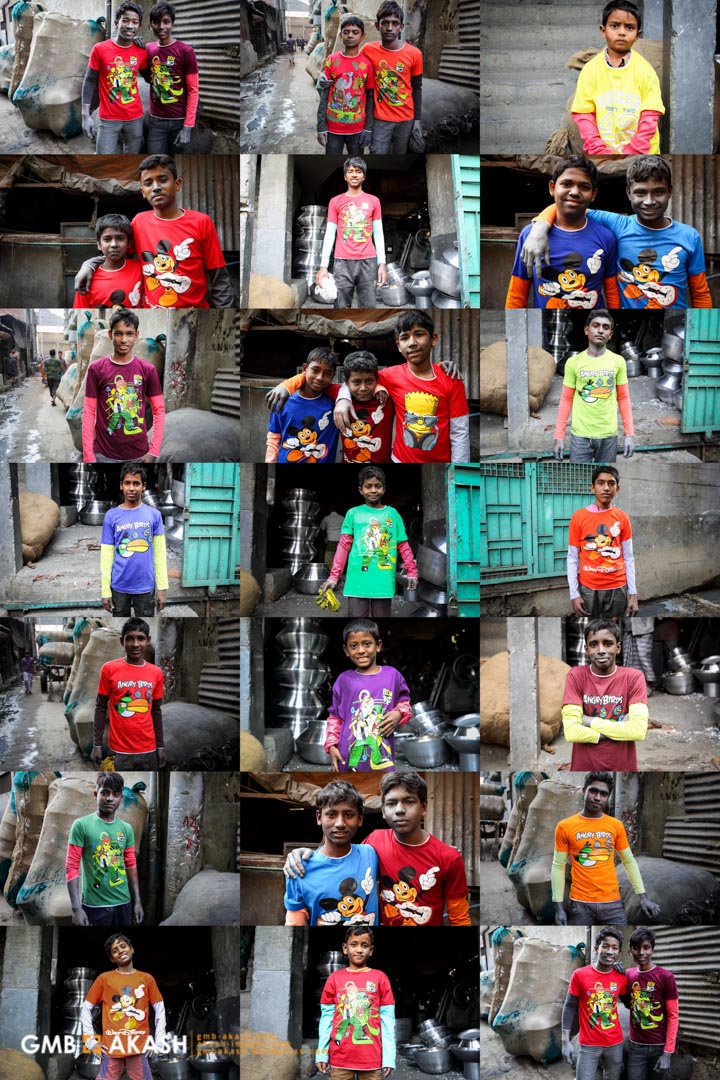


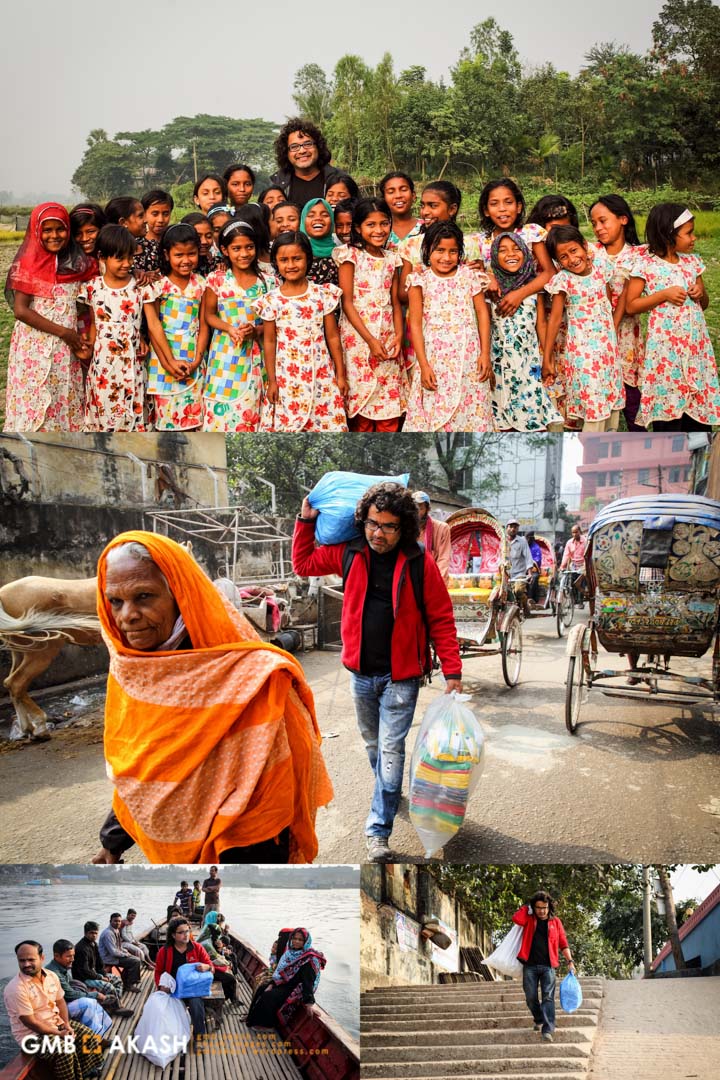




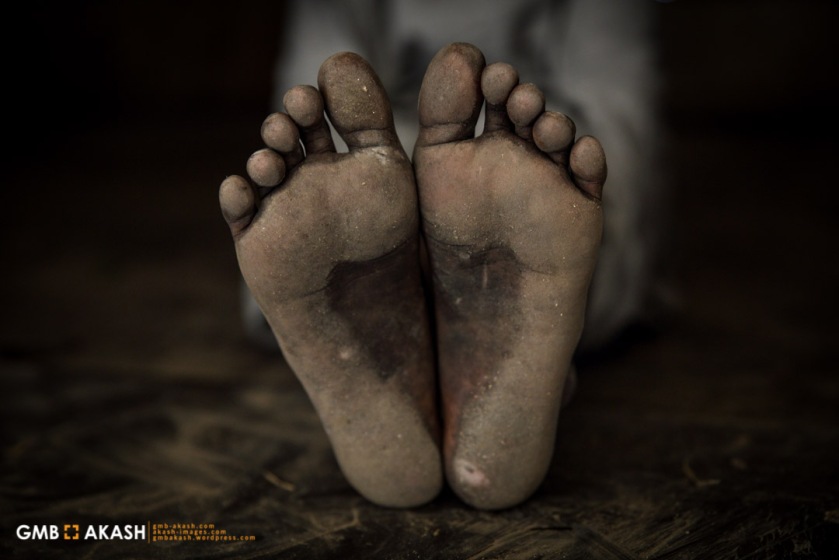
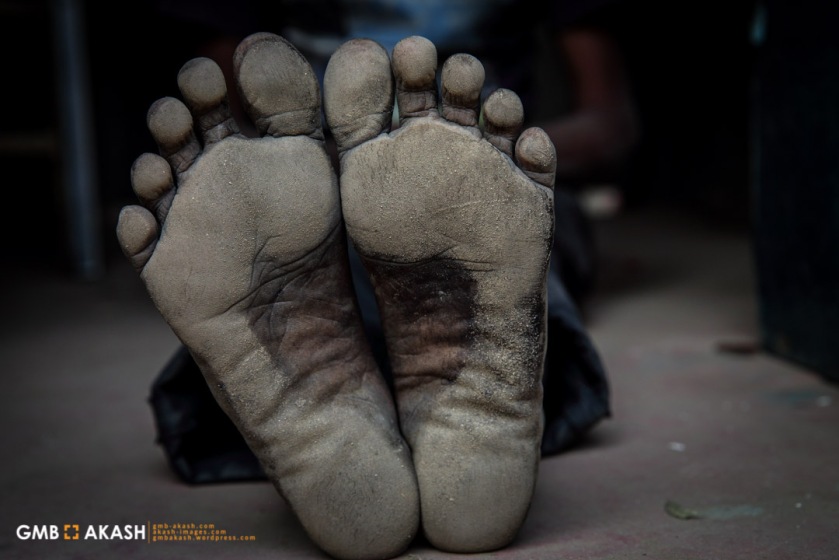 Ali Noor (10)
Ali Noor (10)
